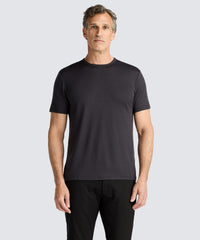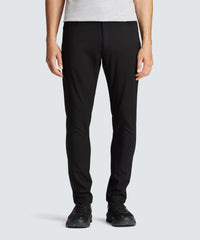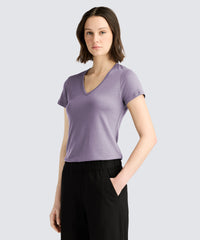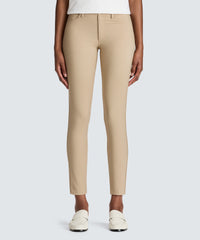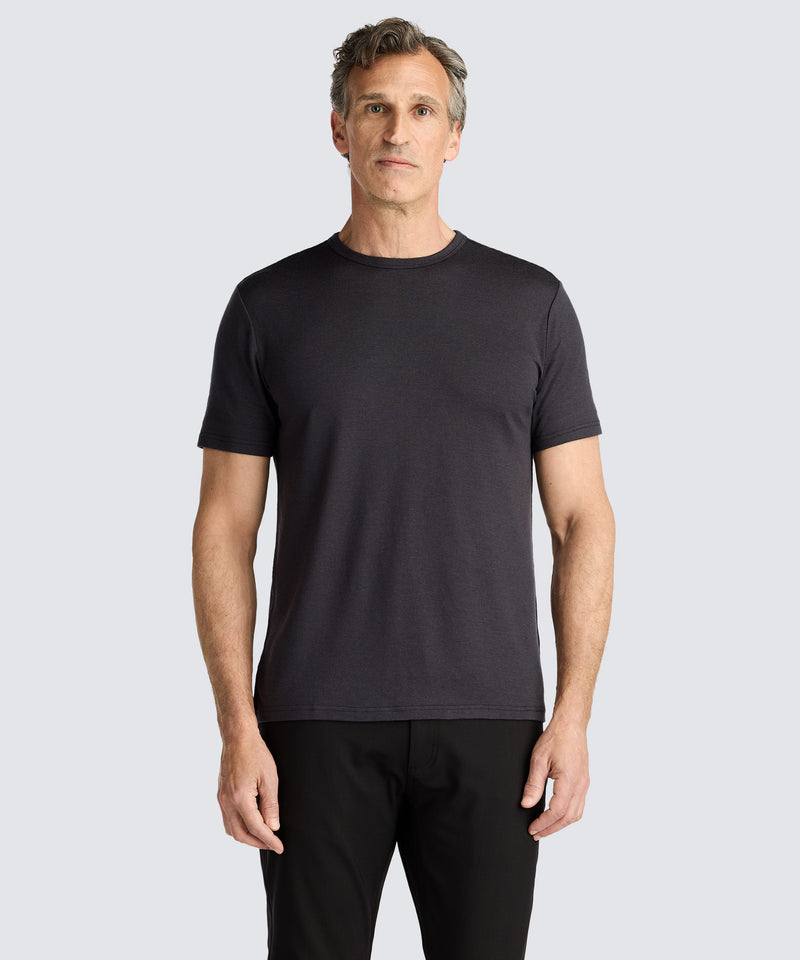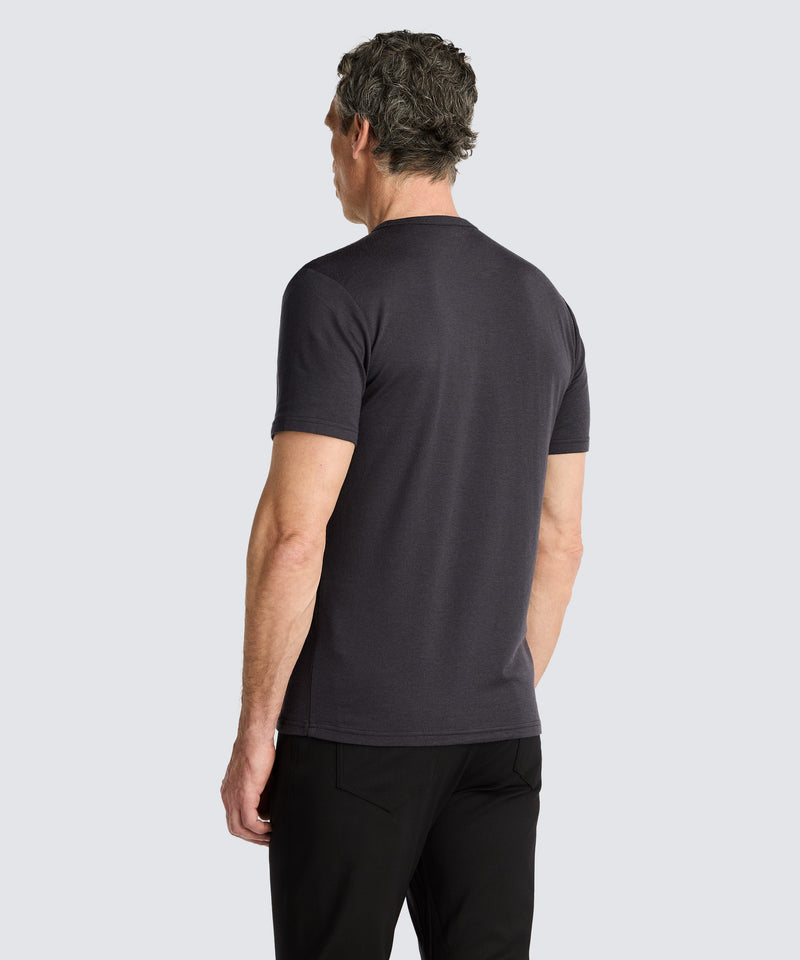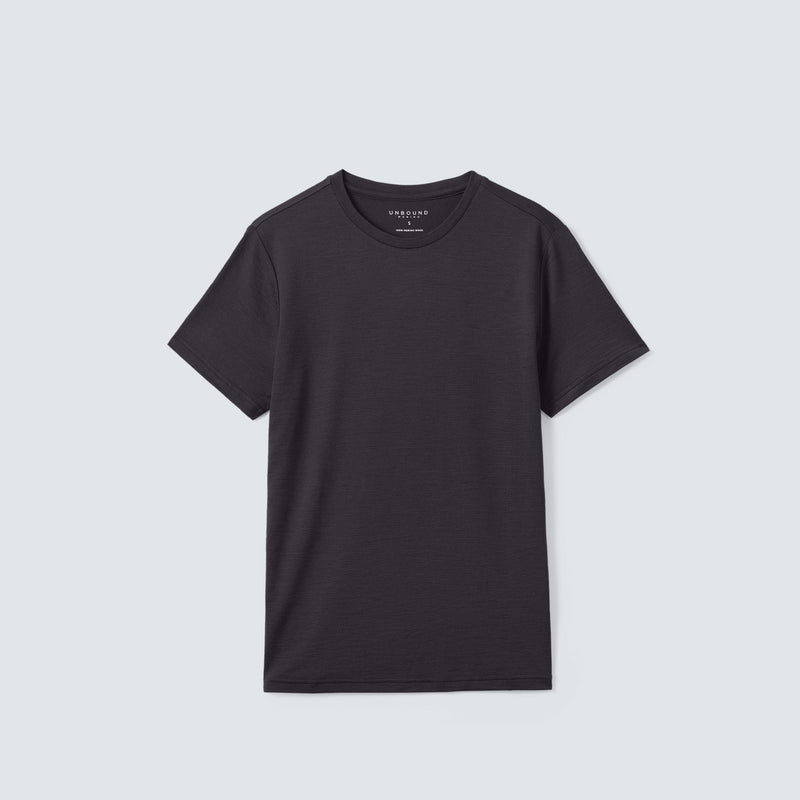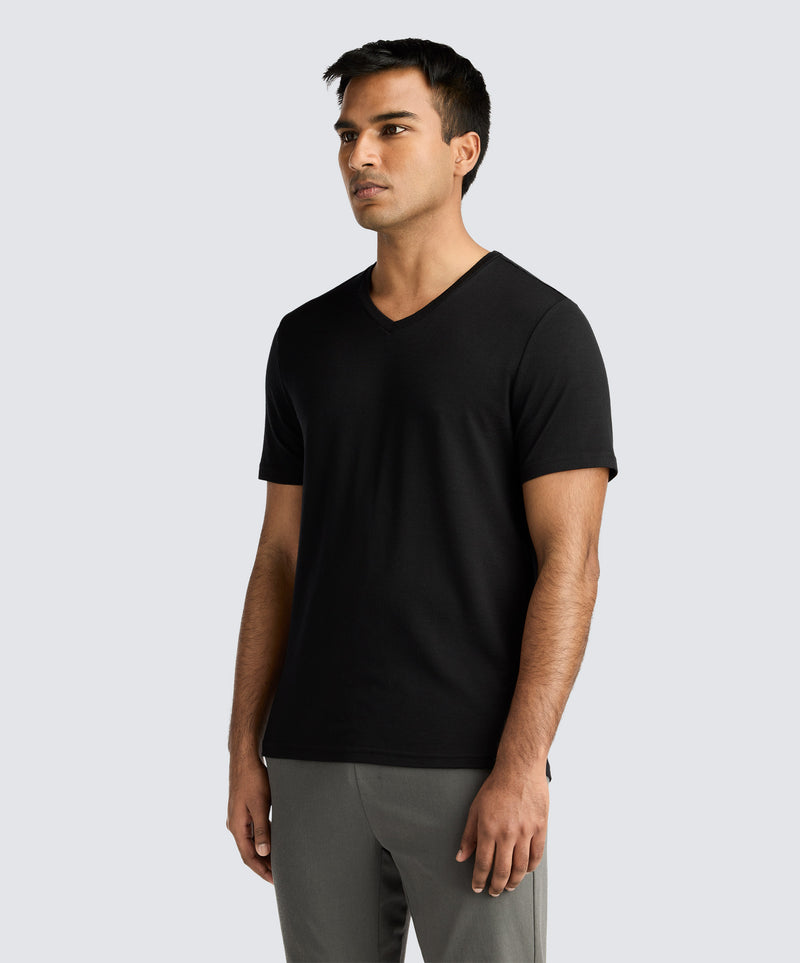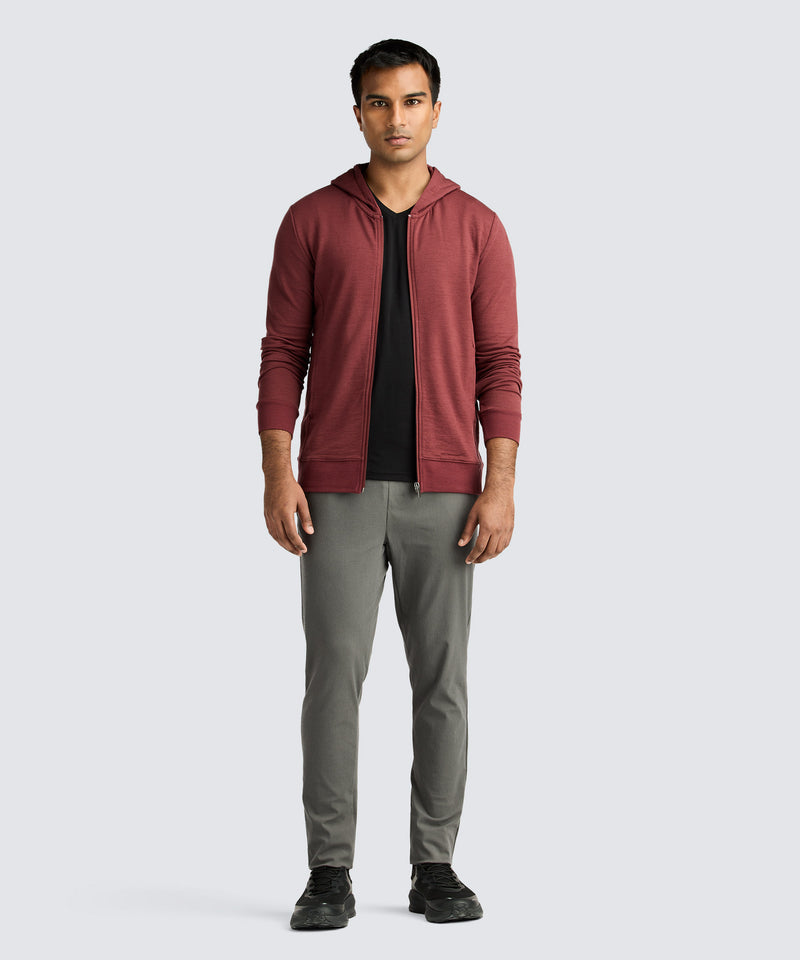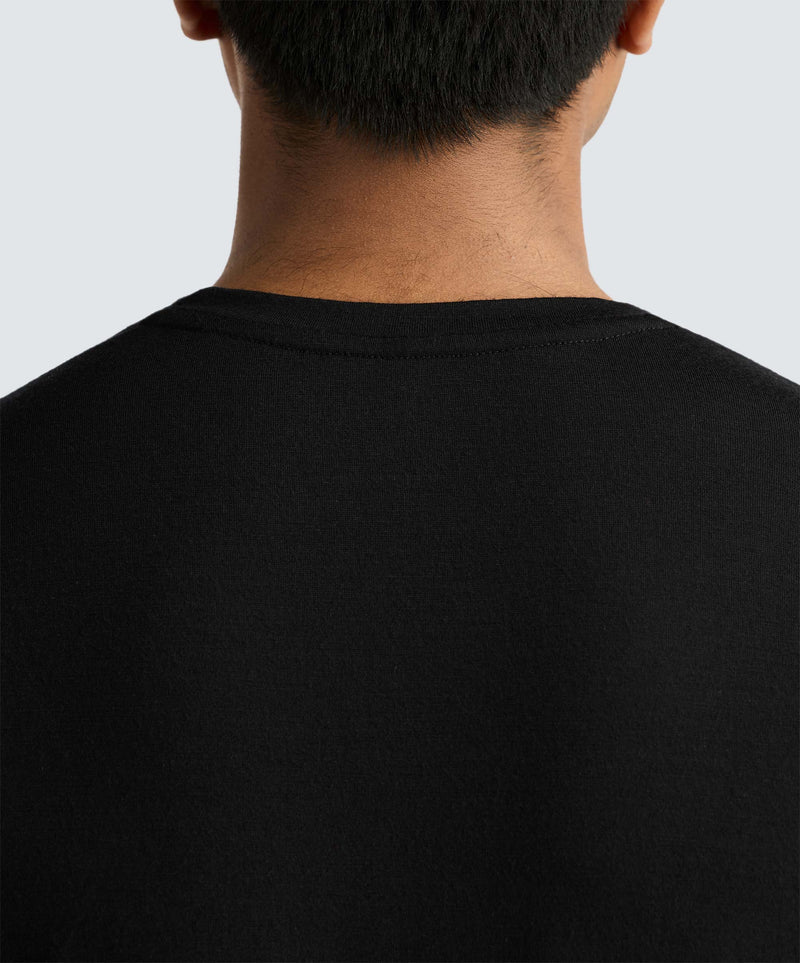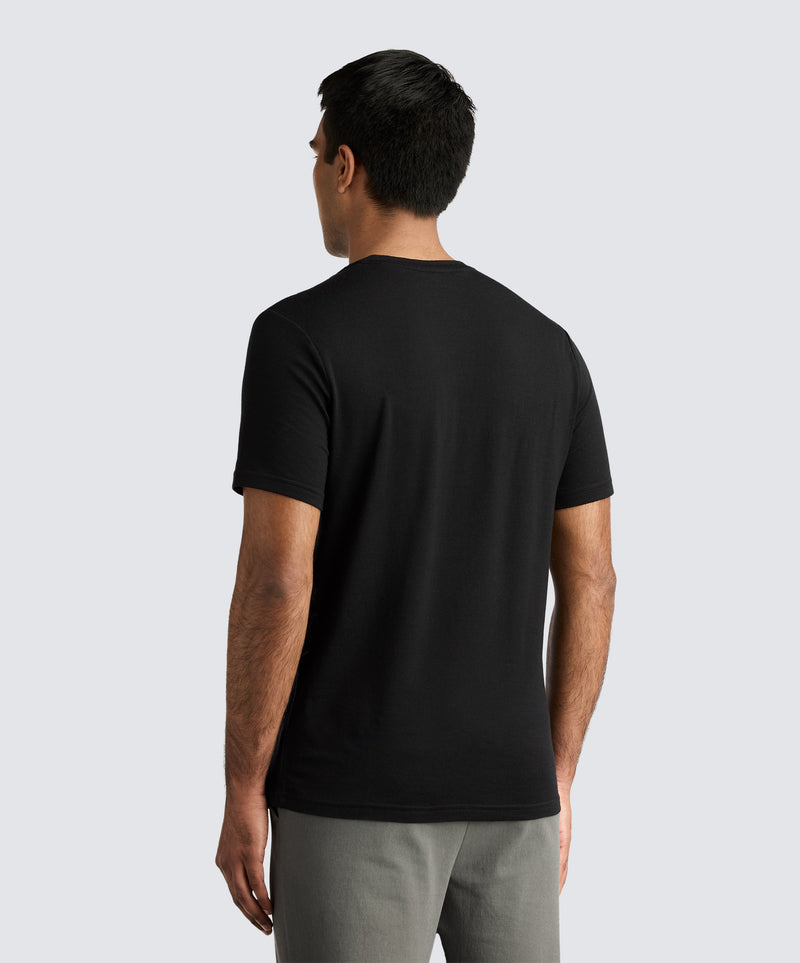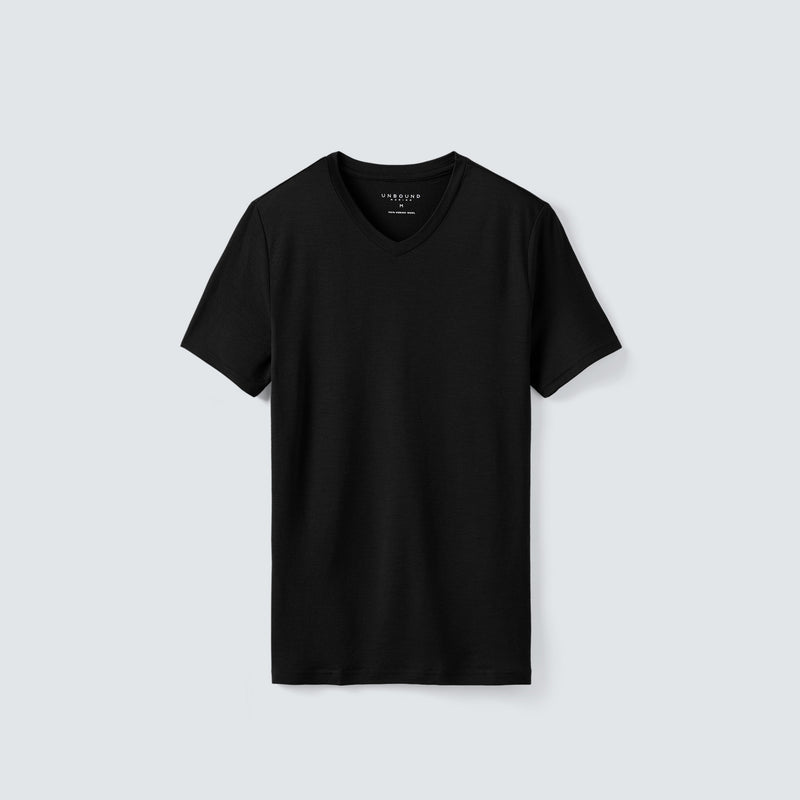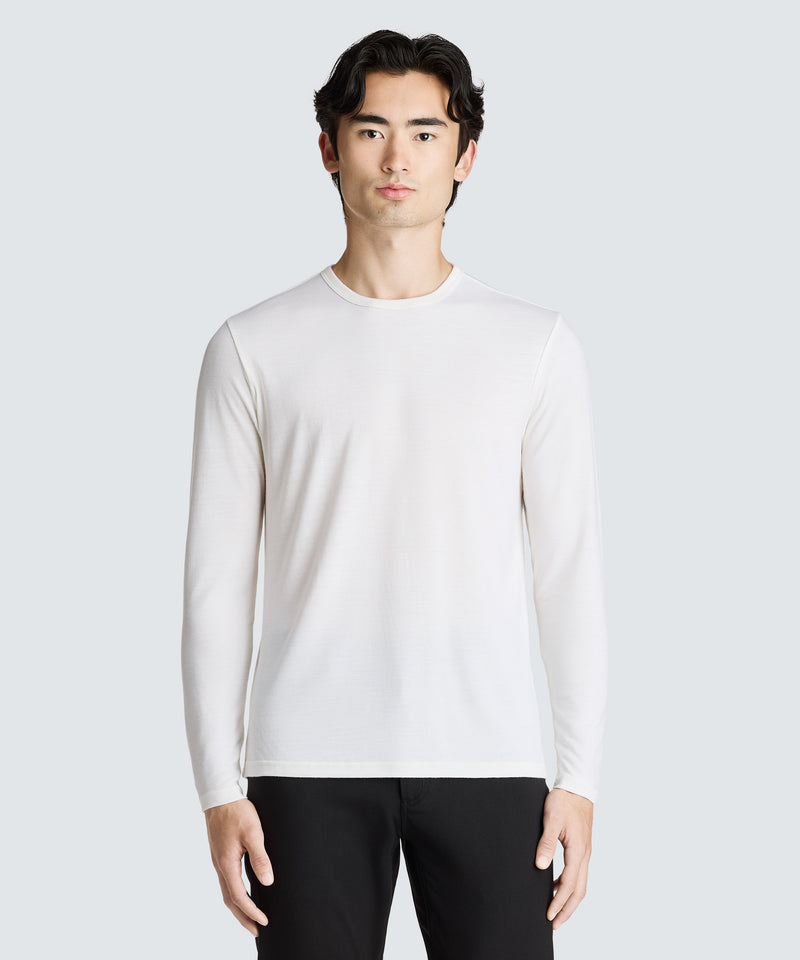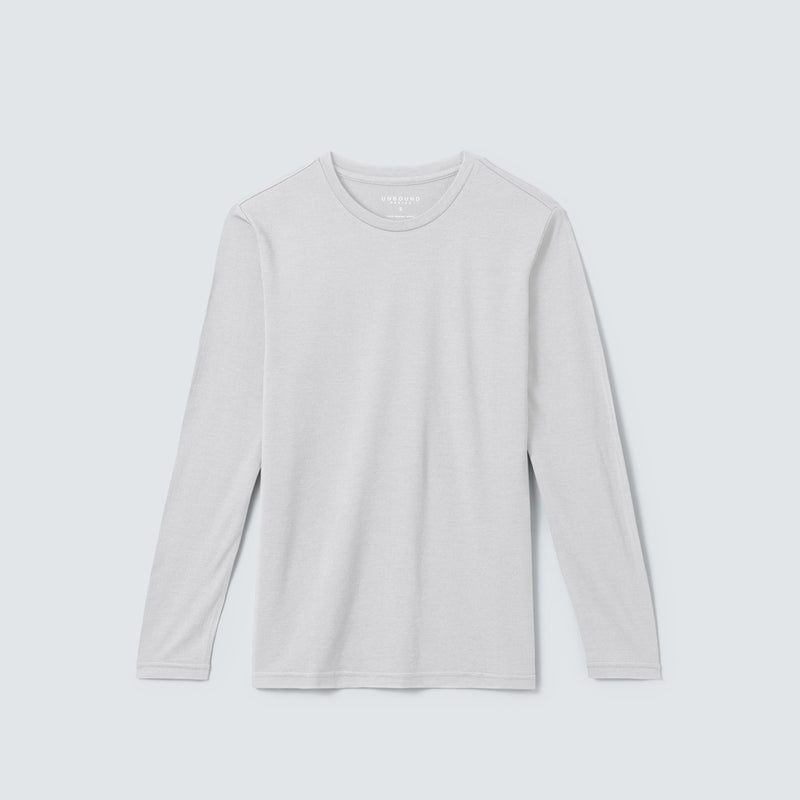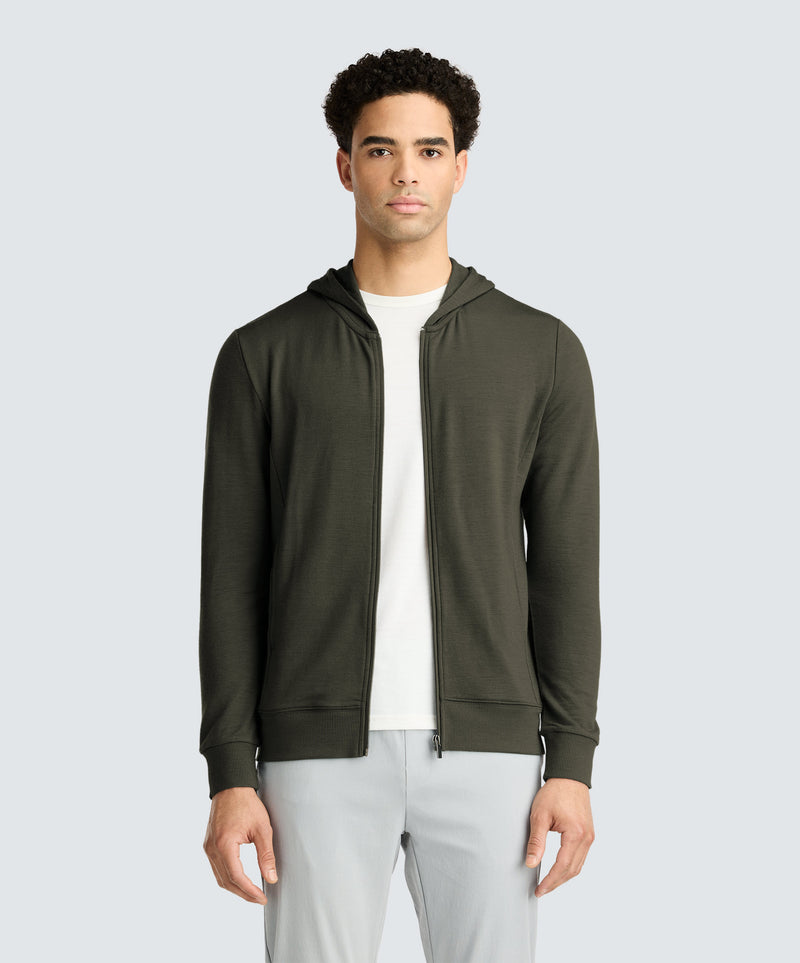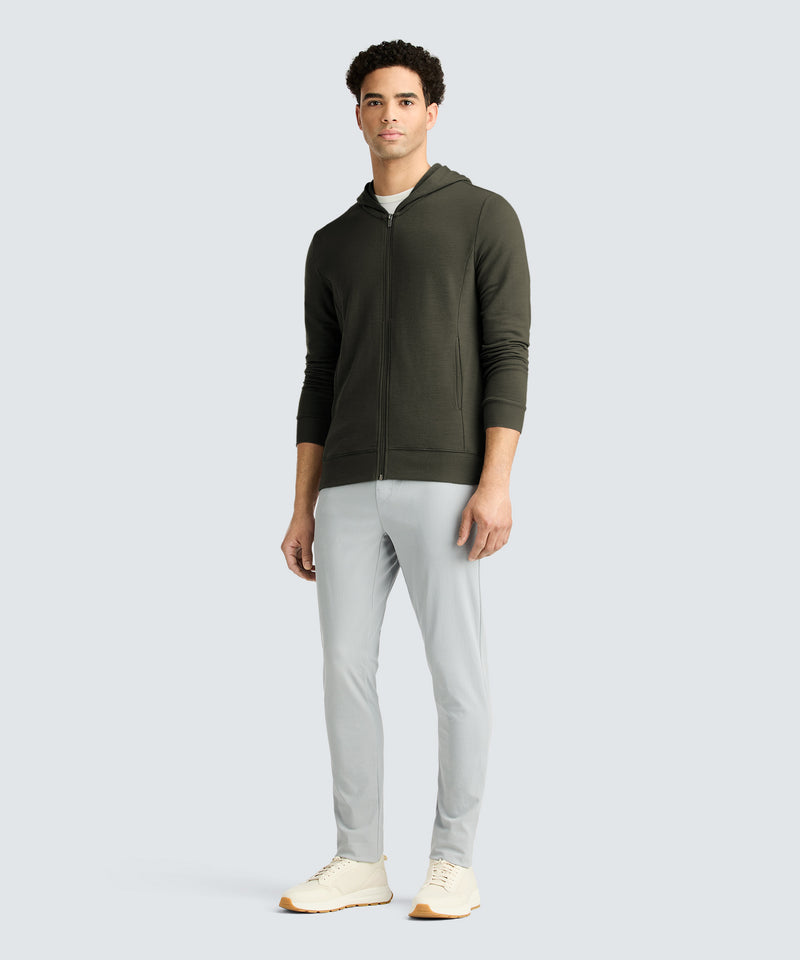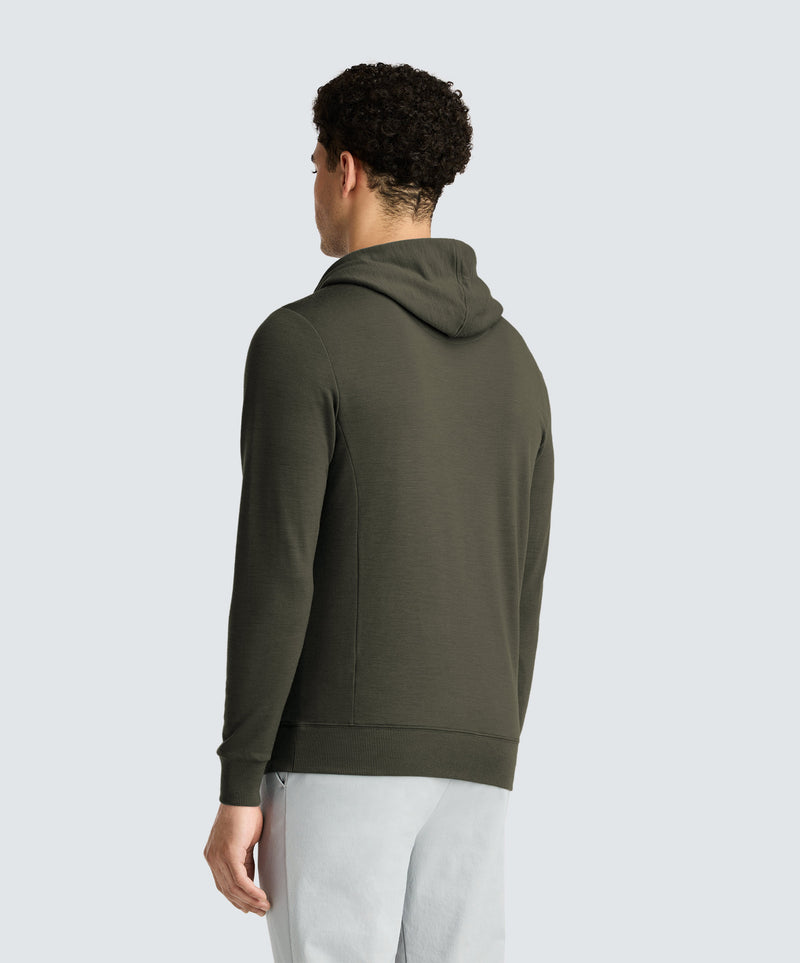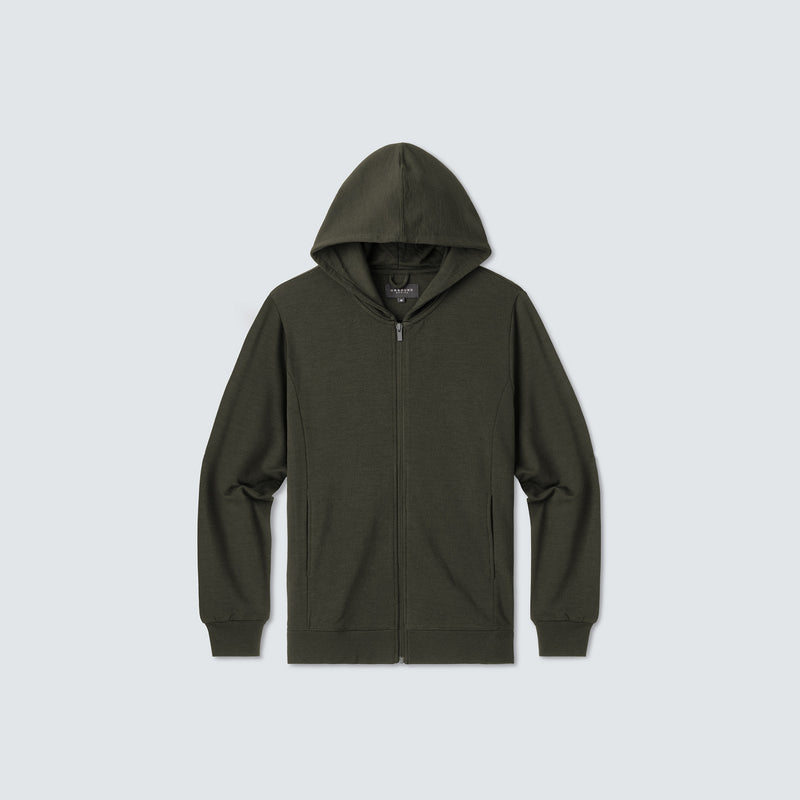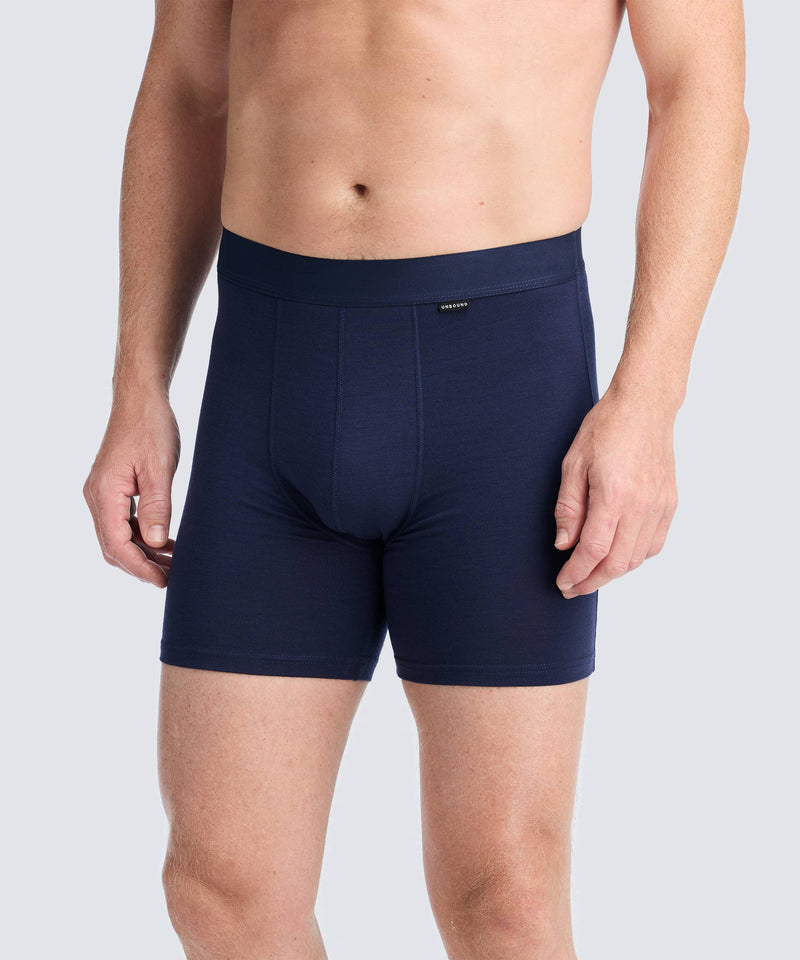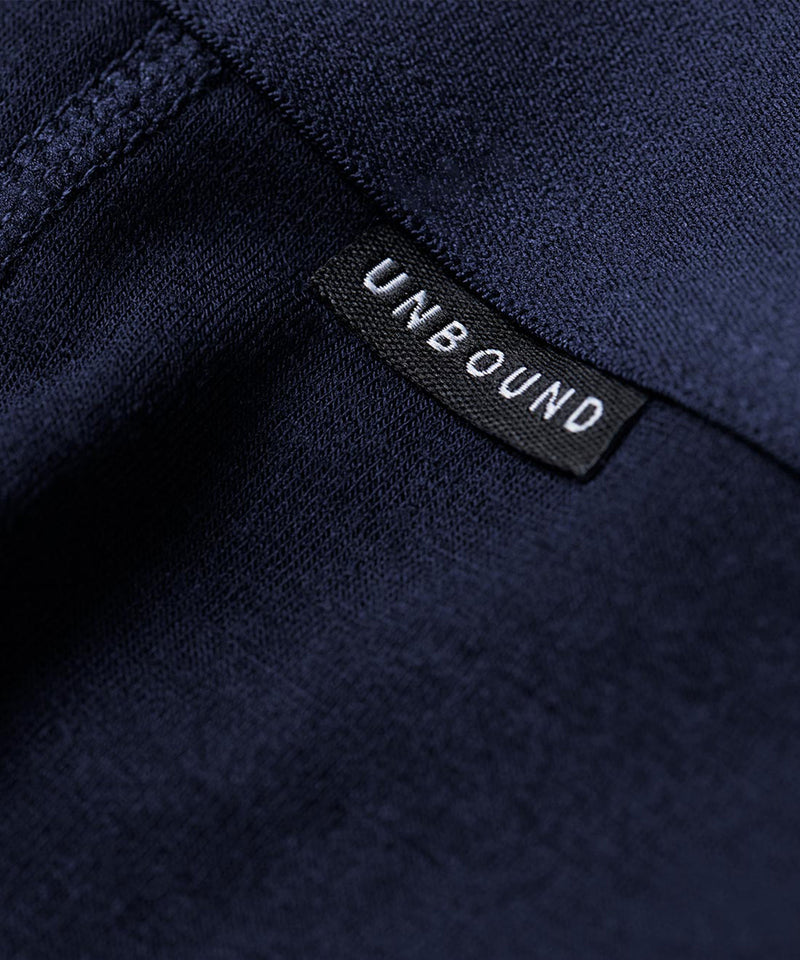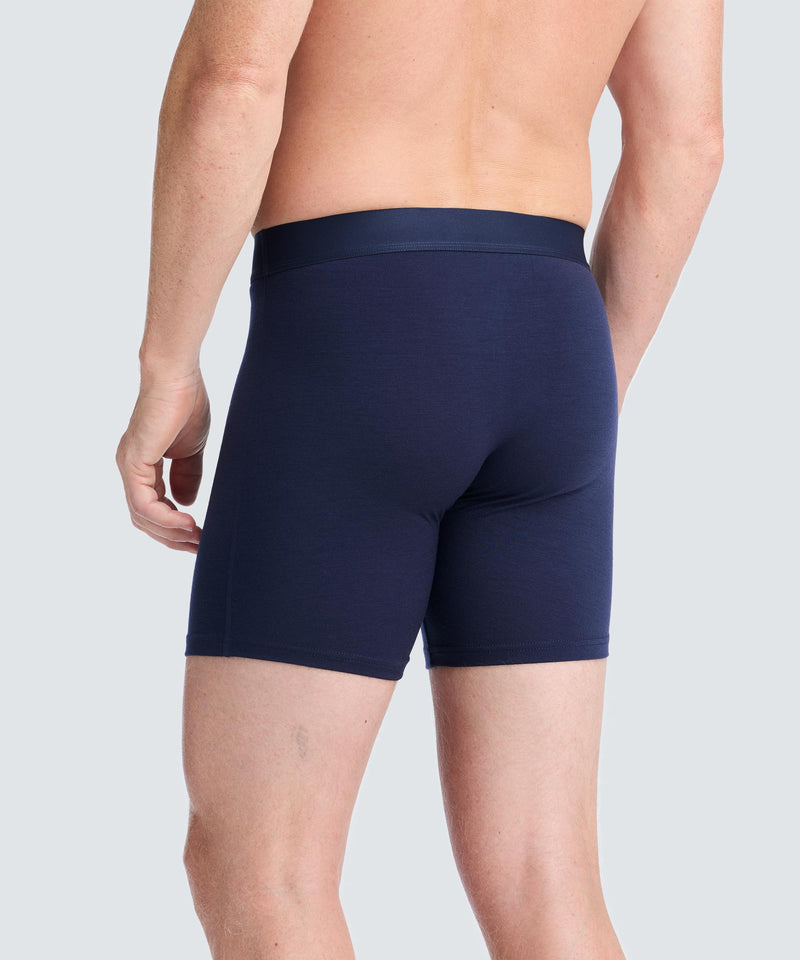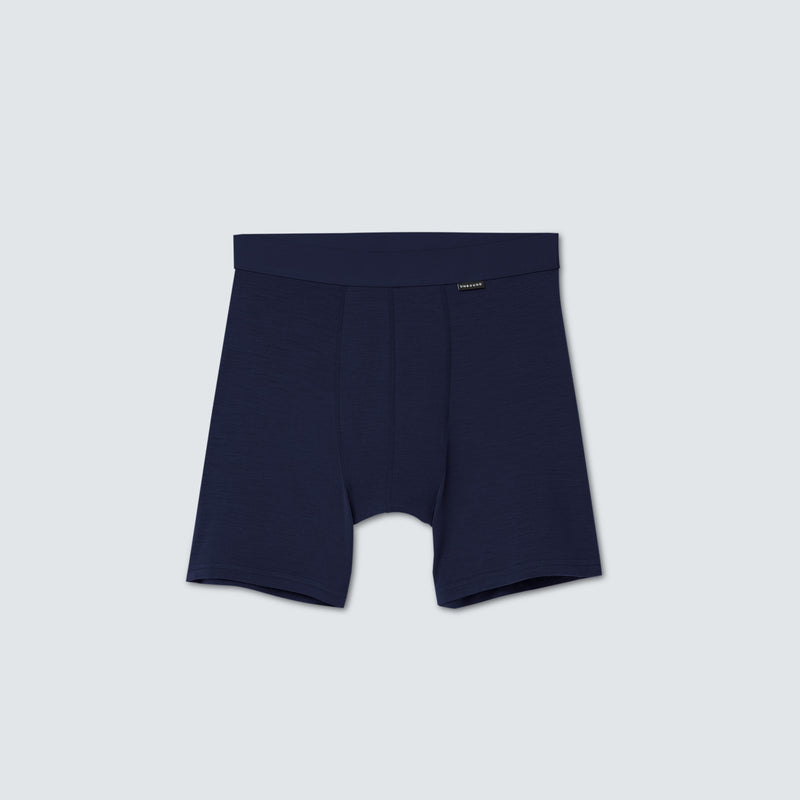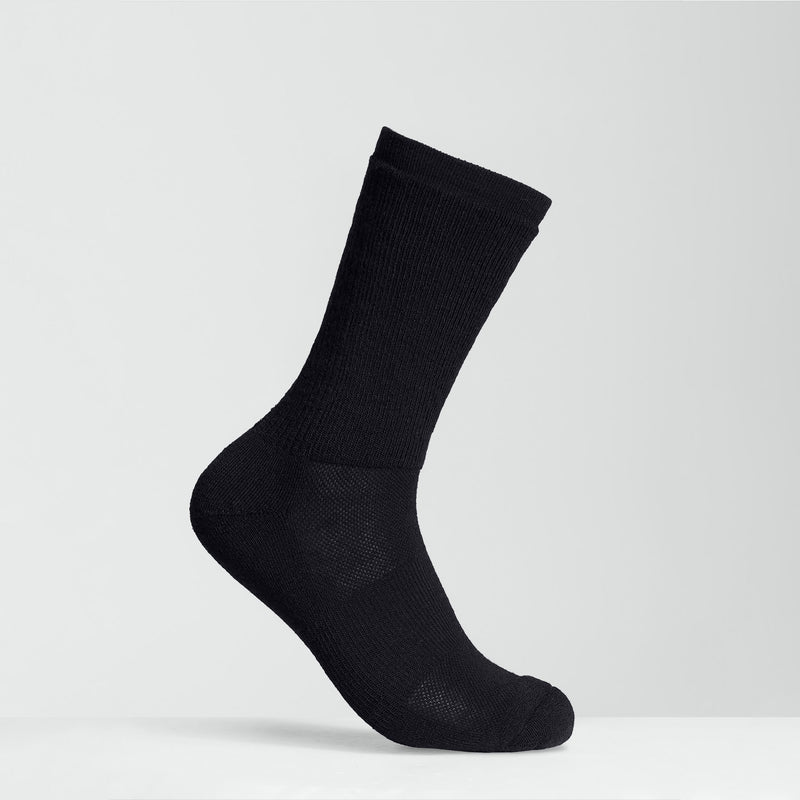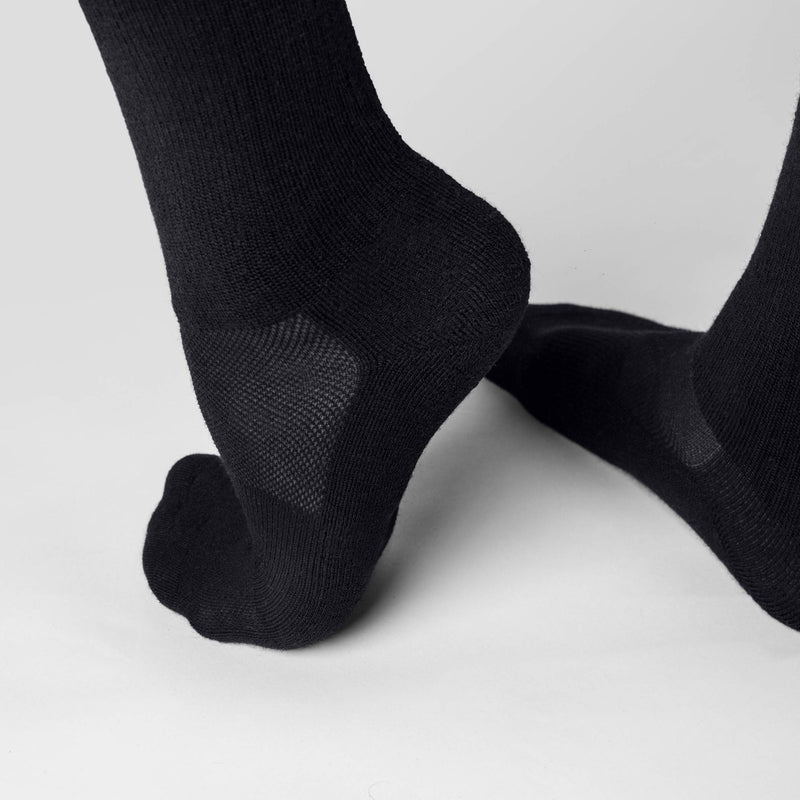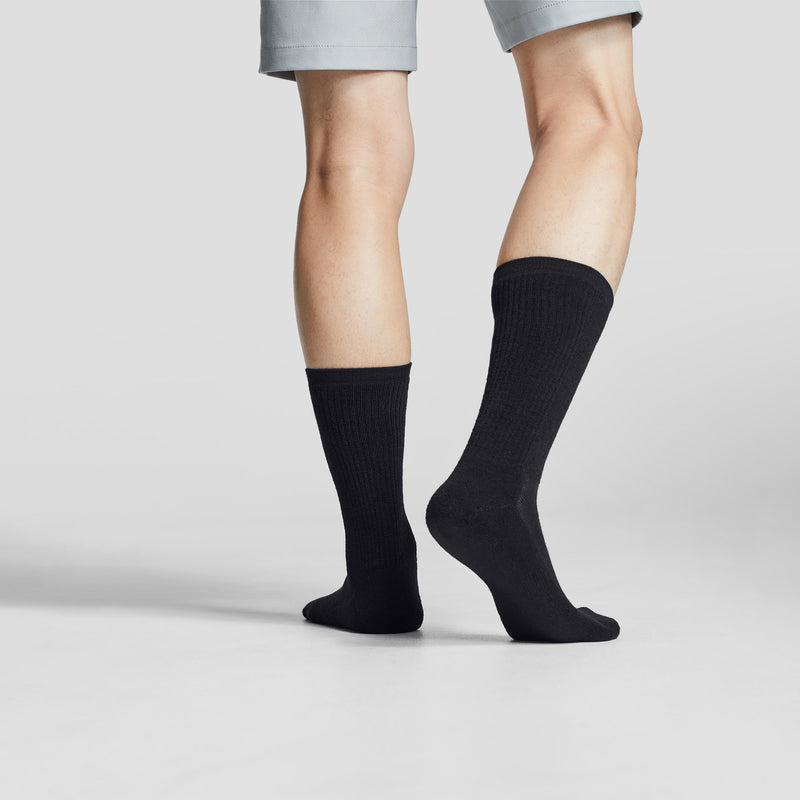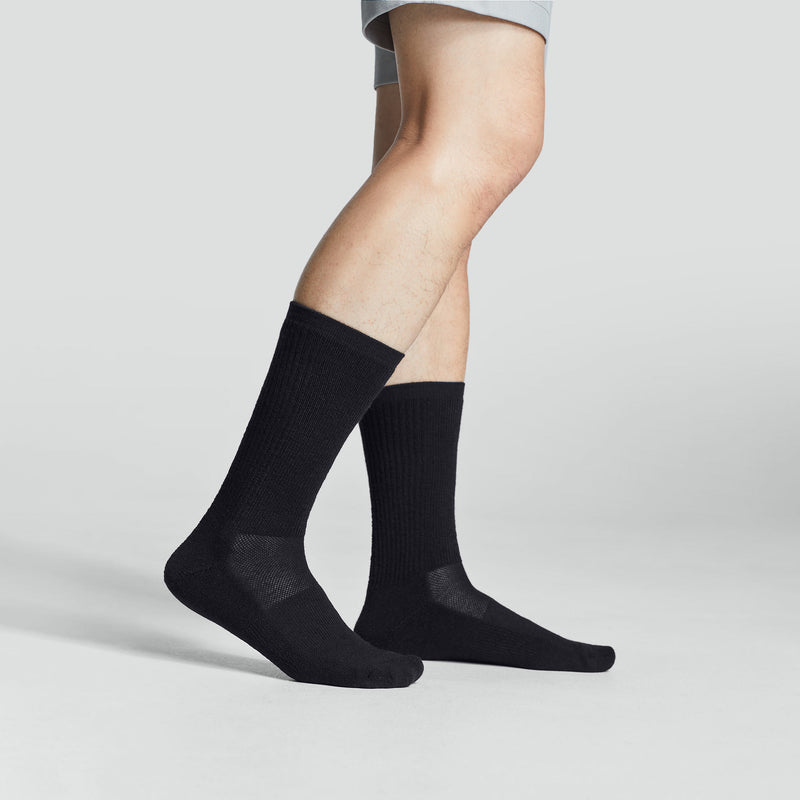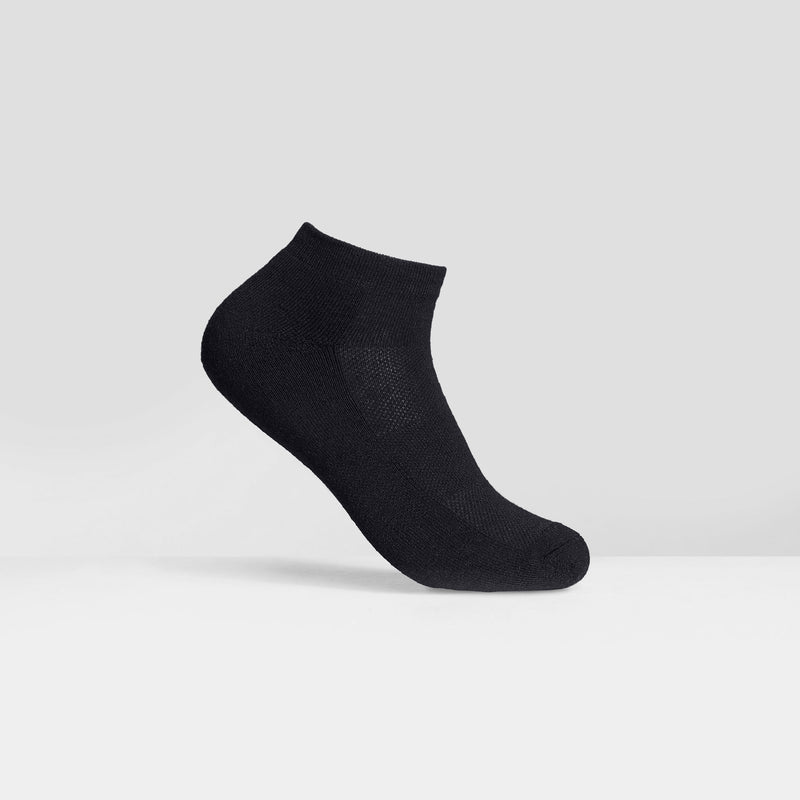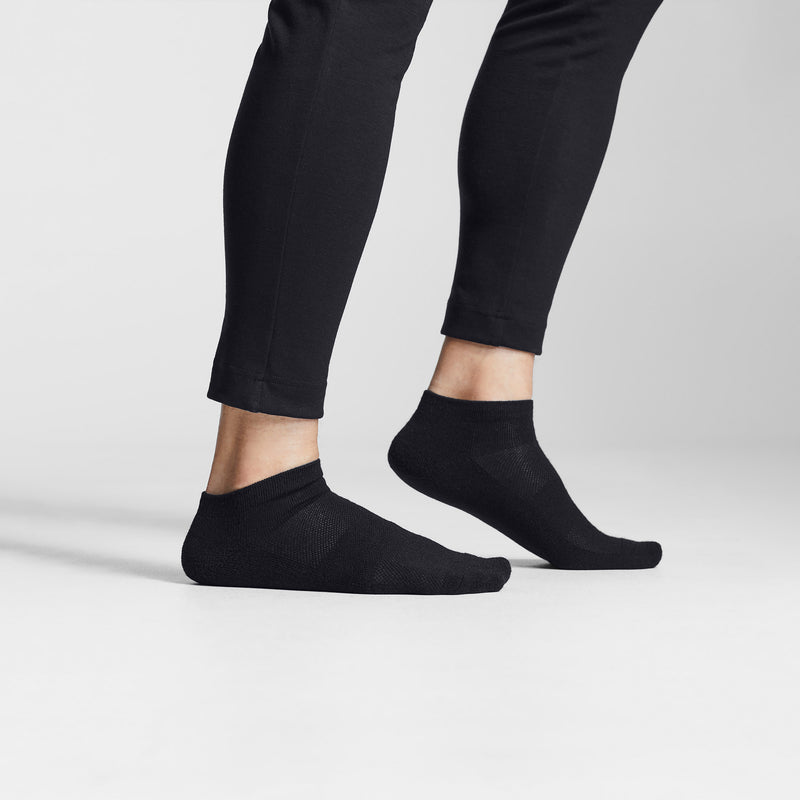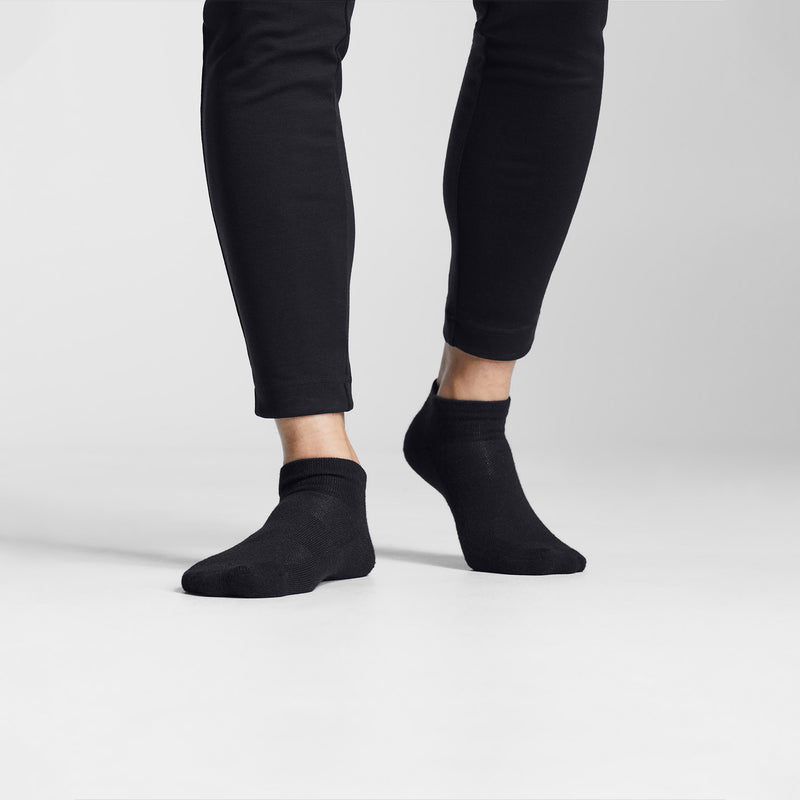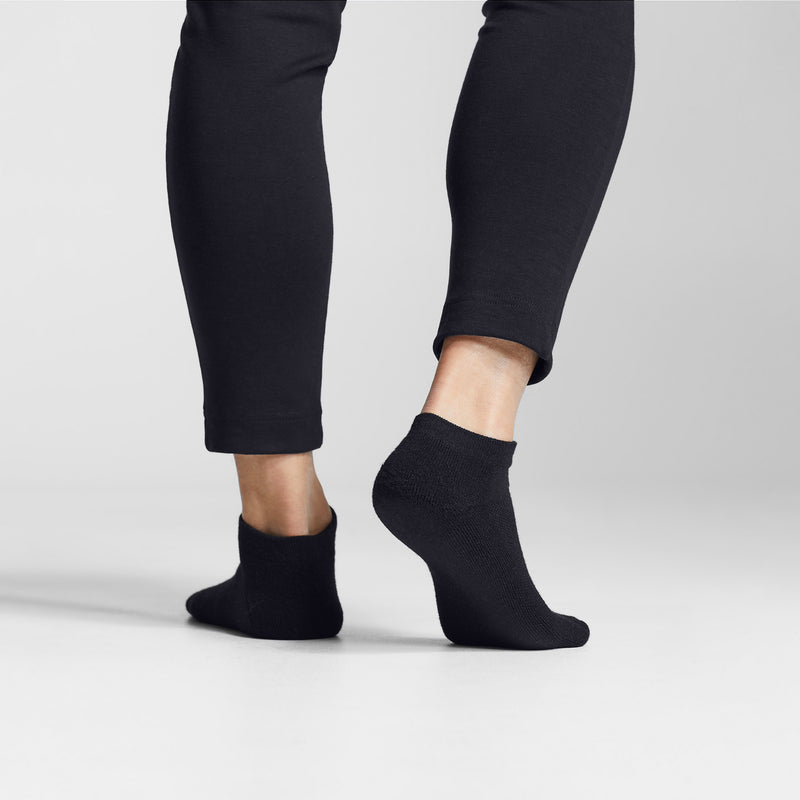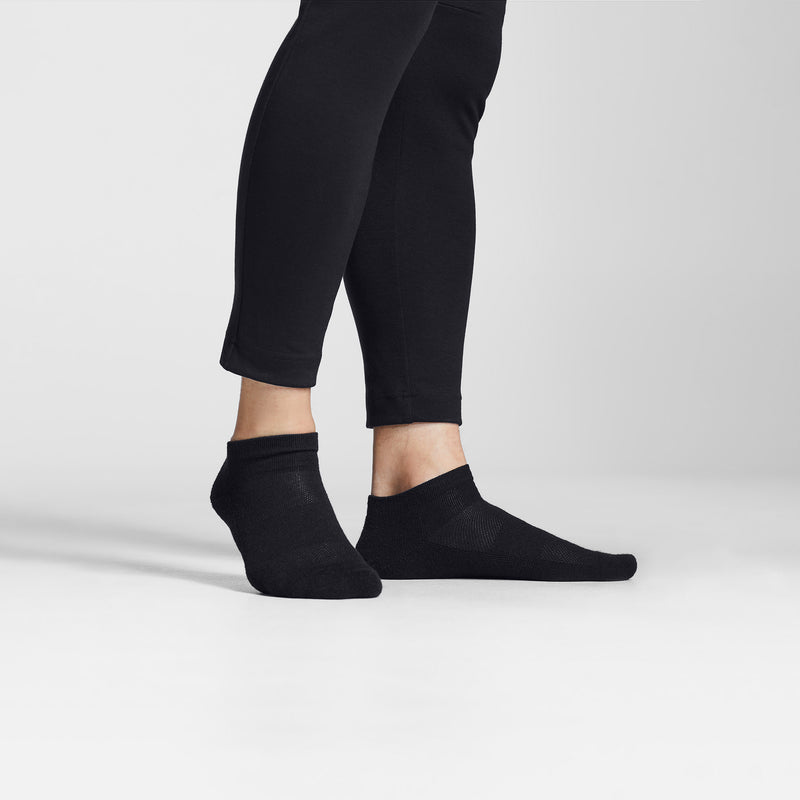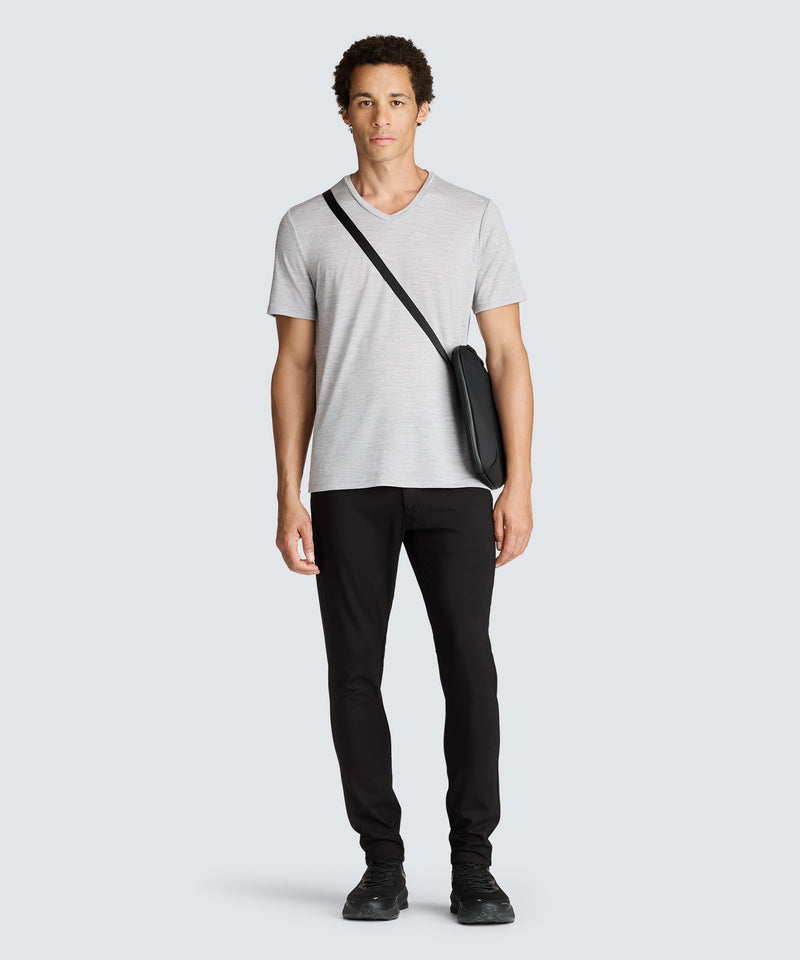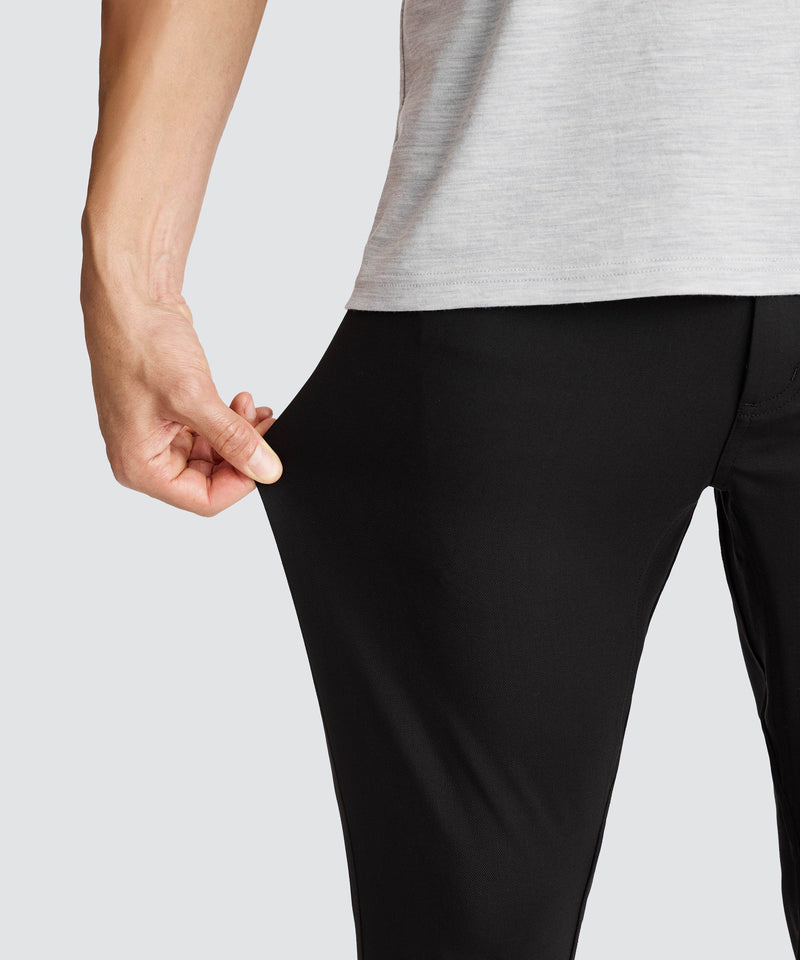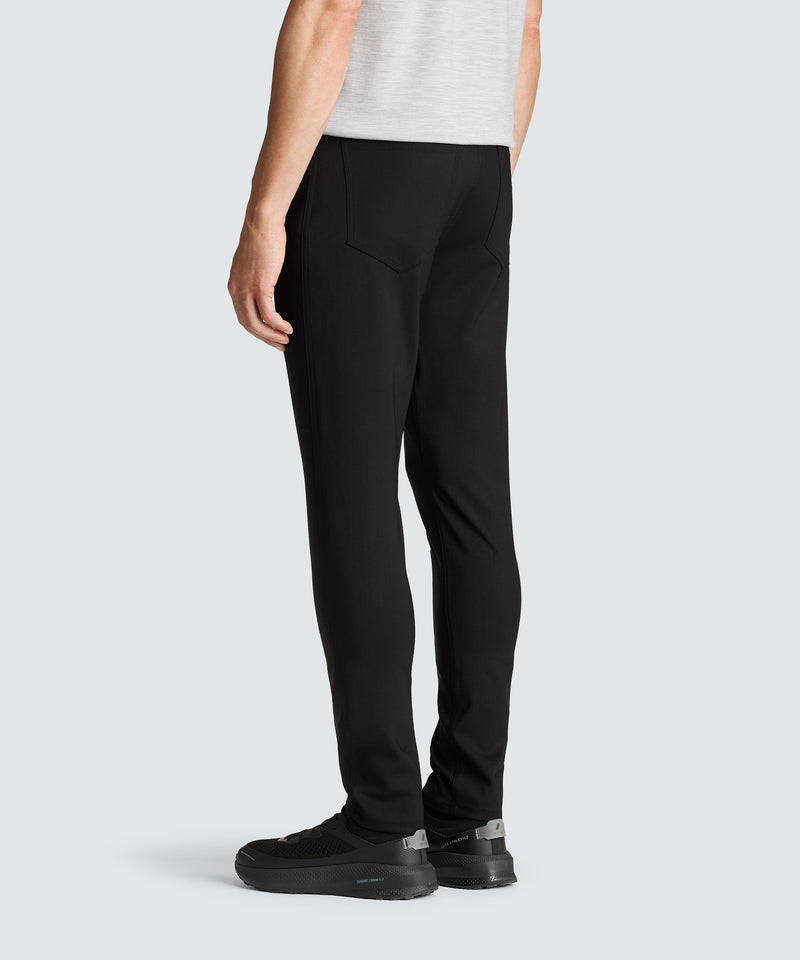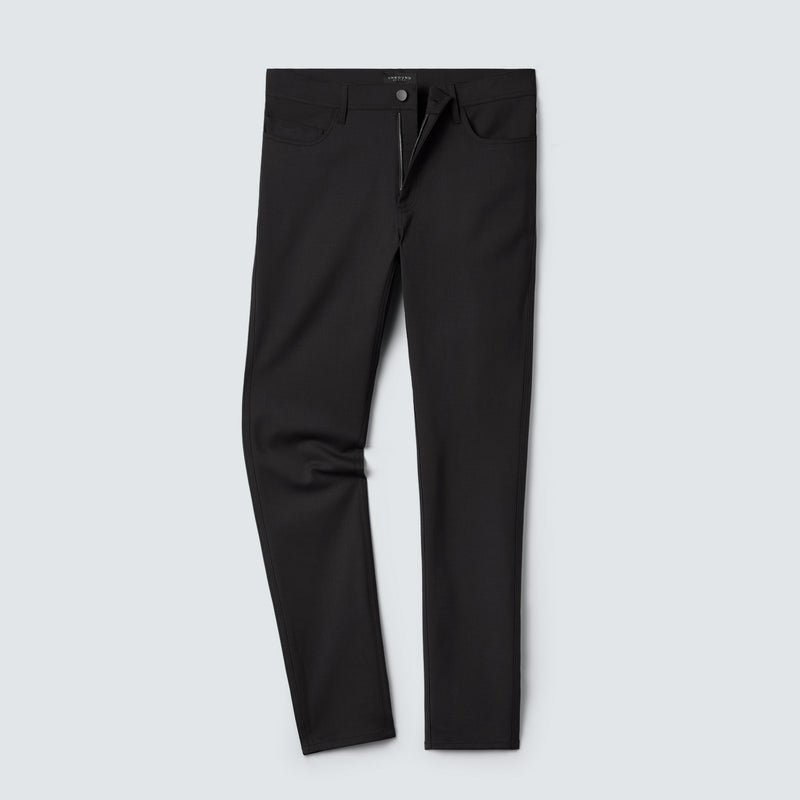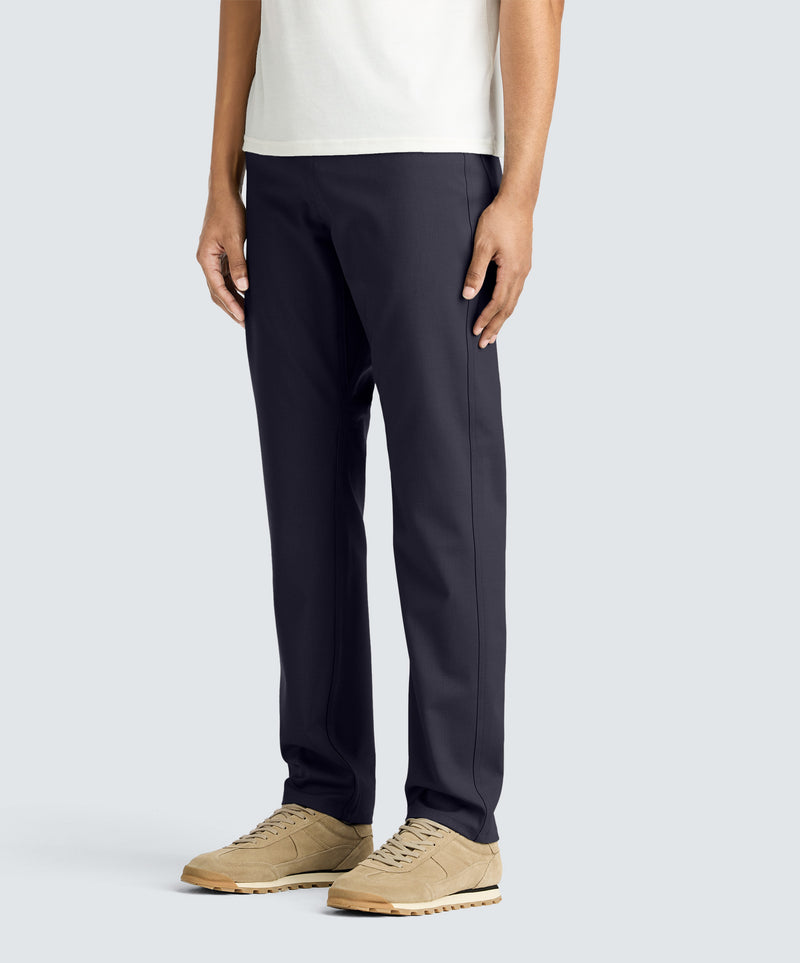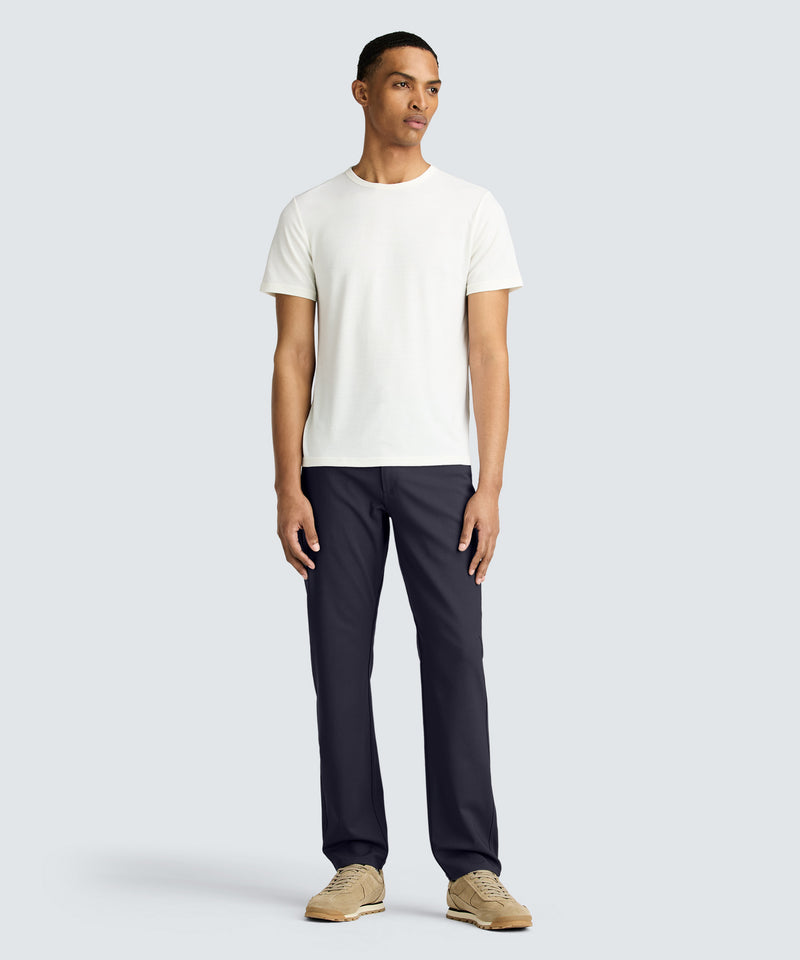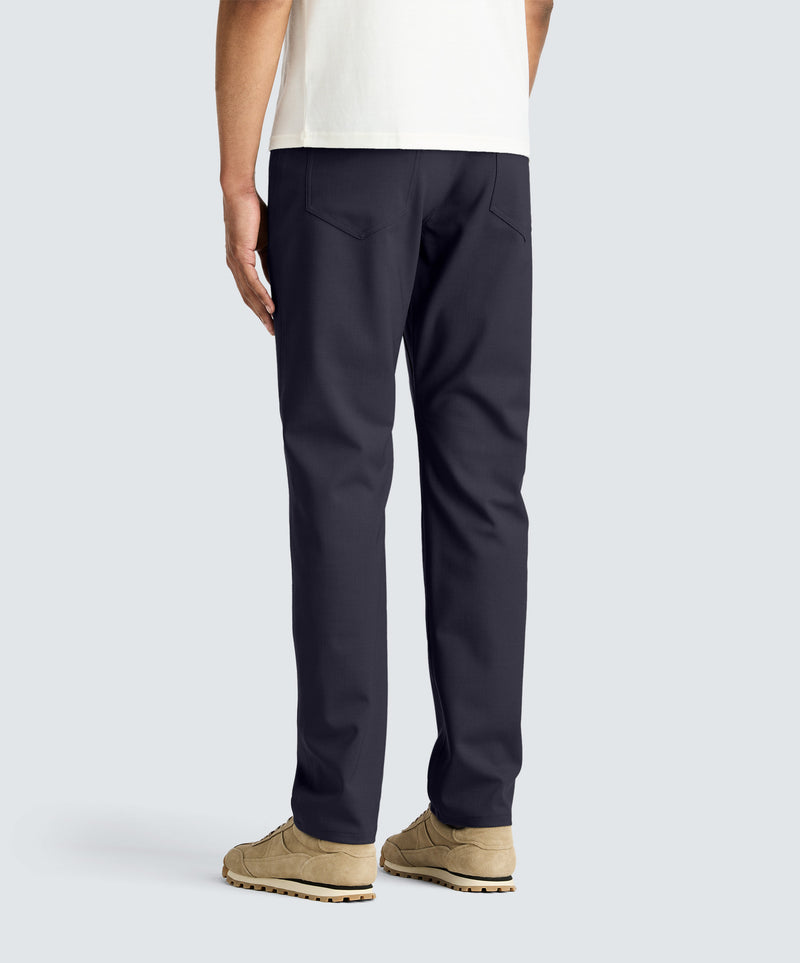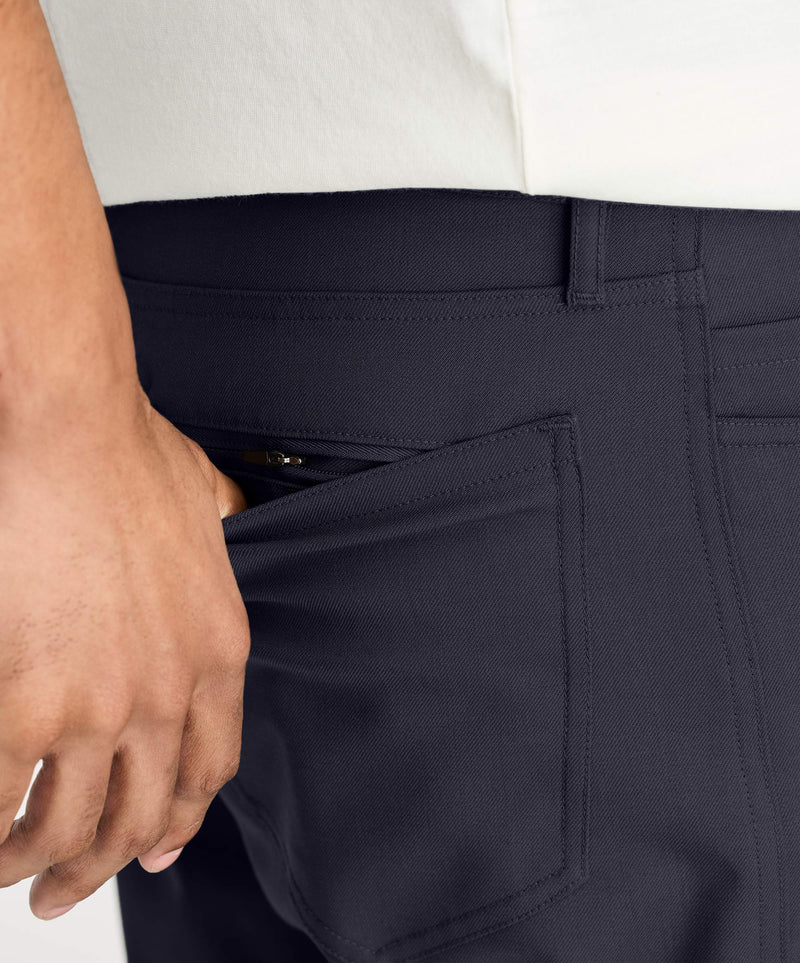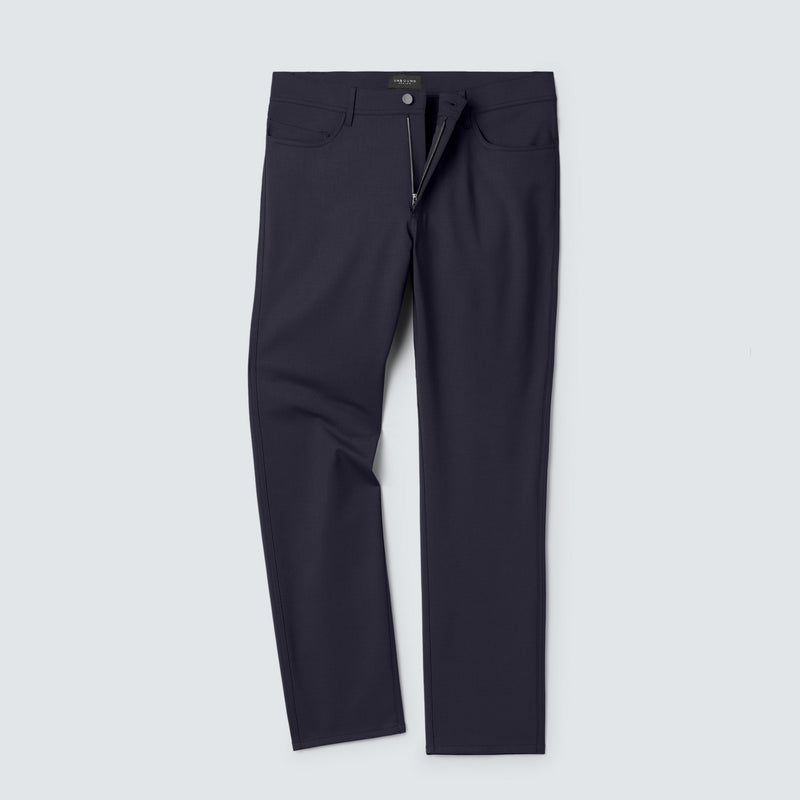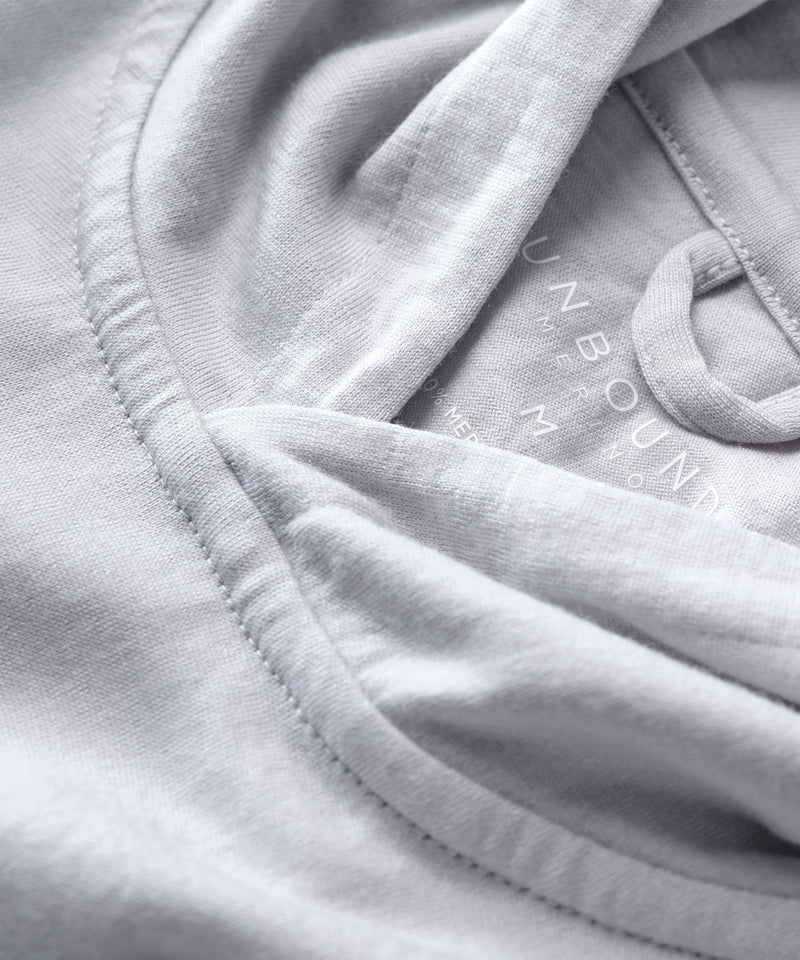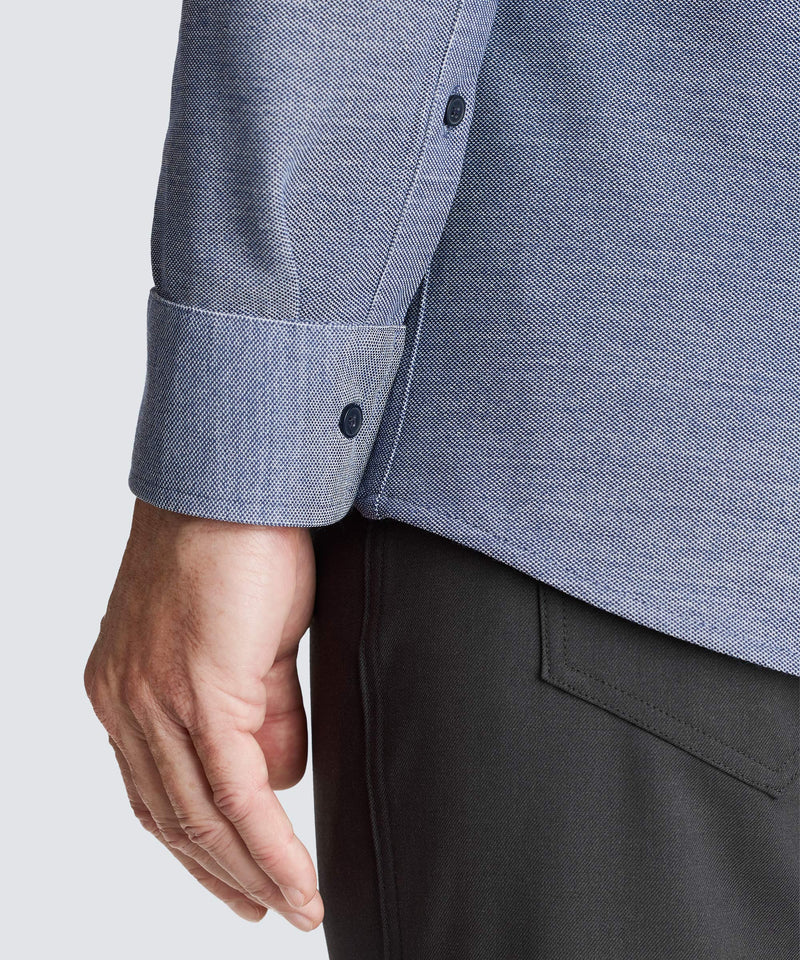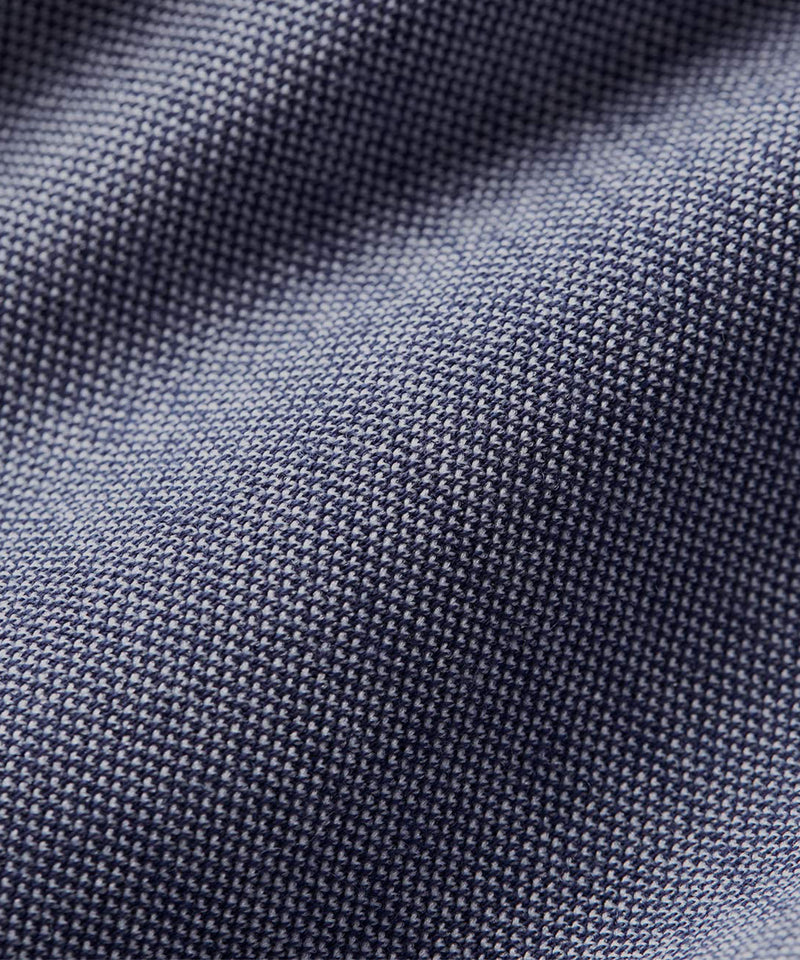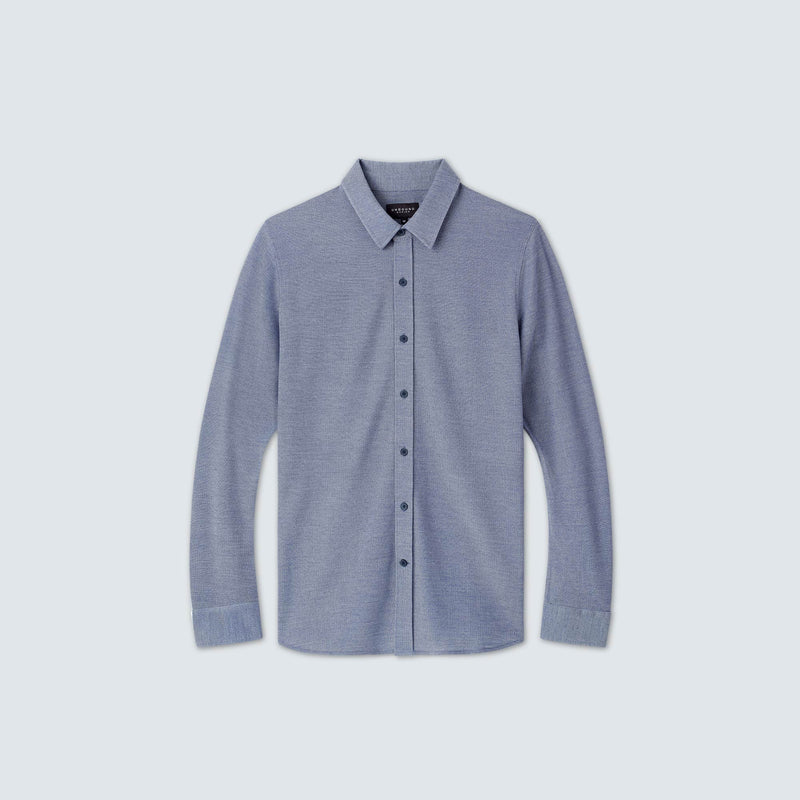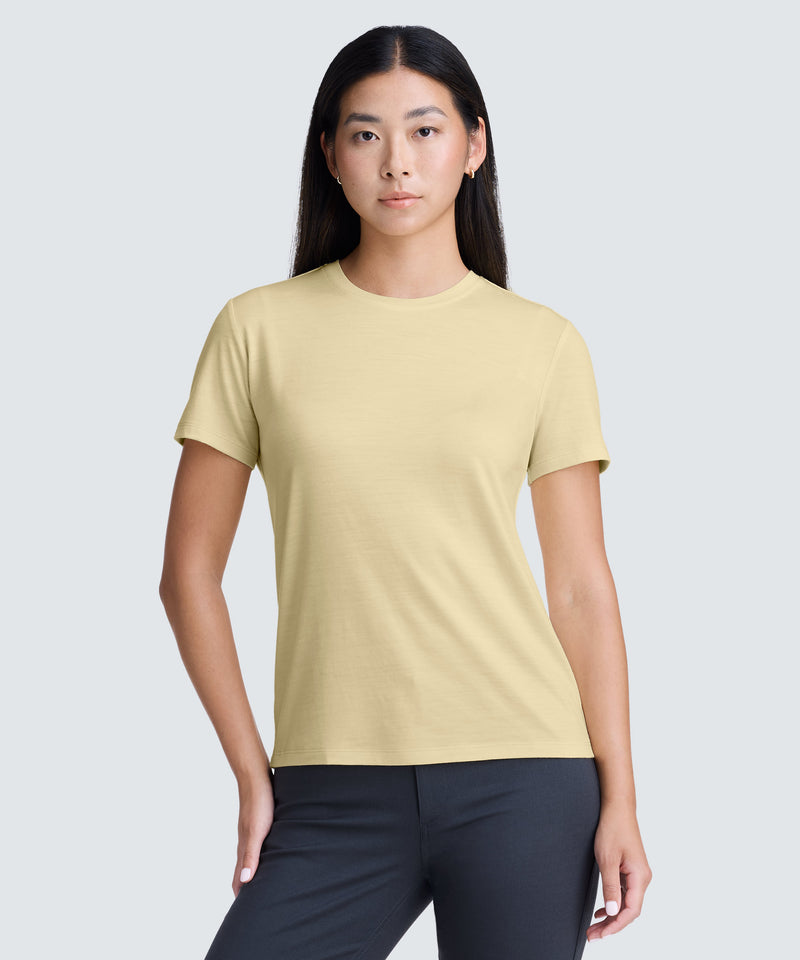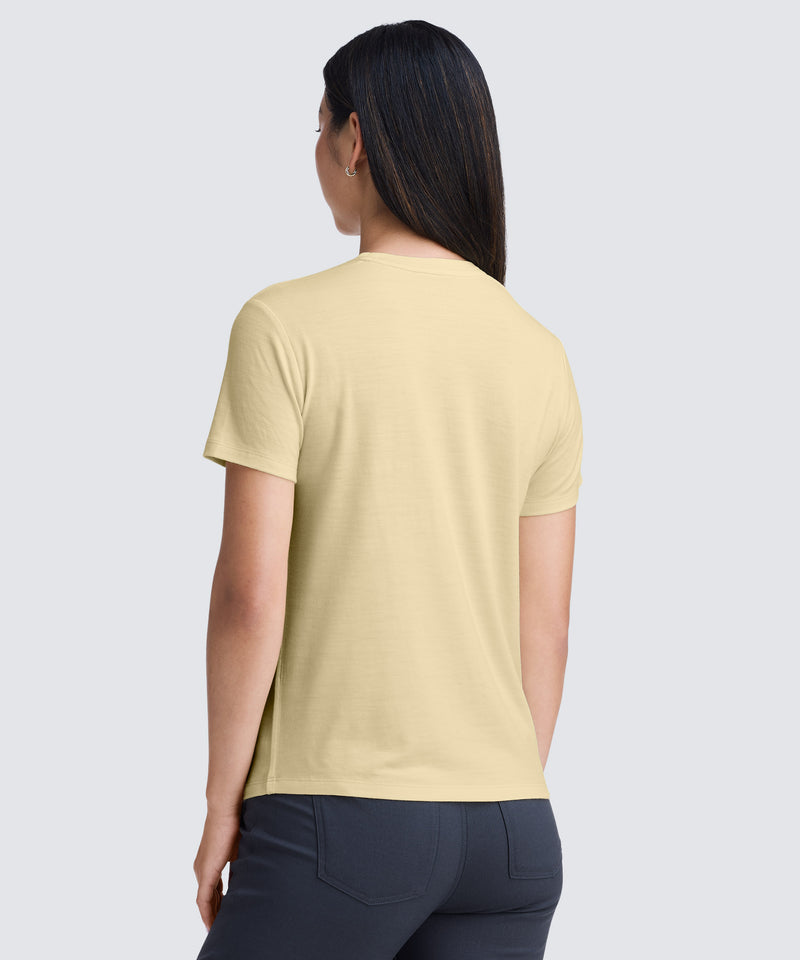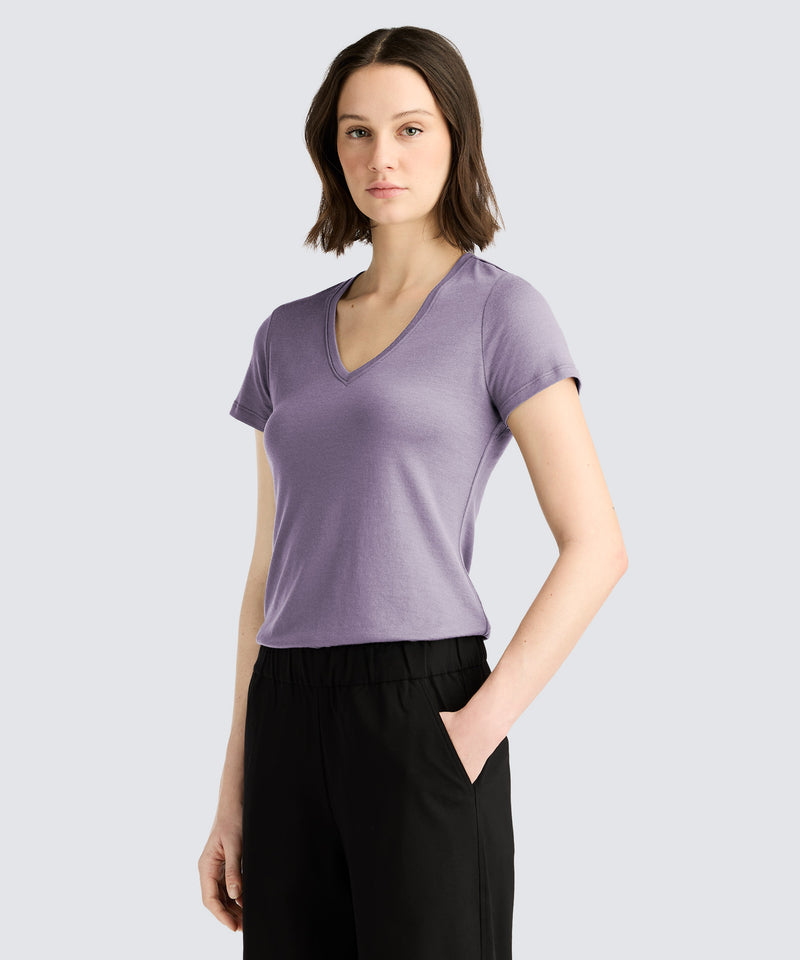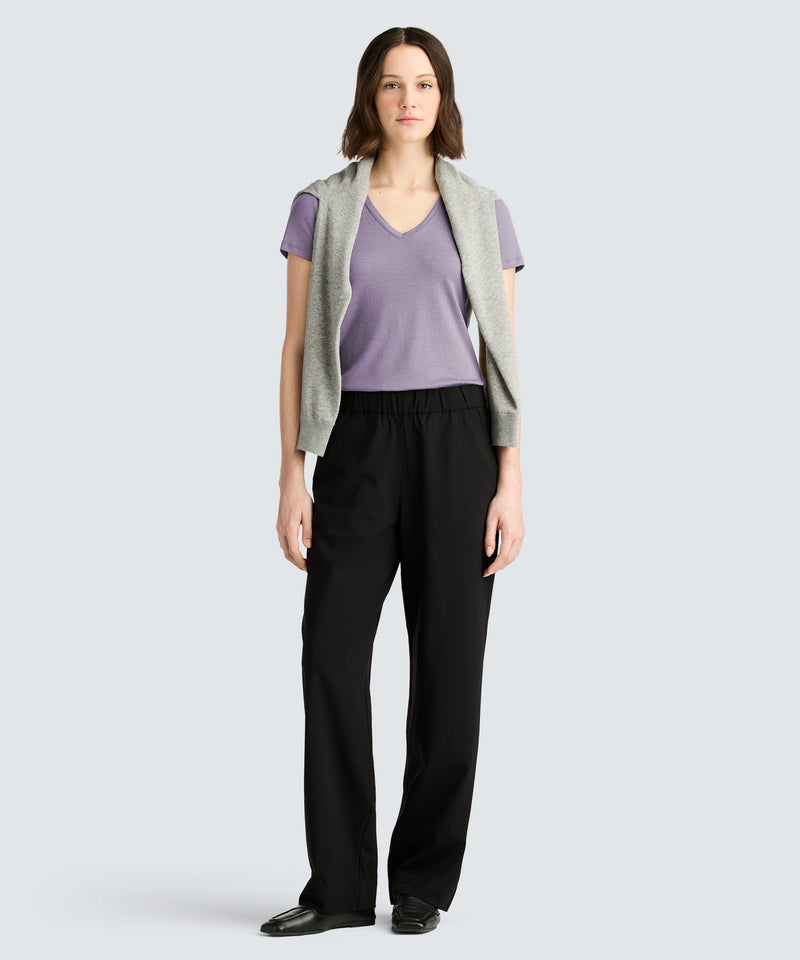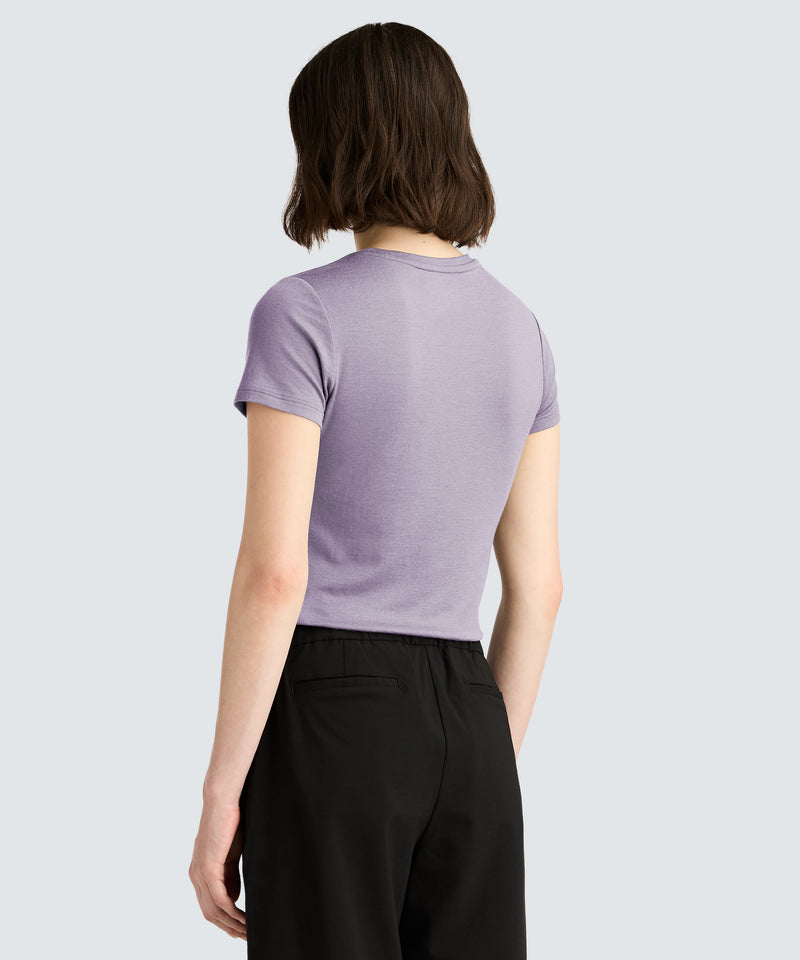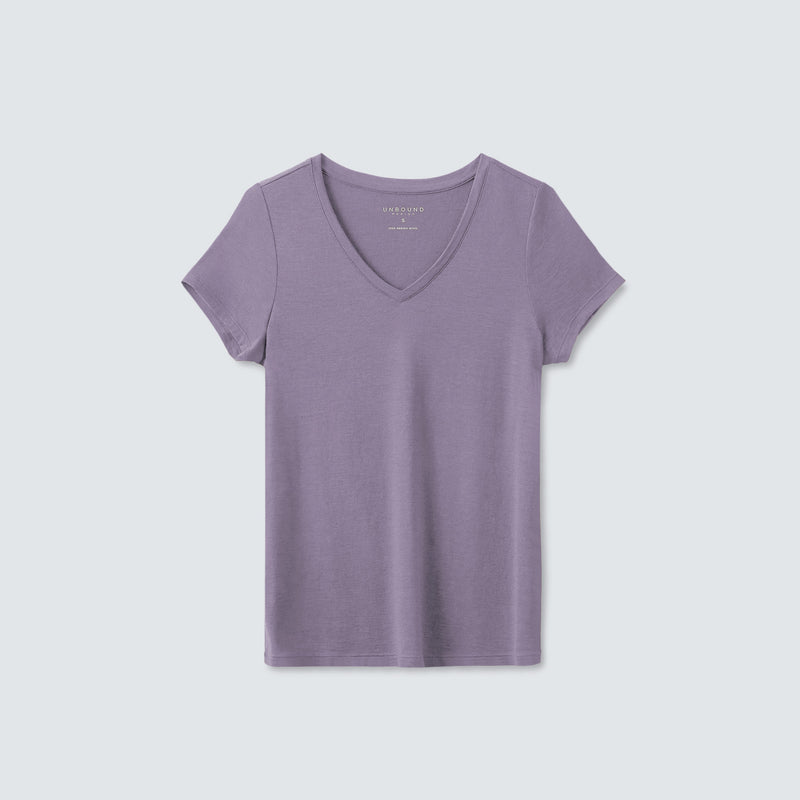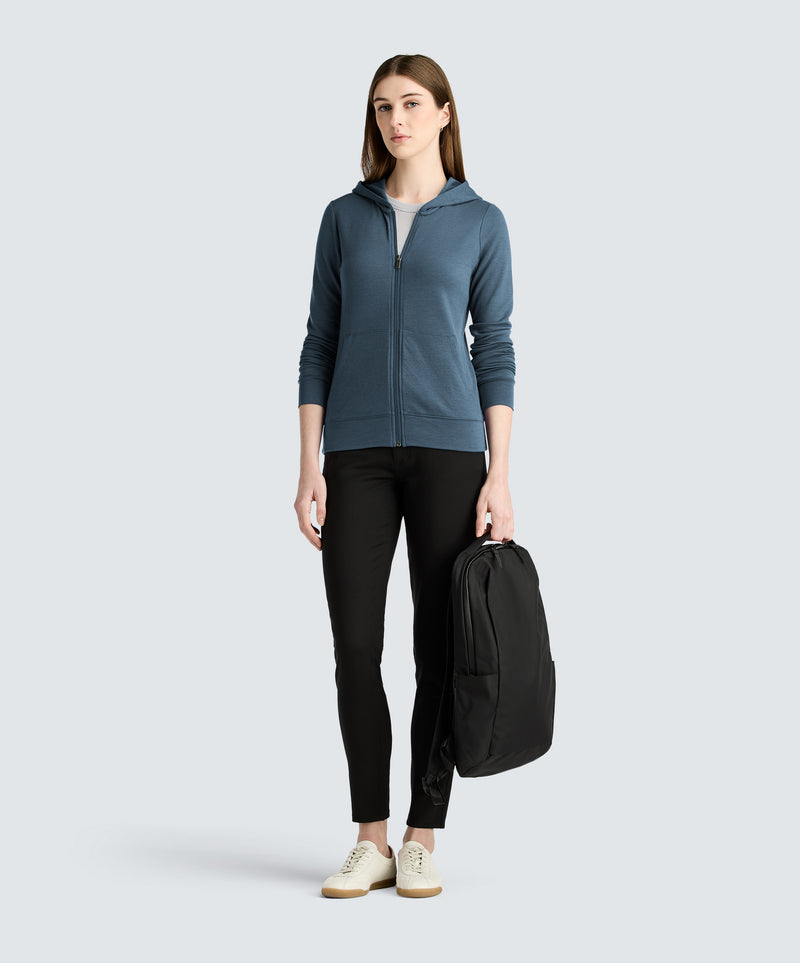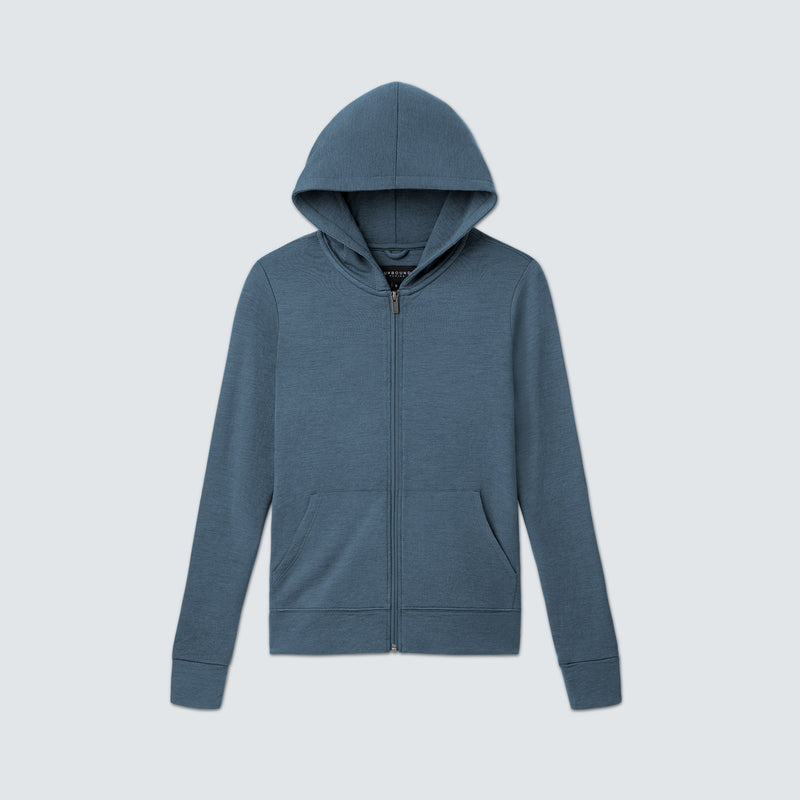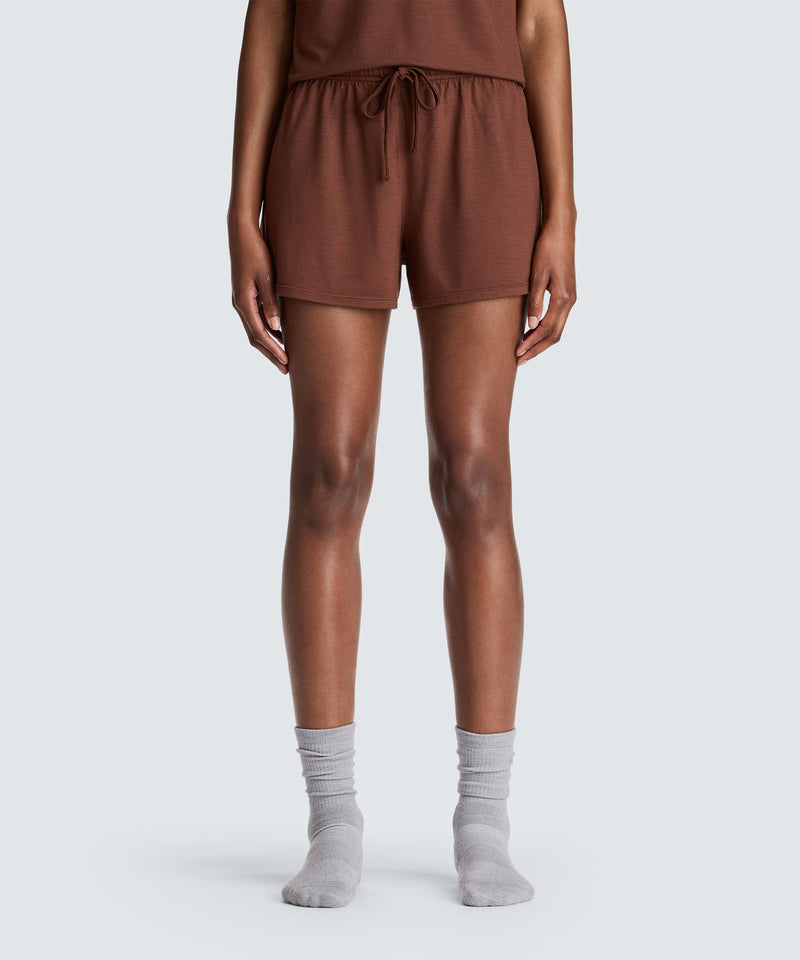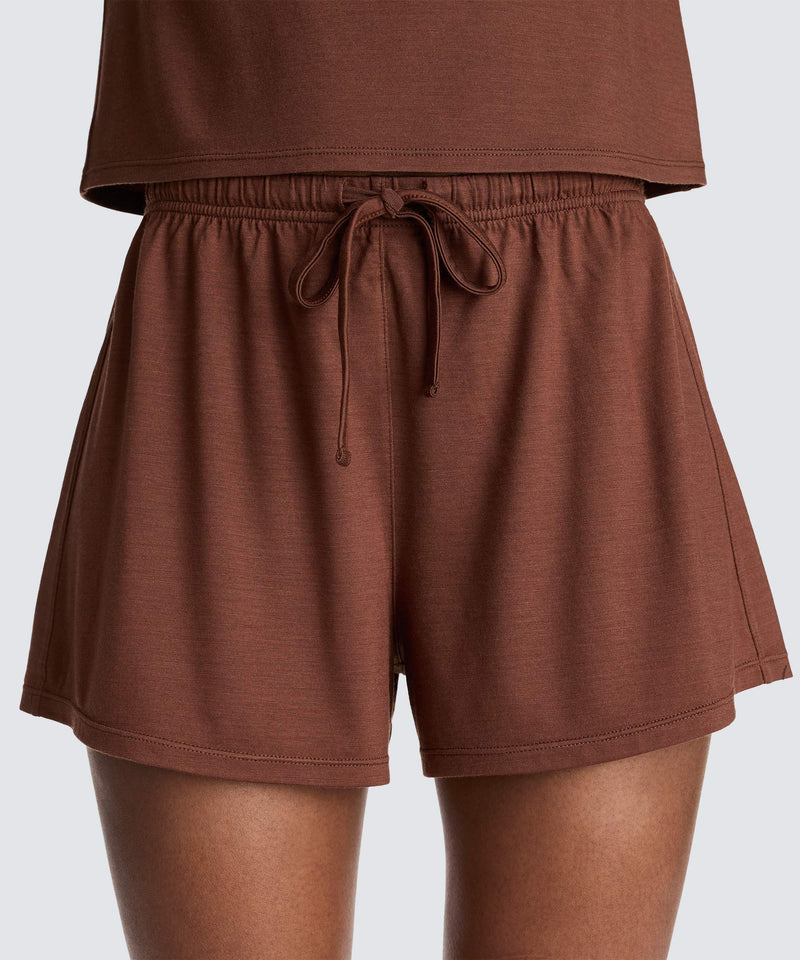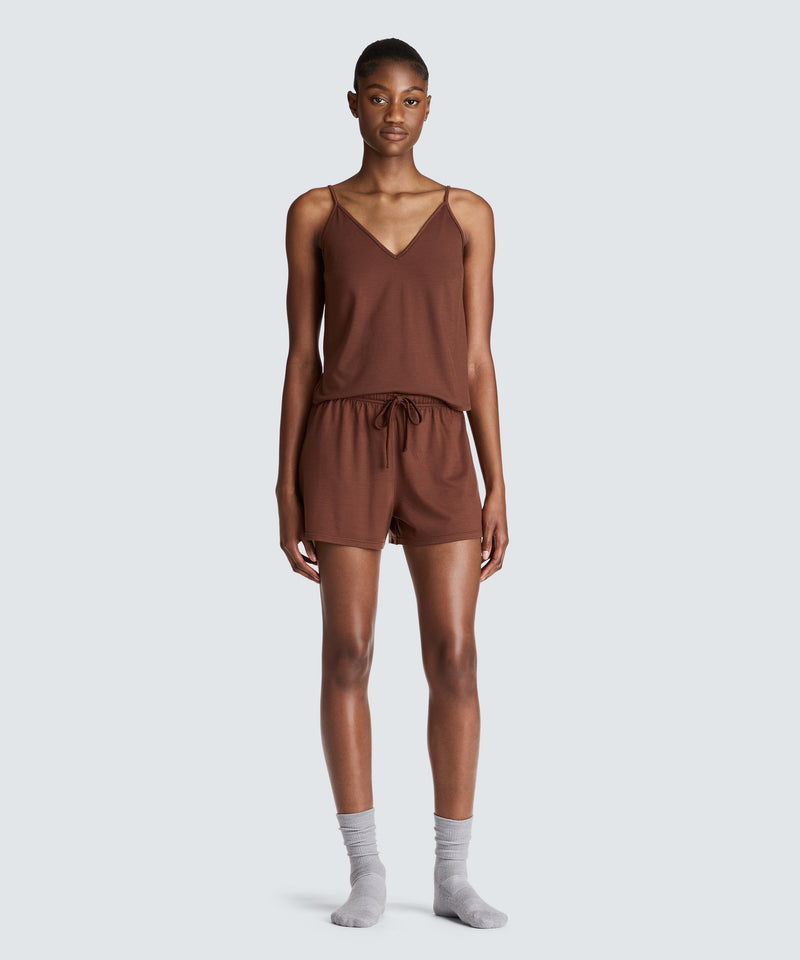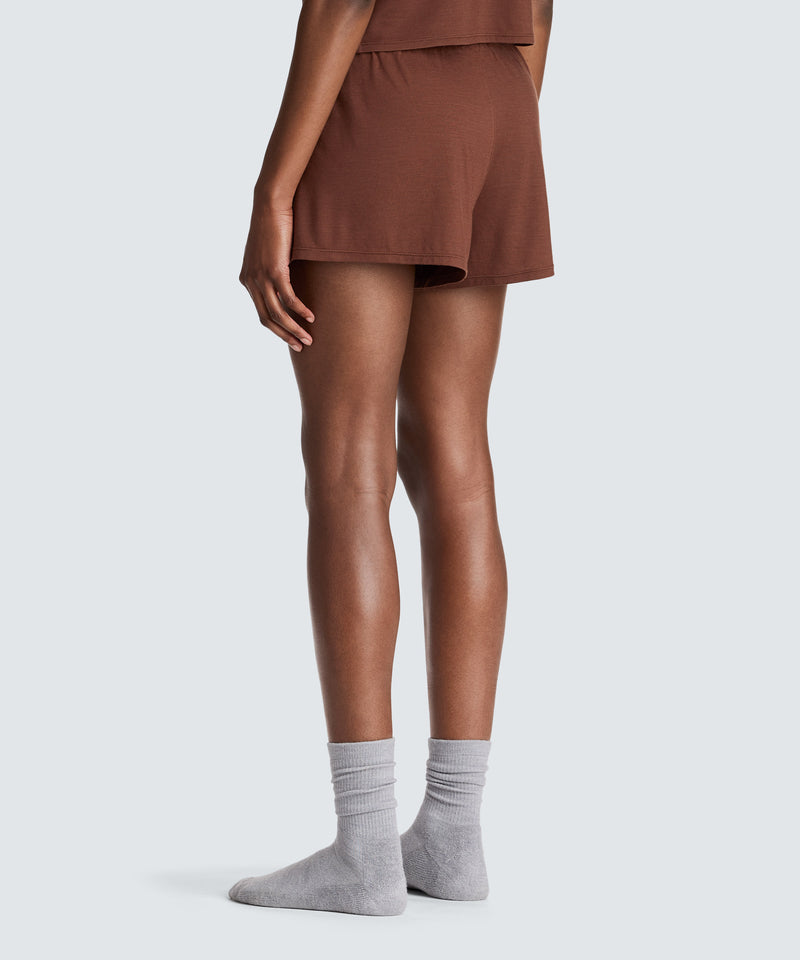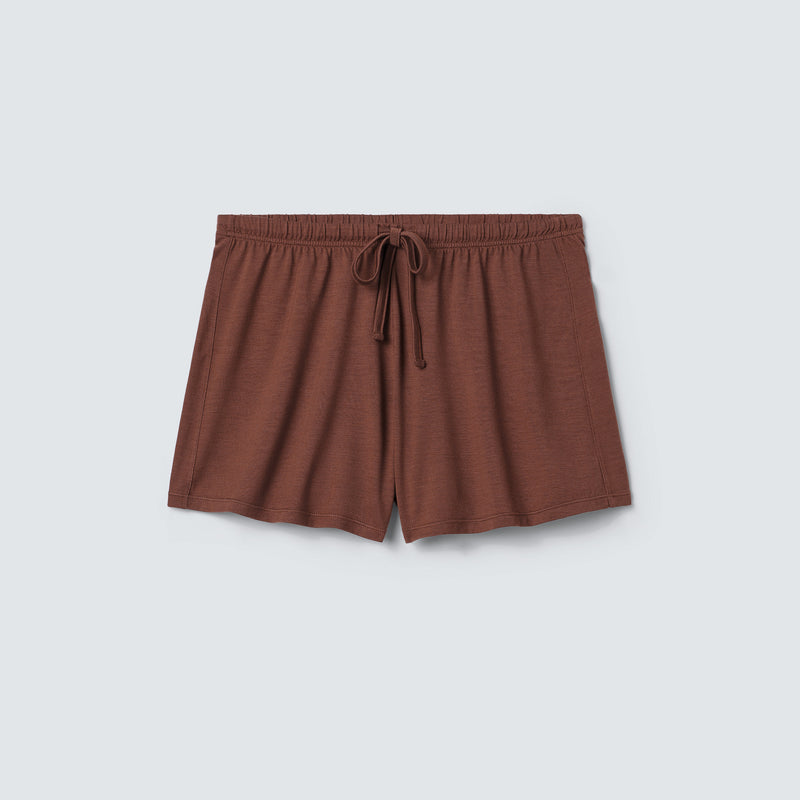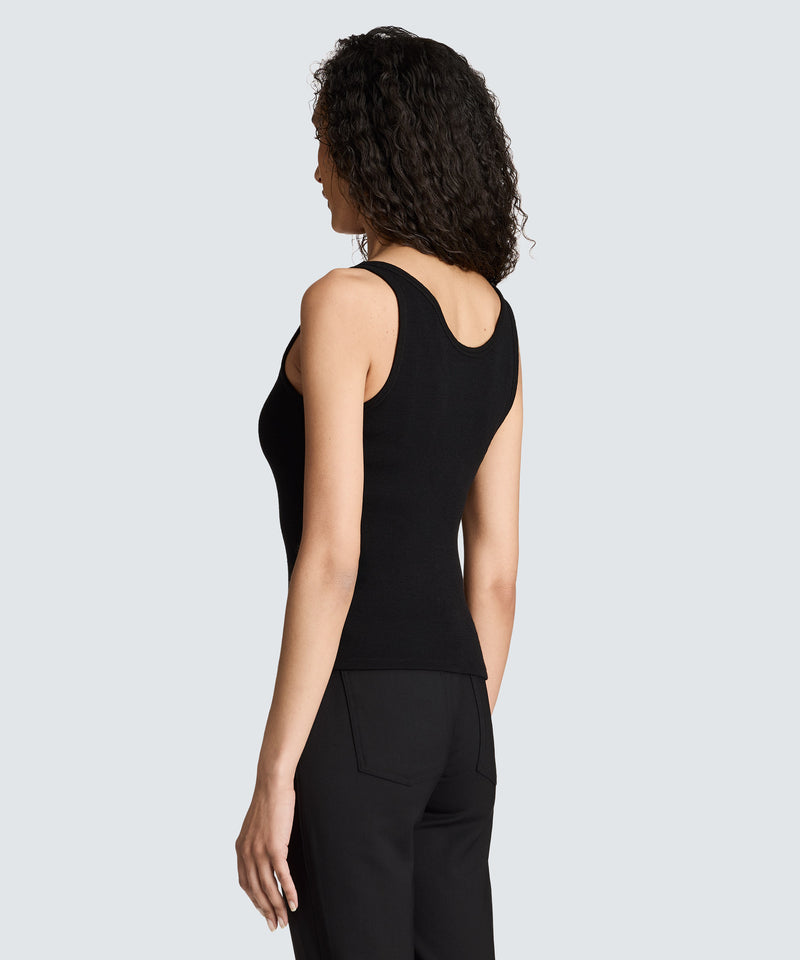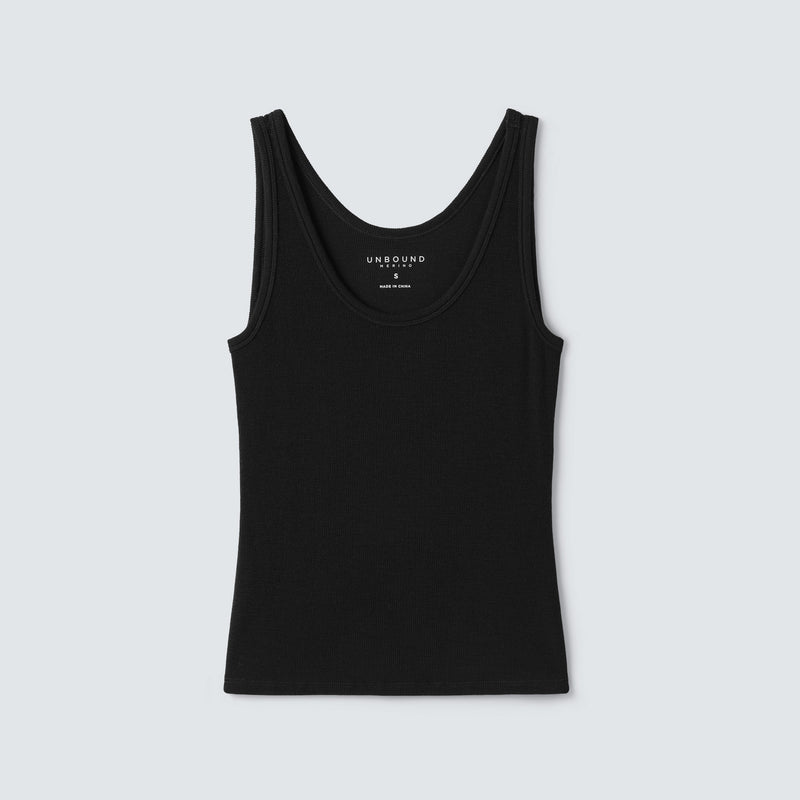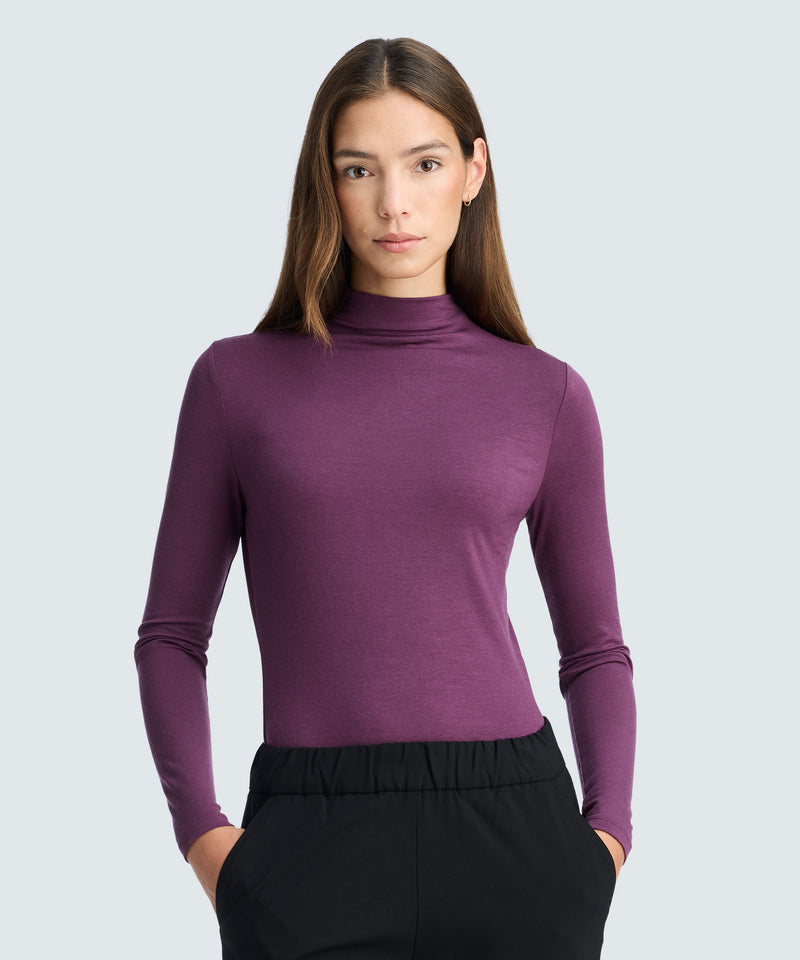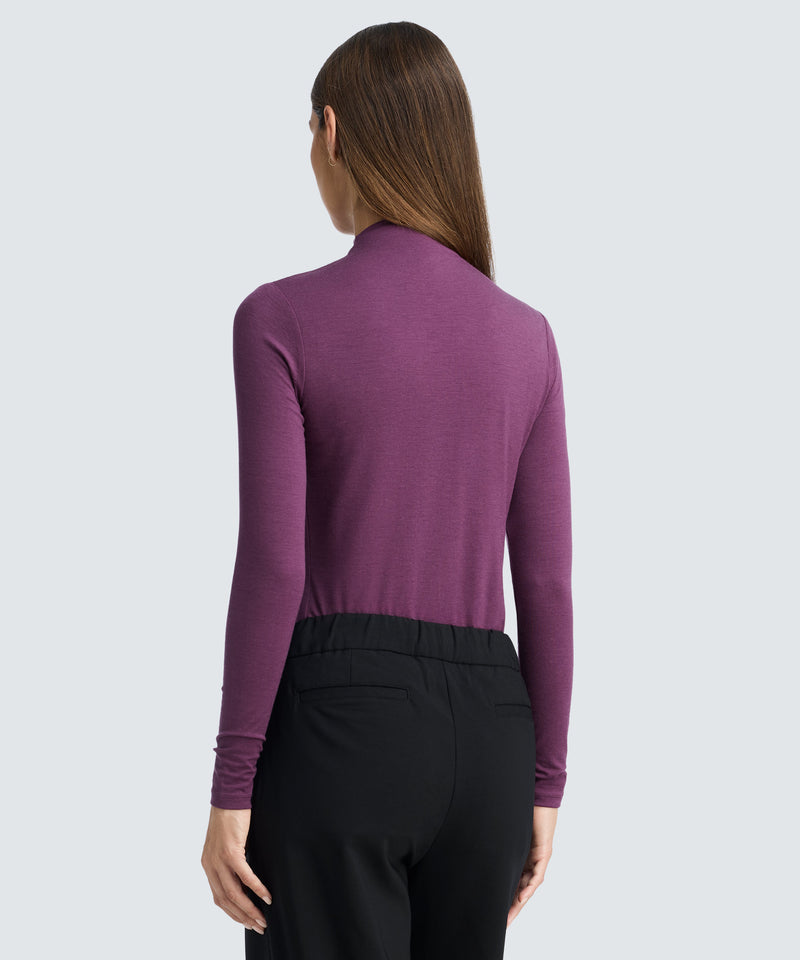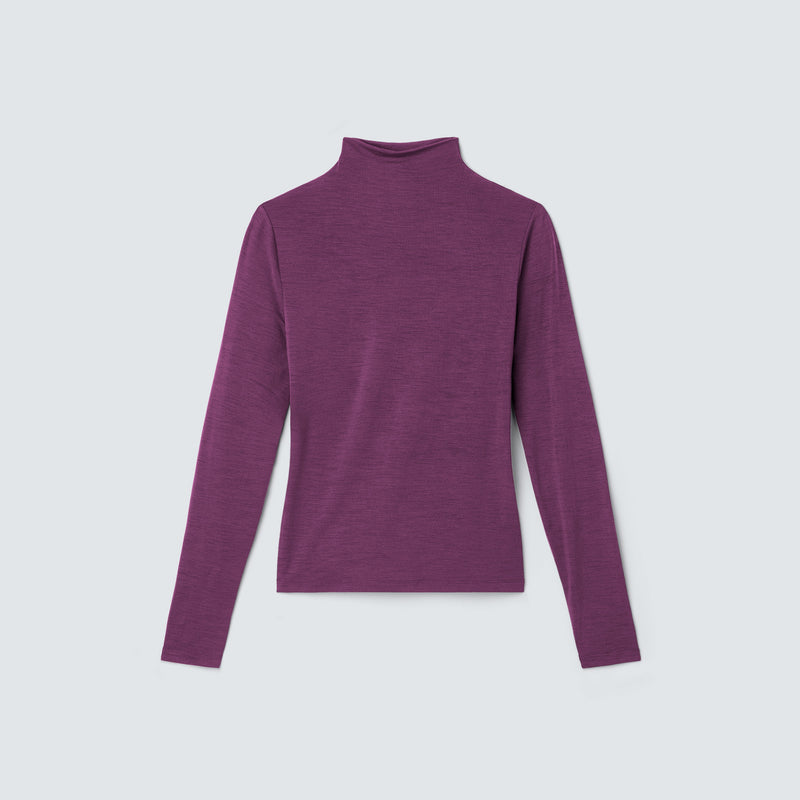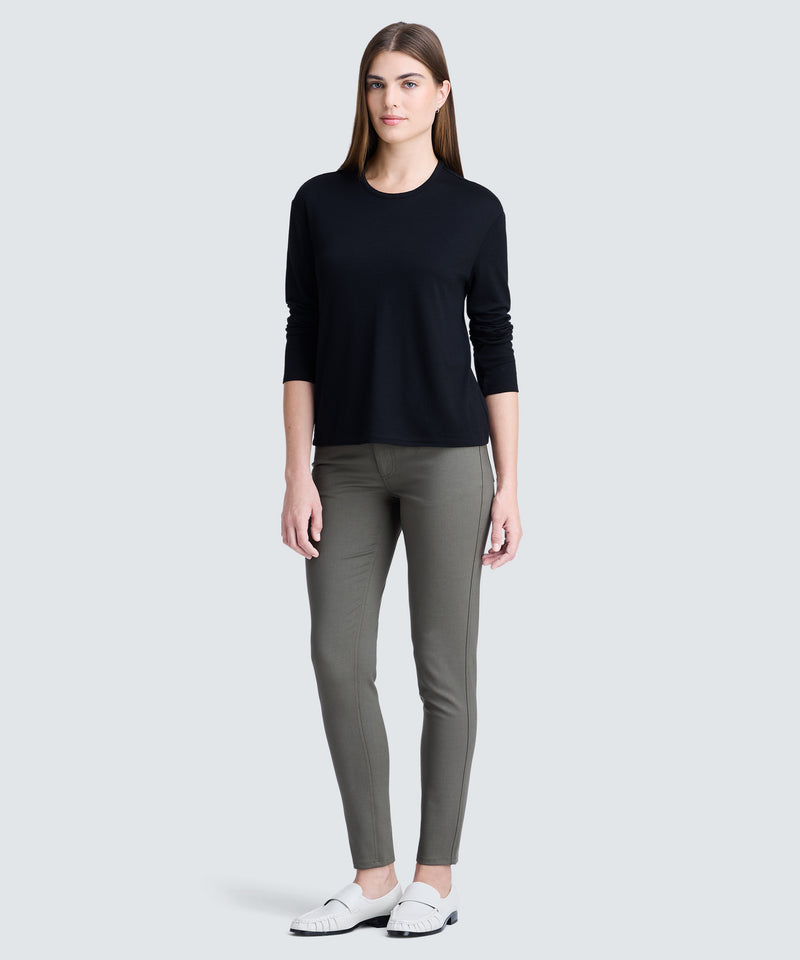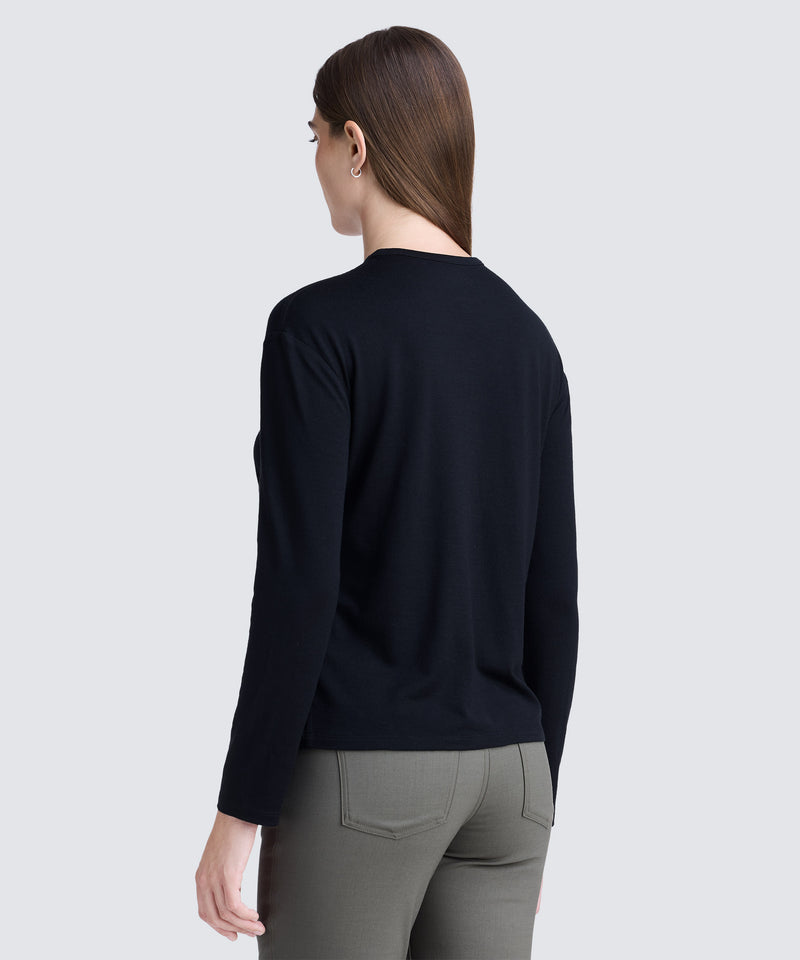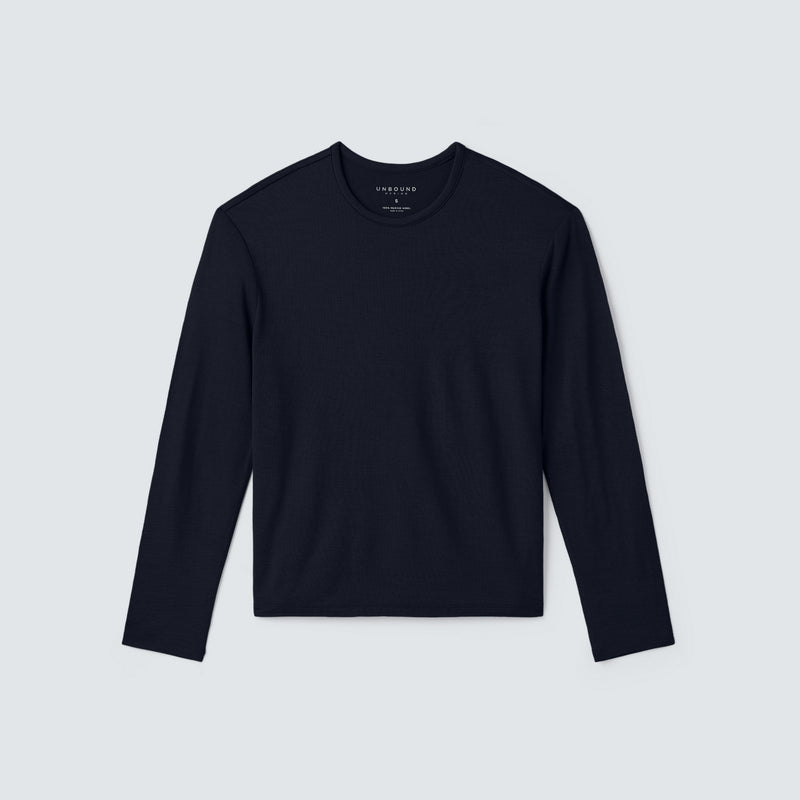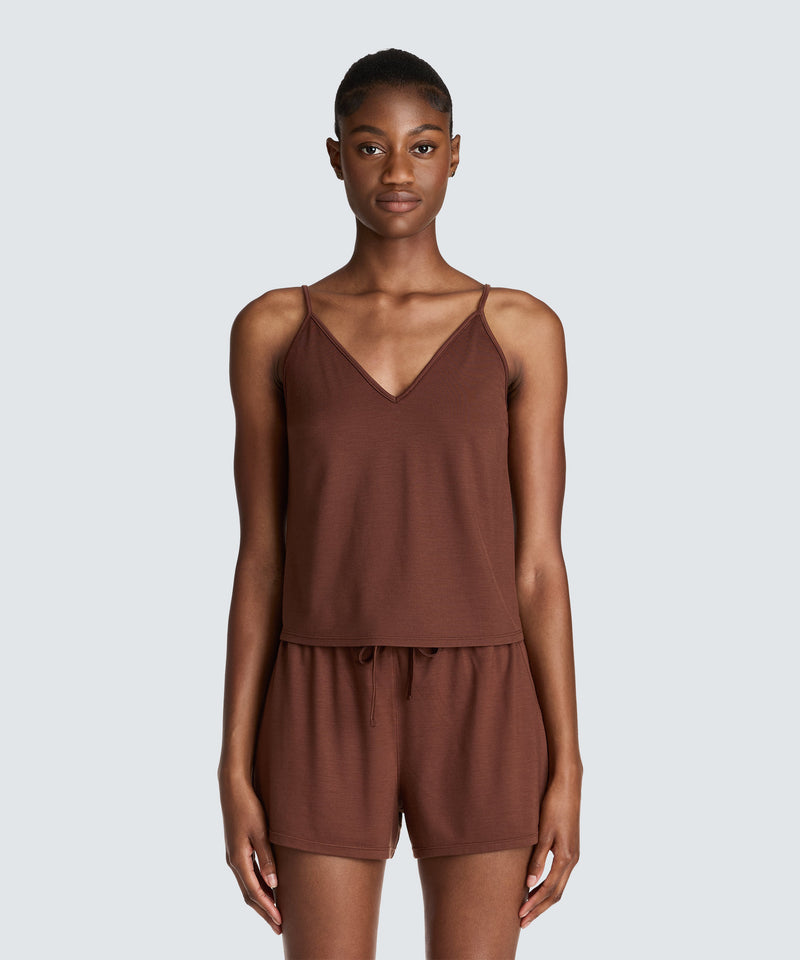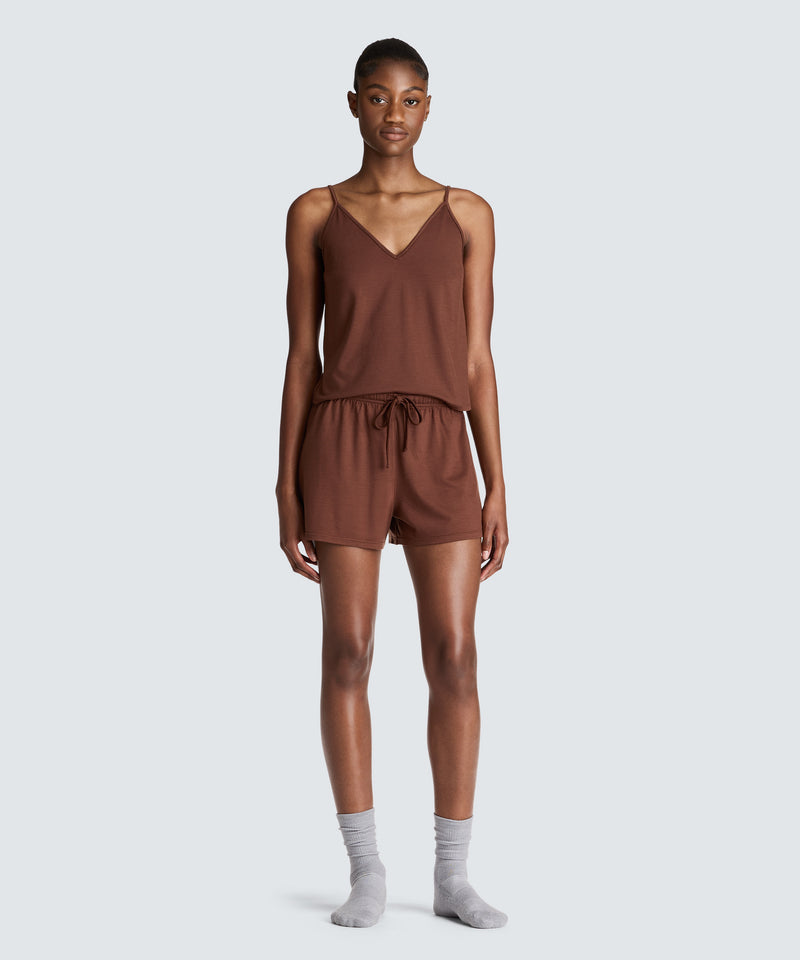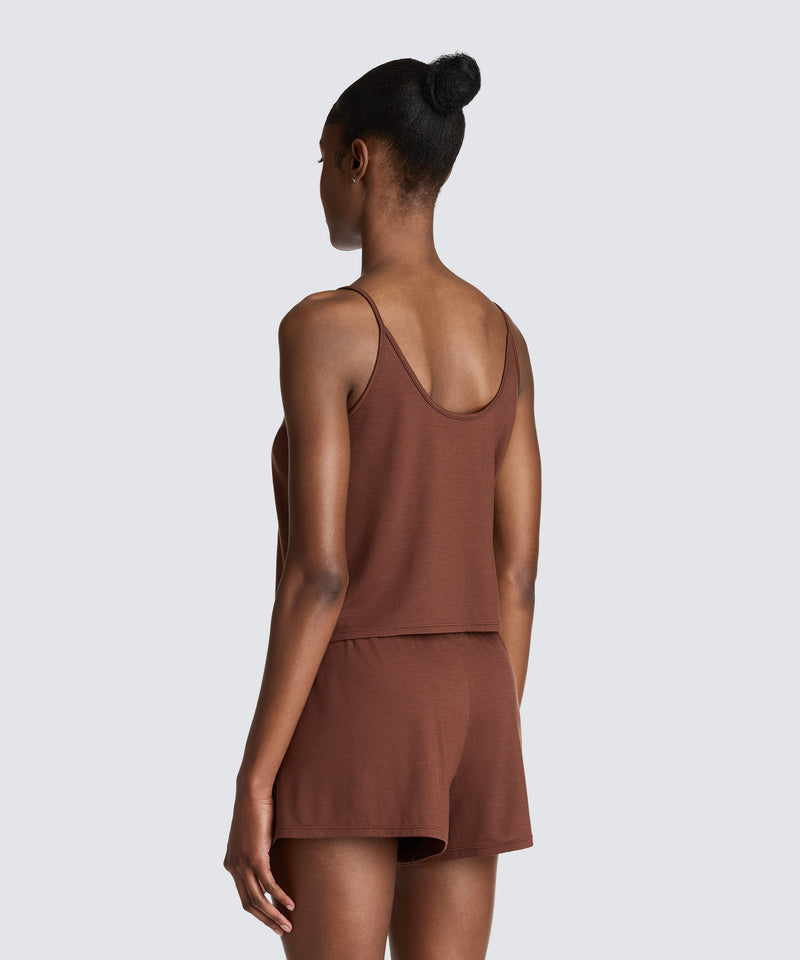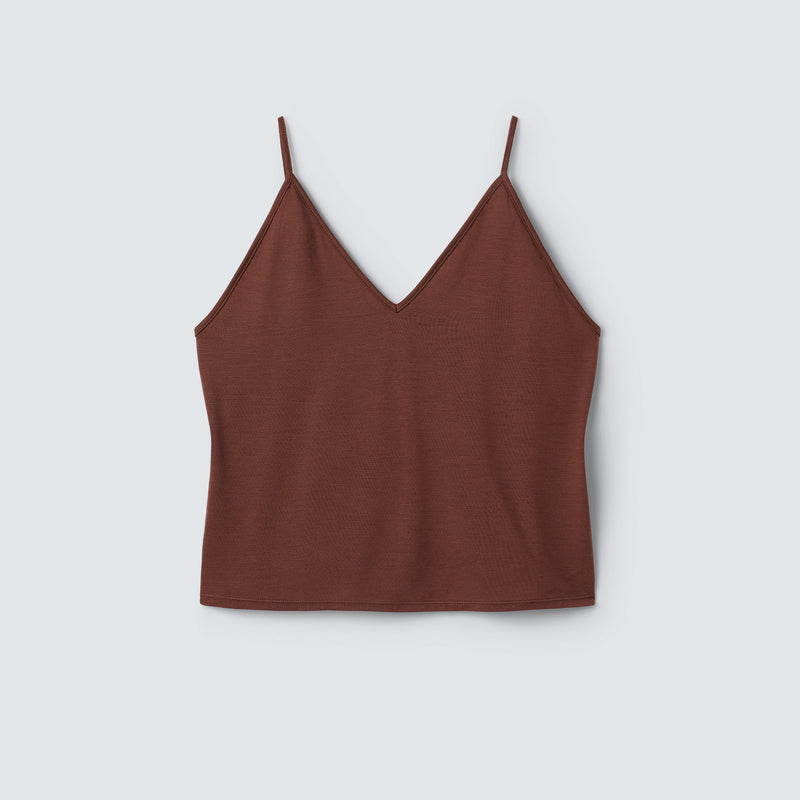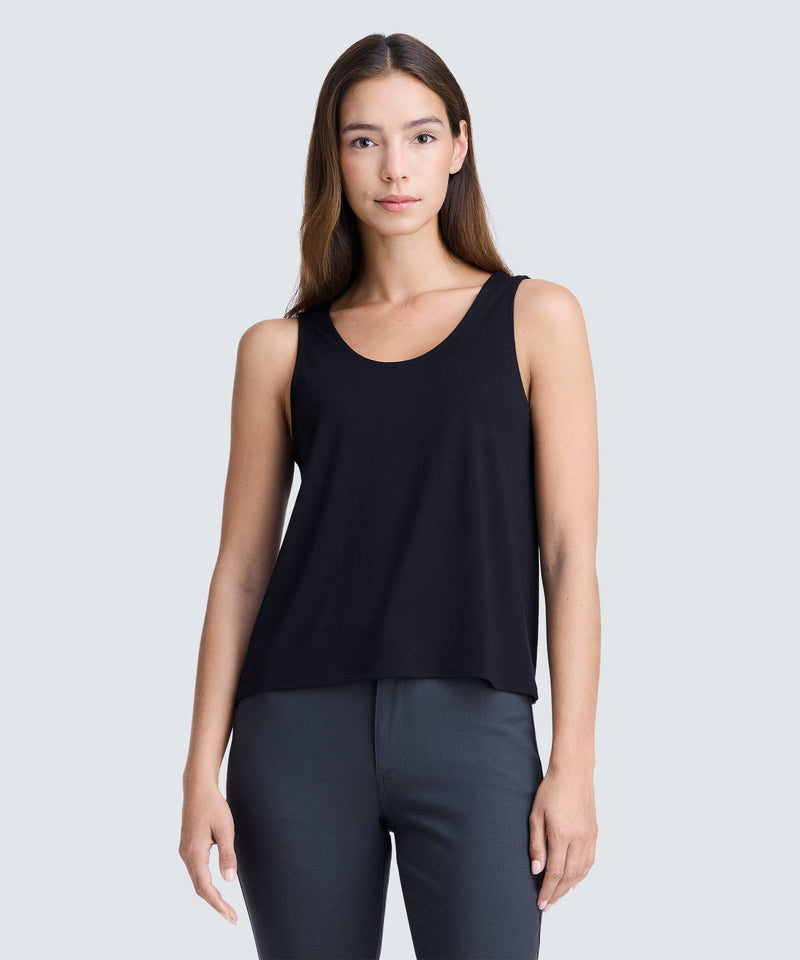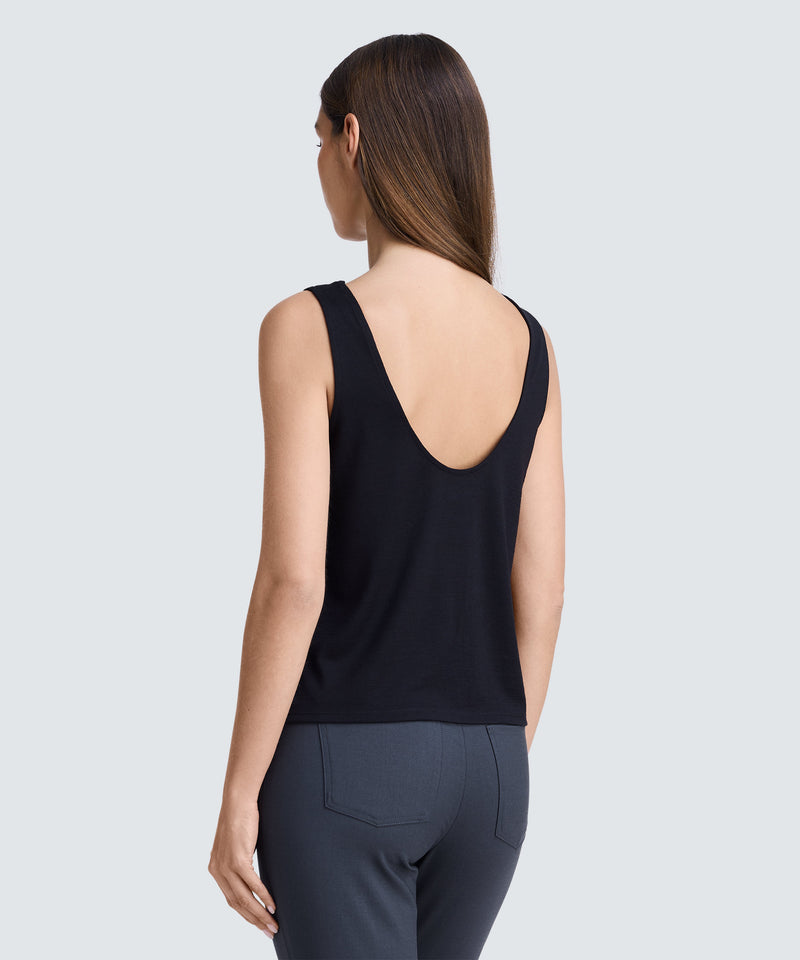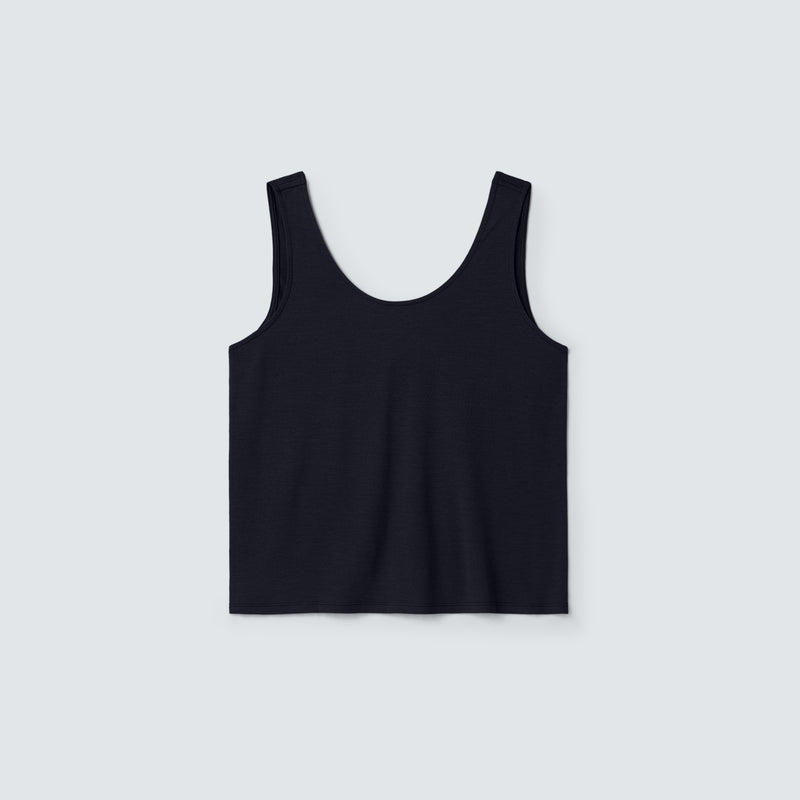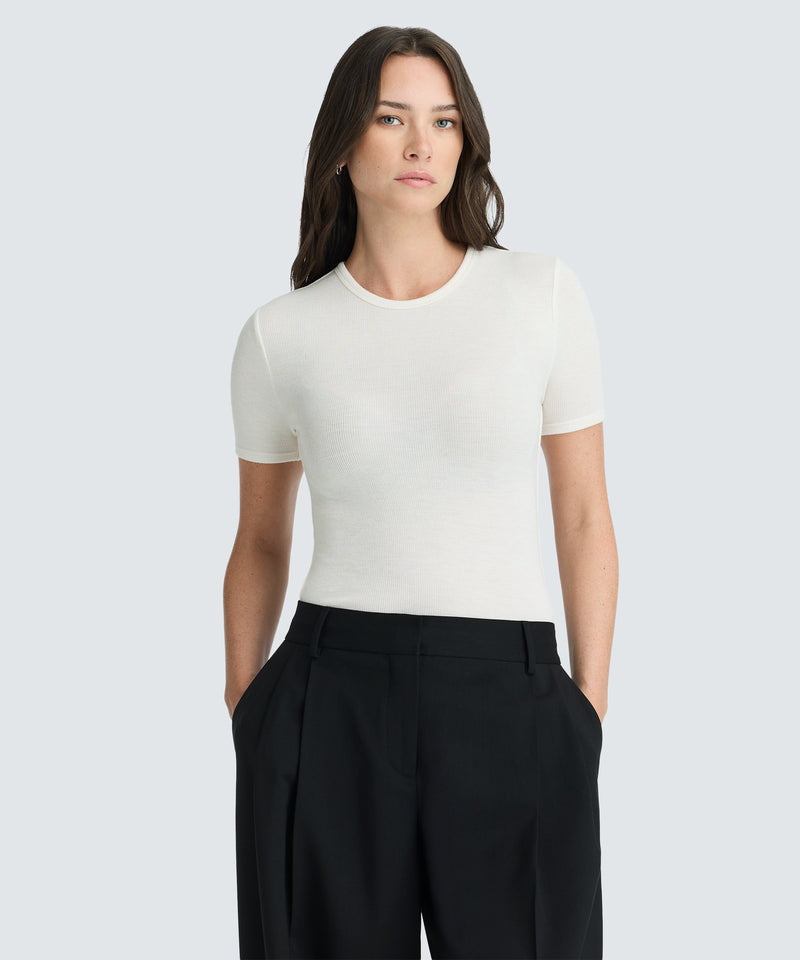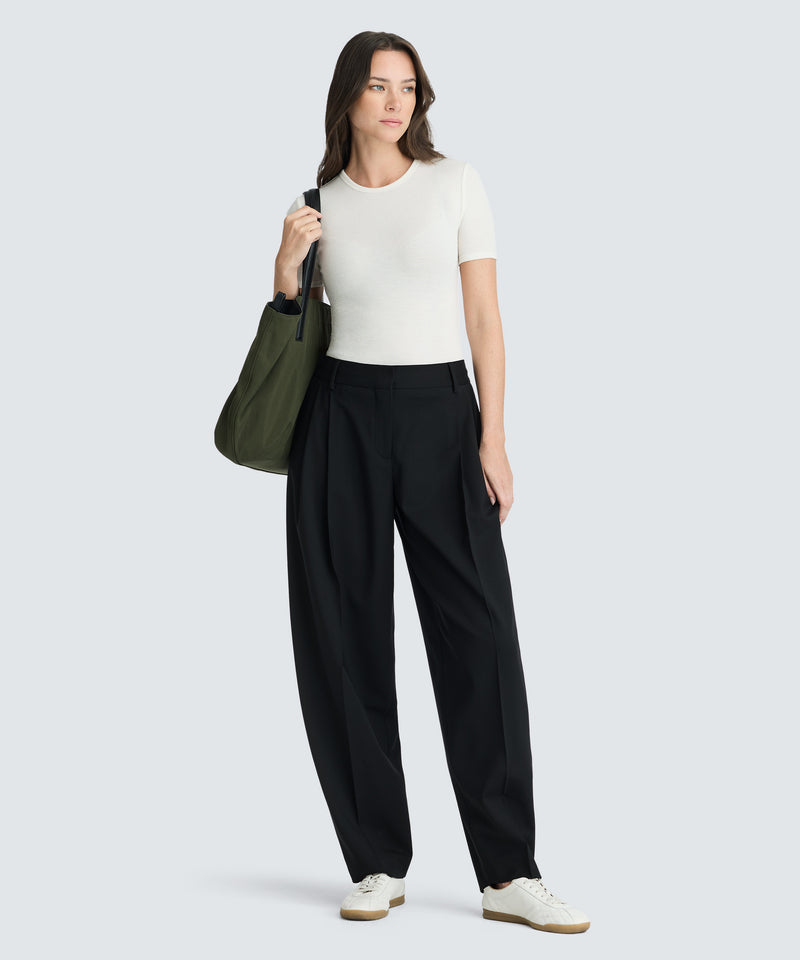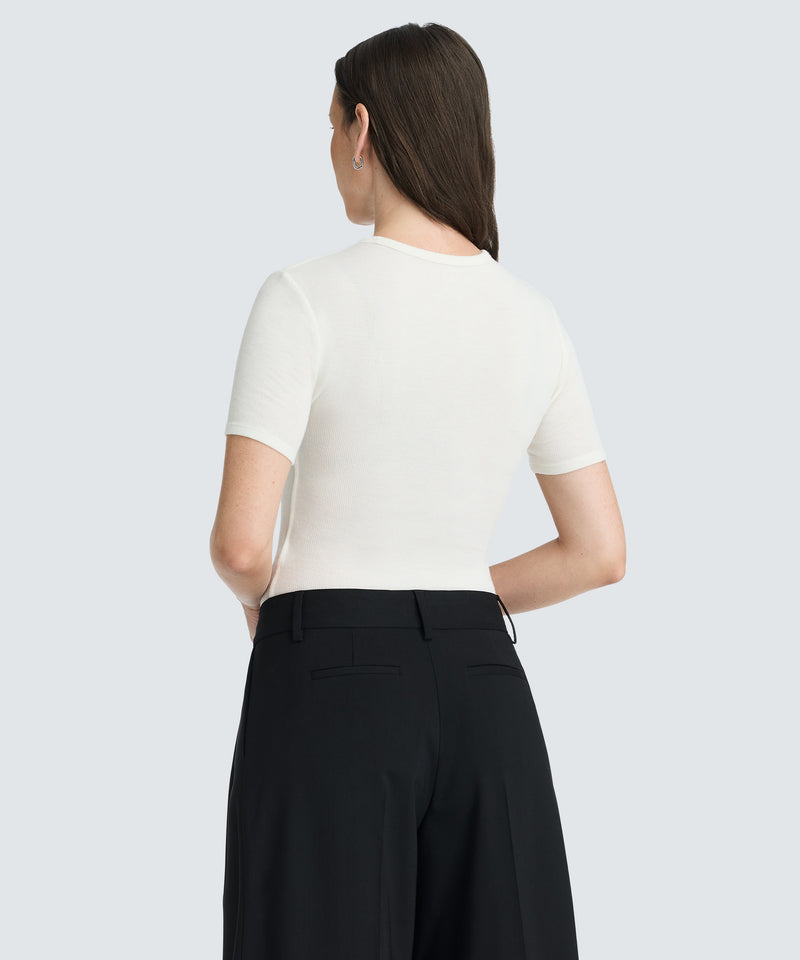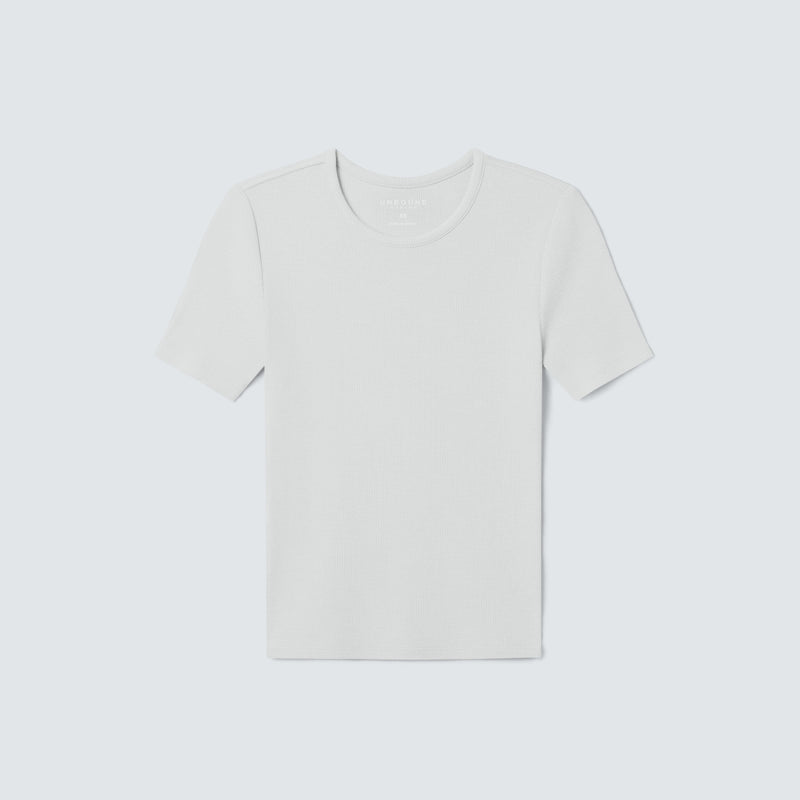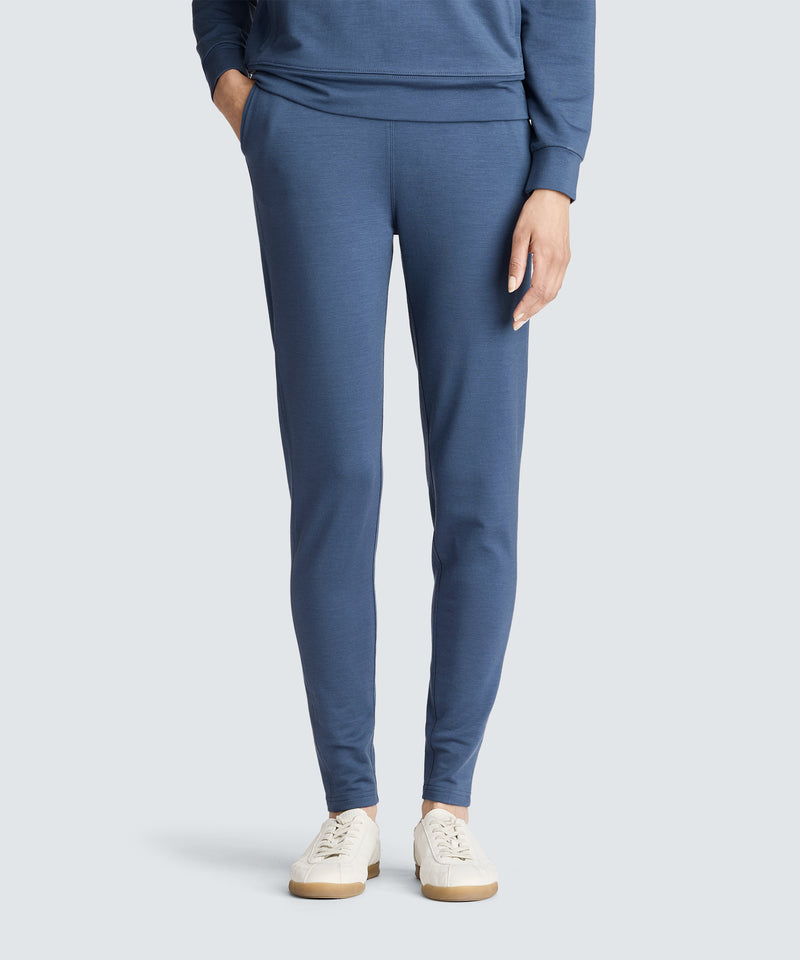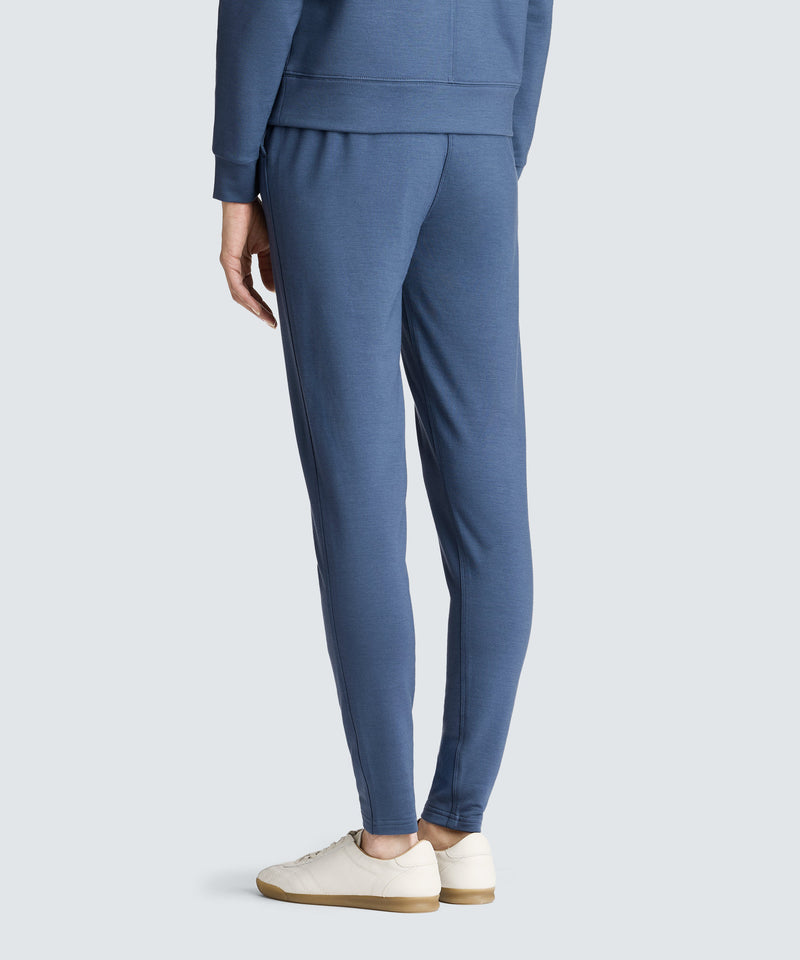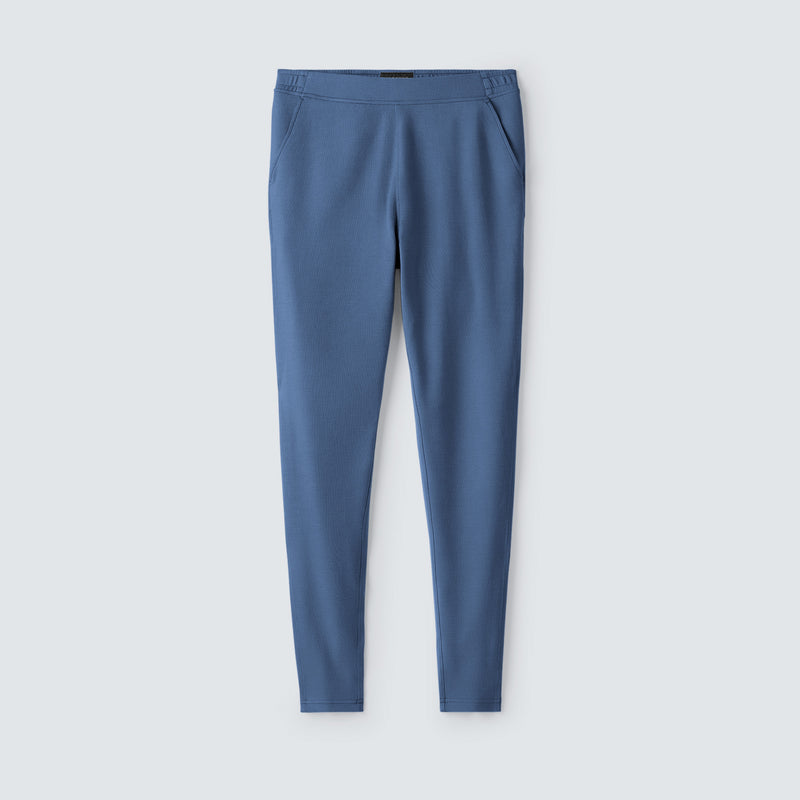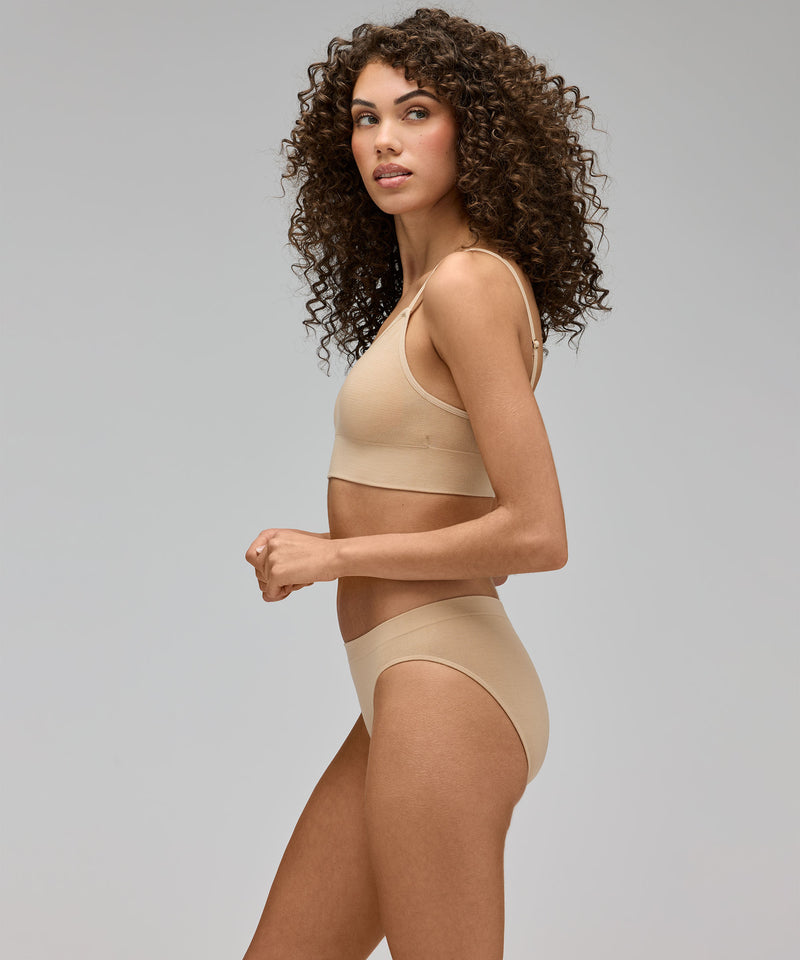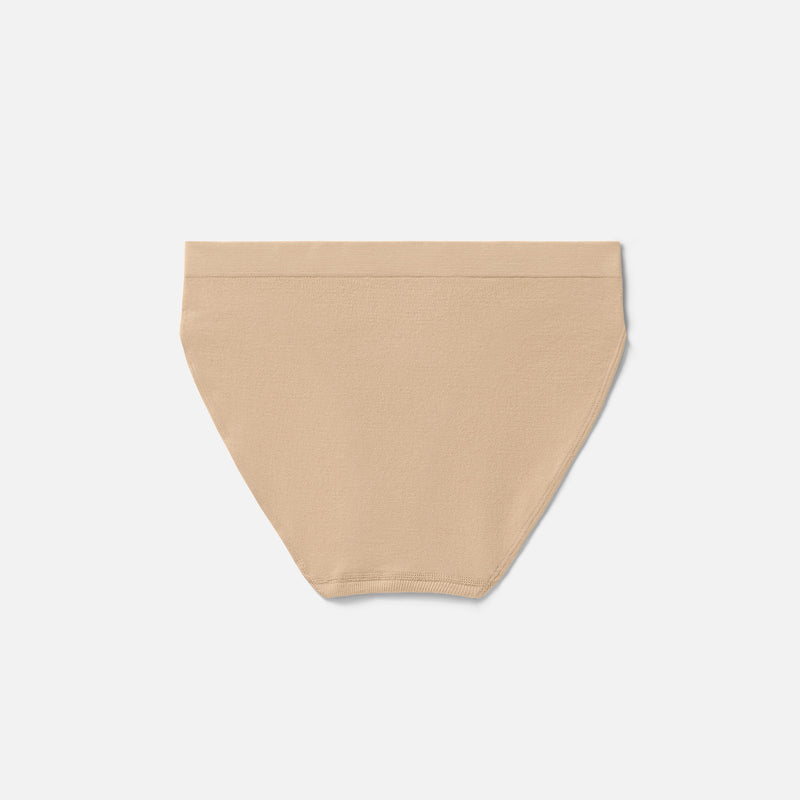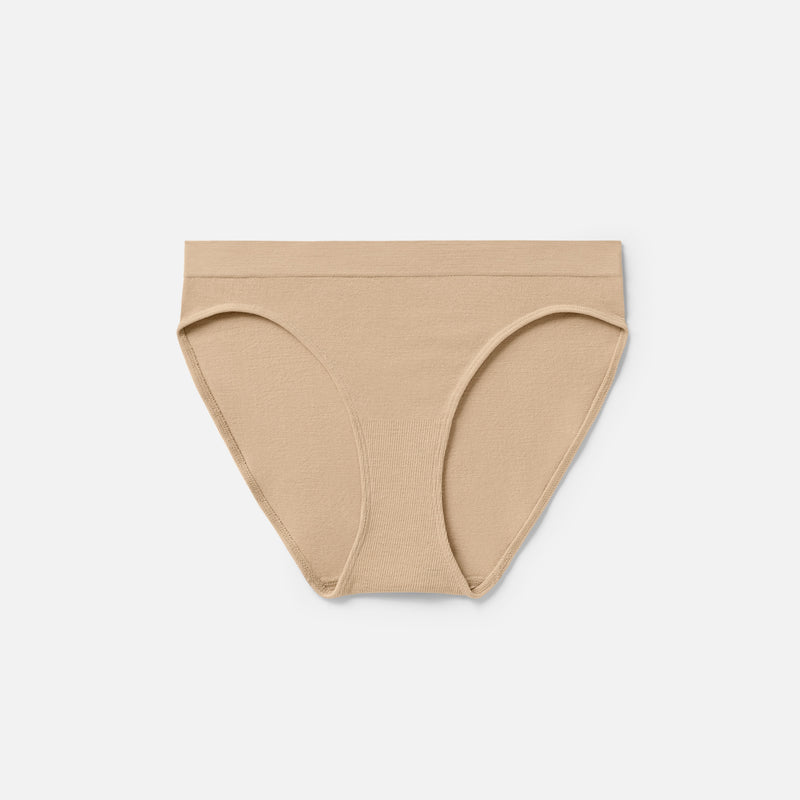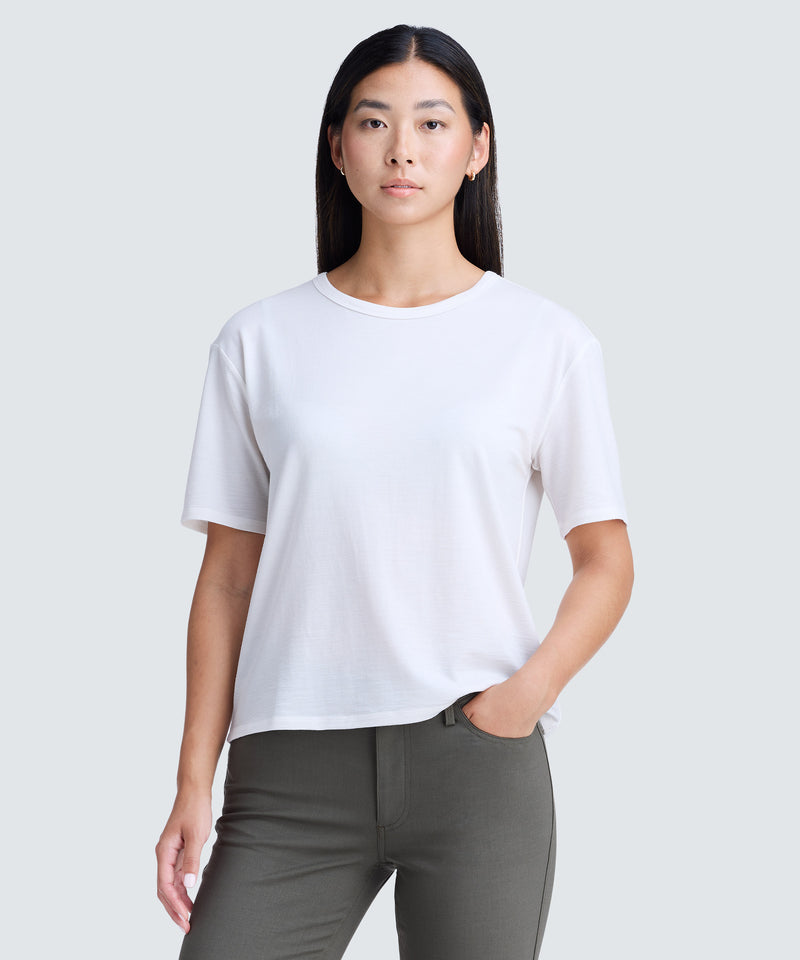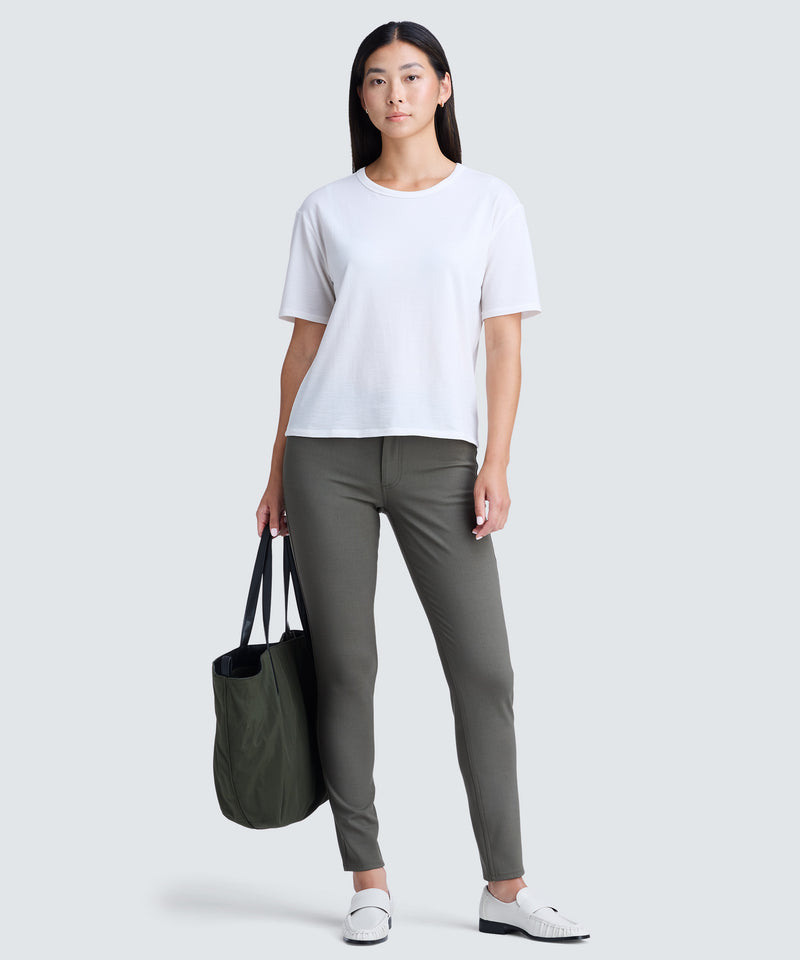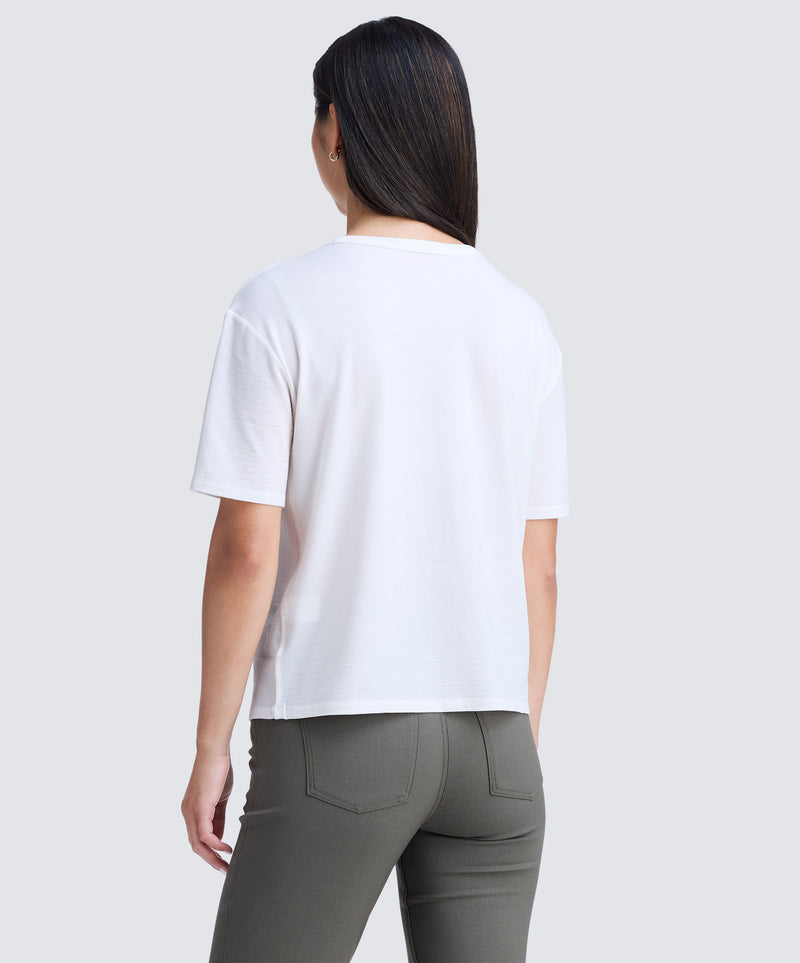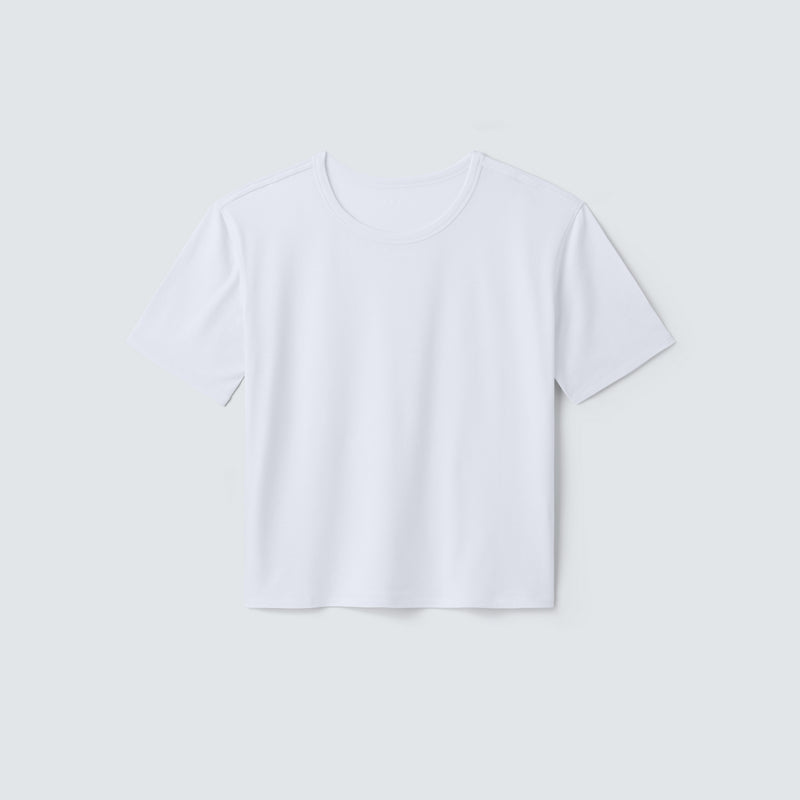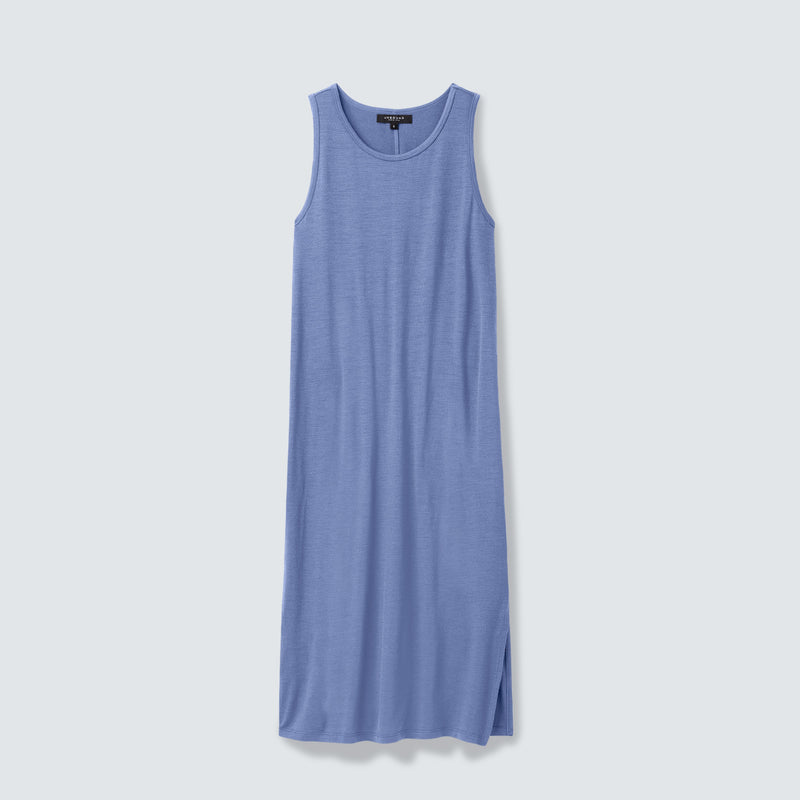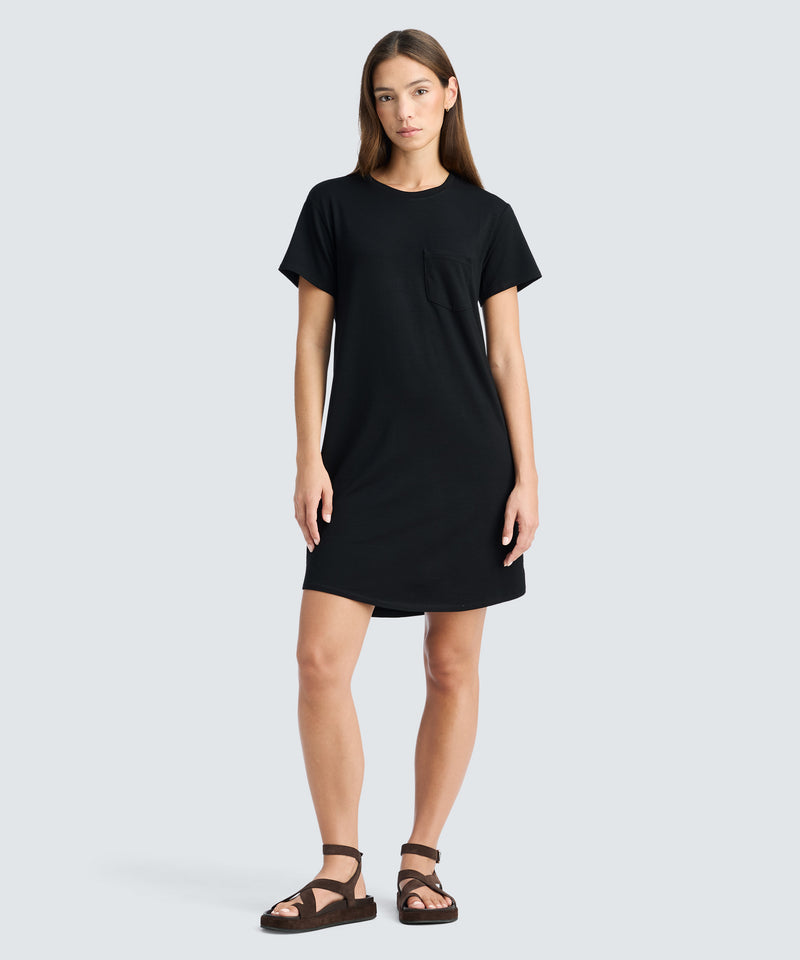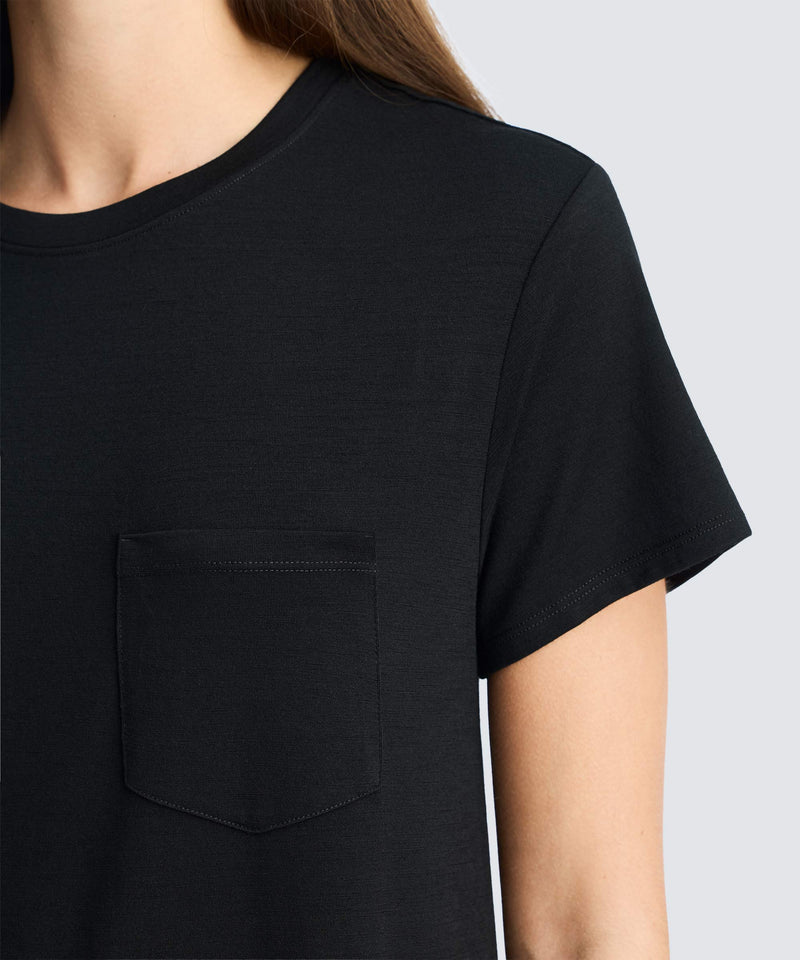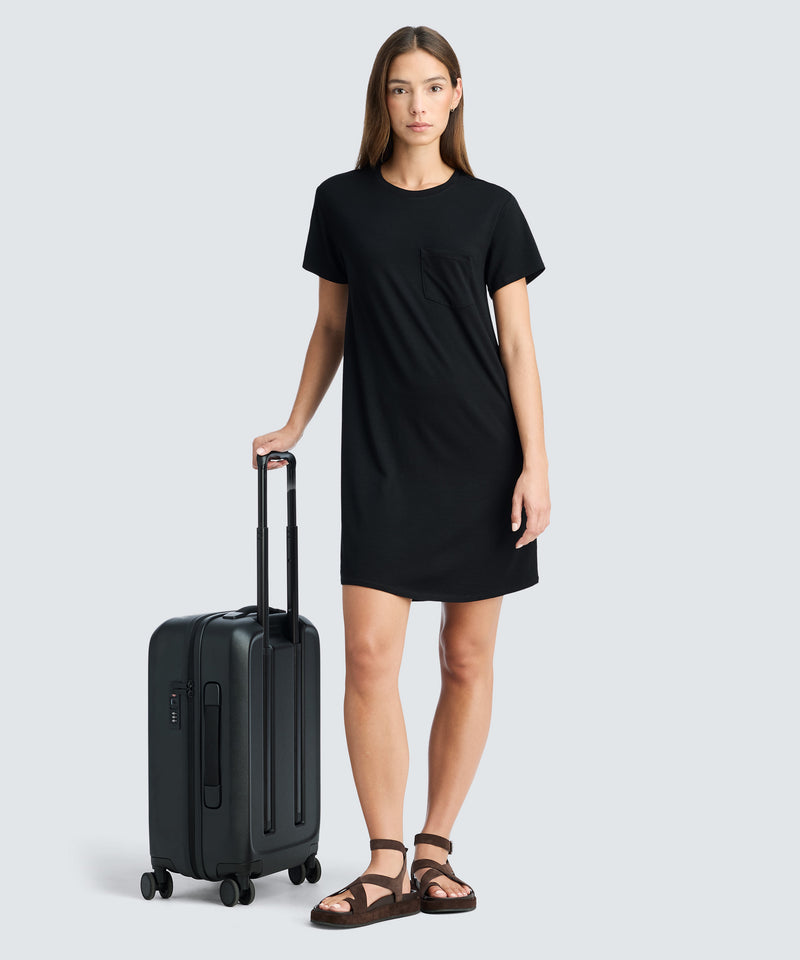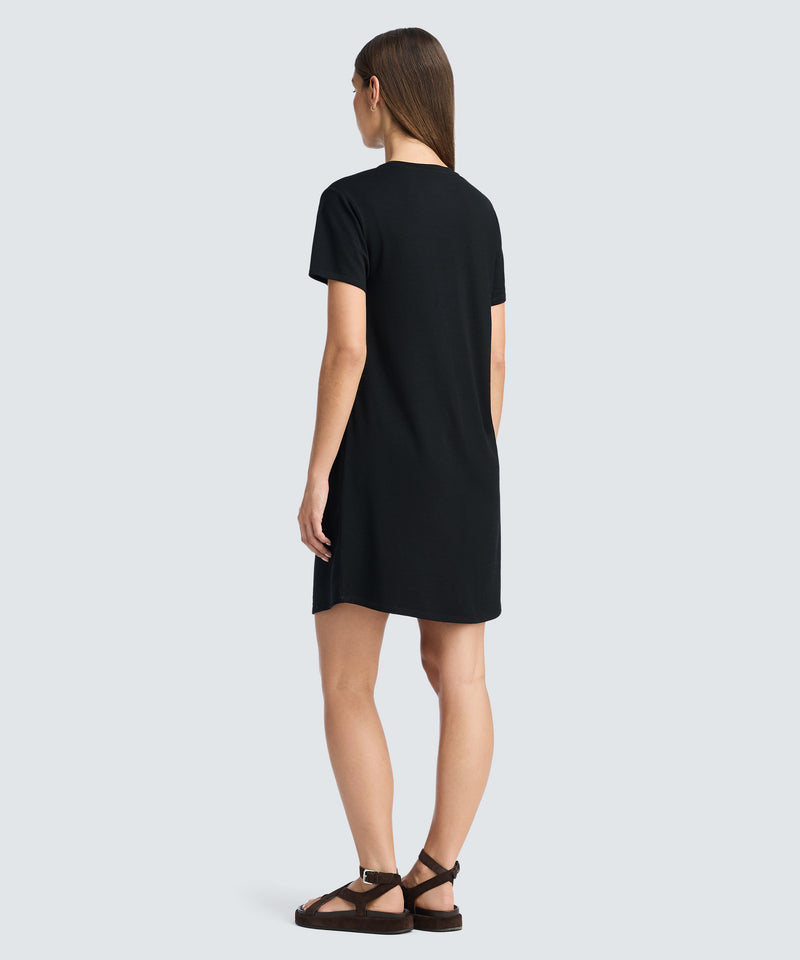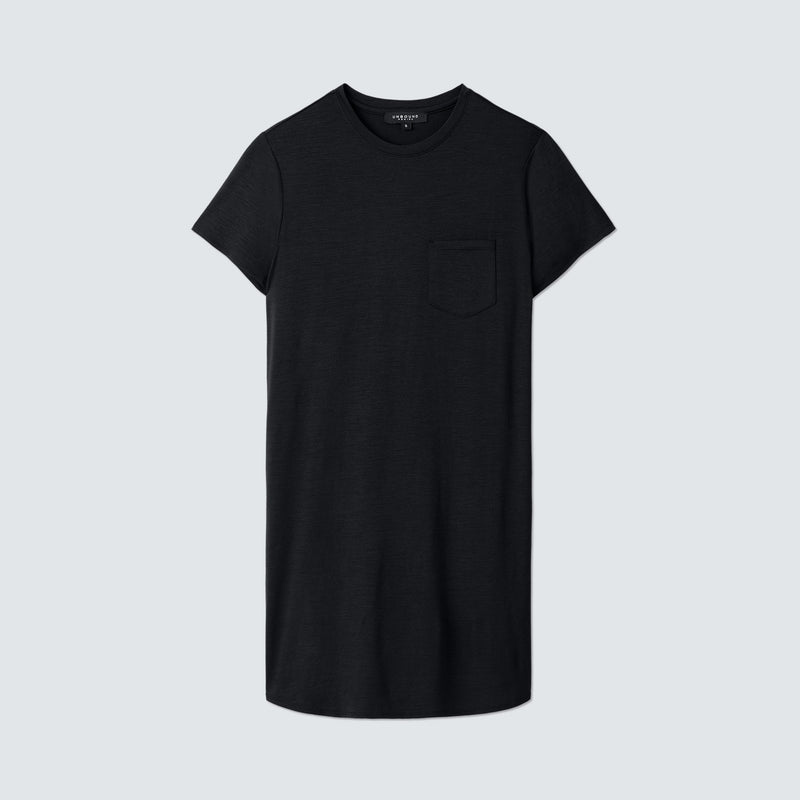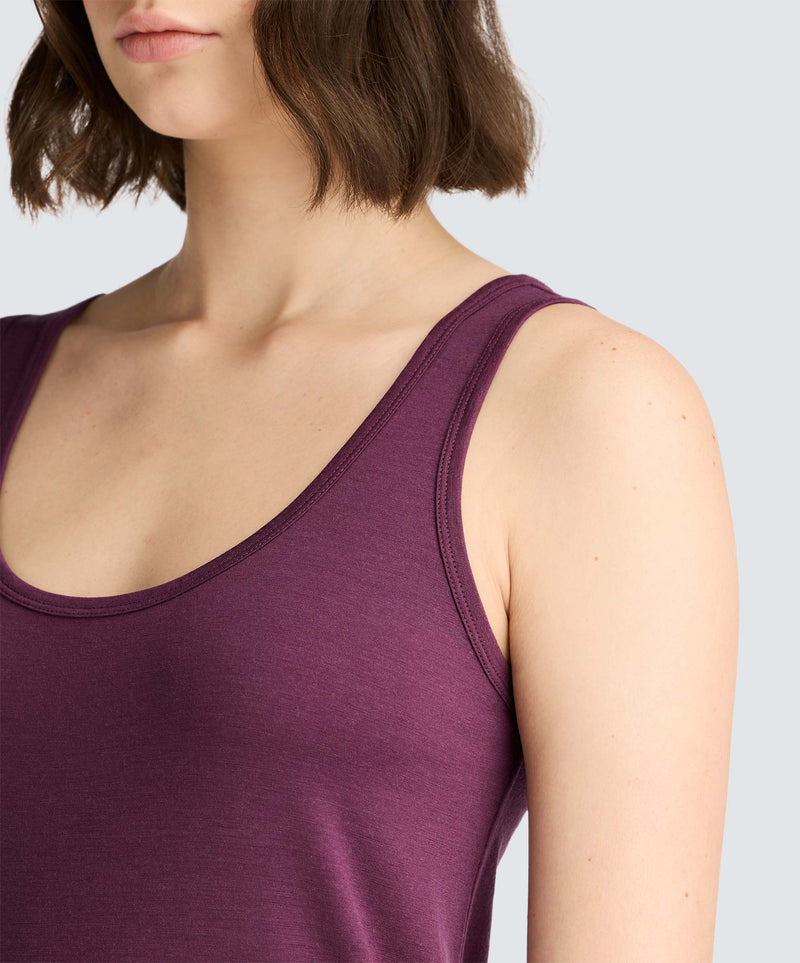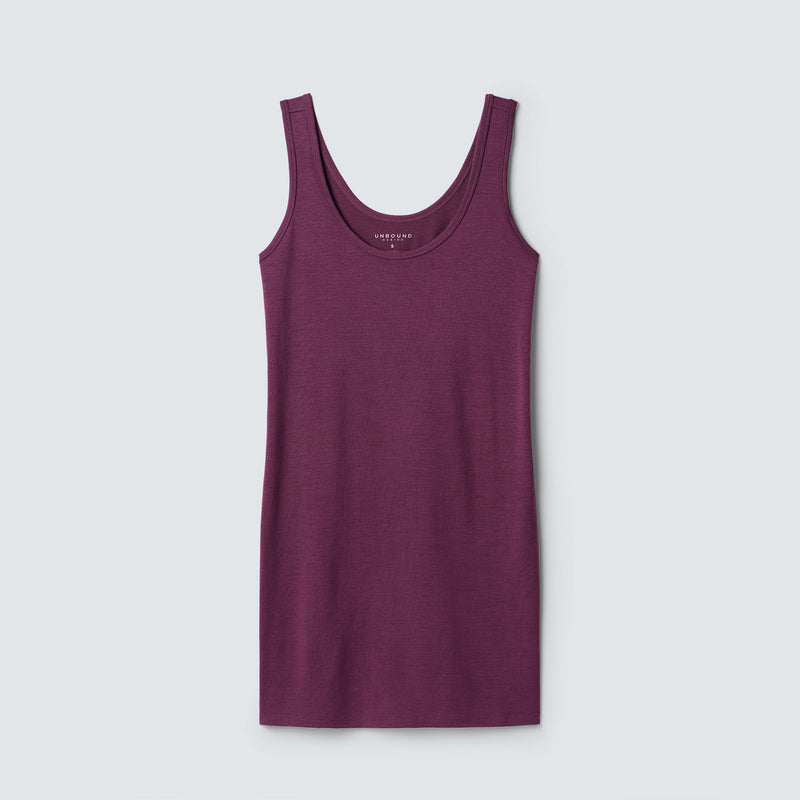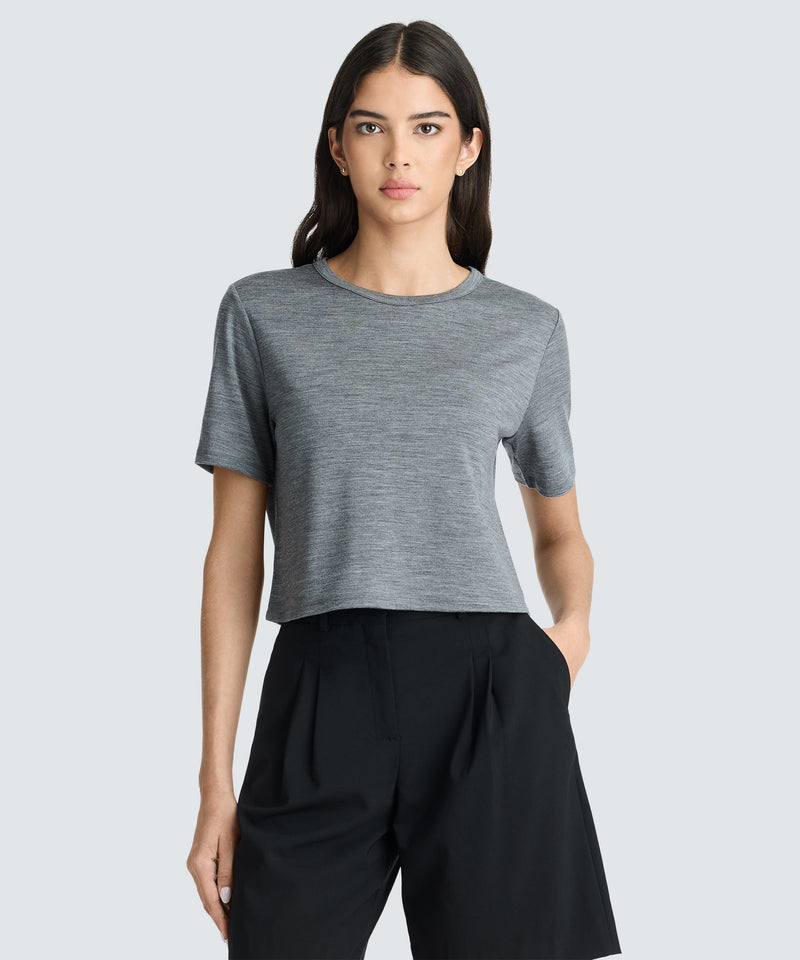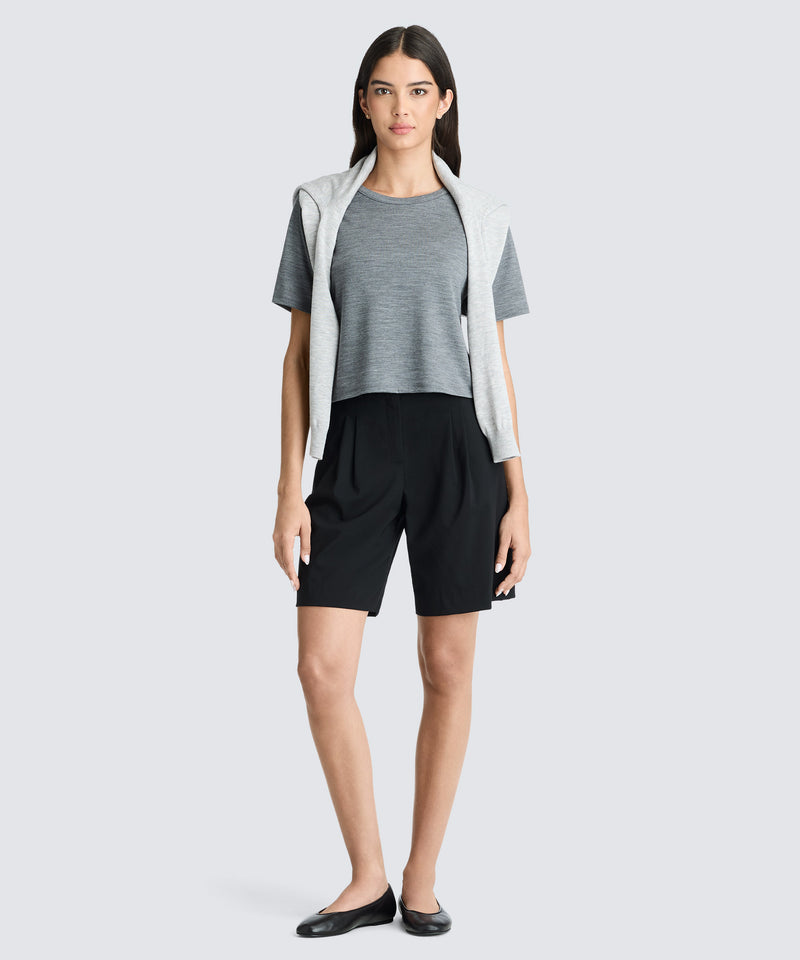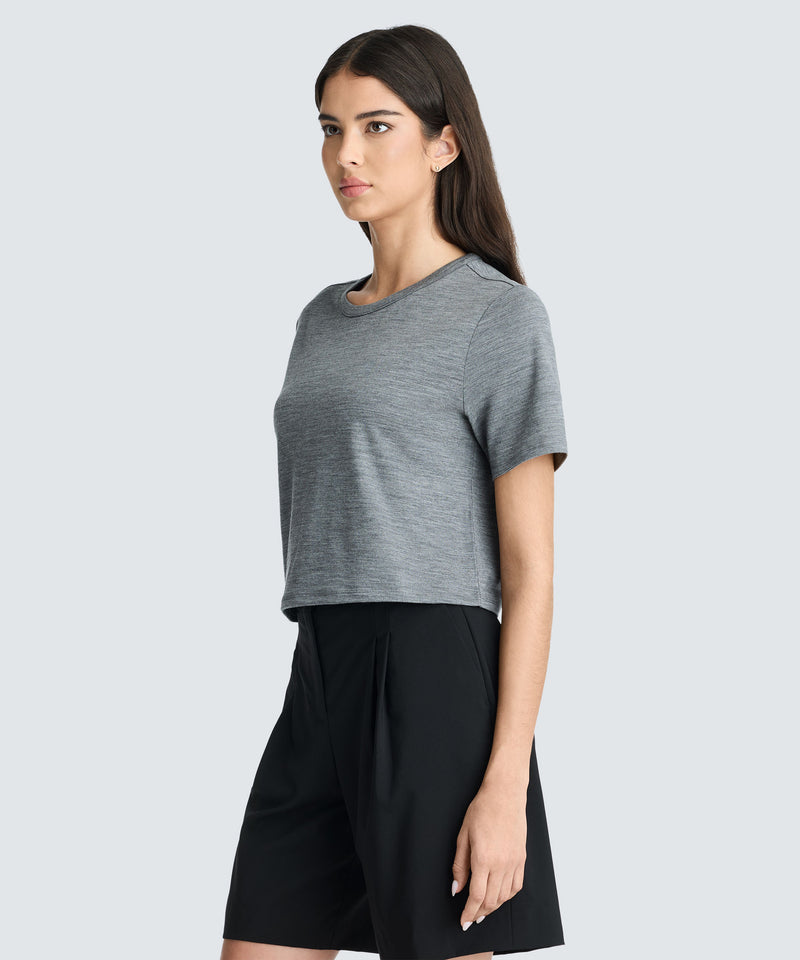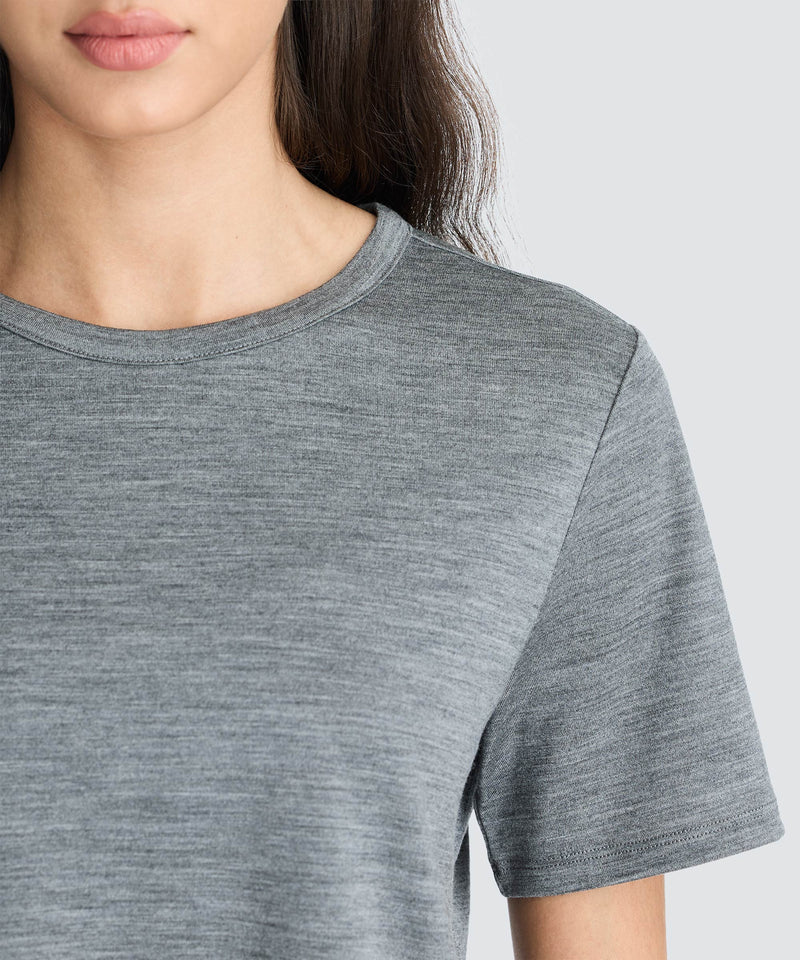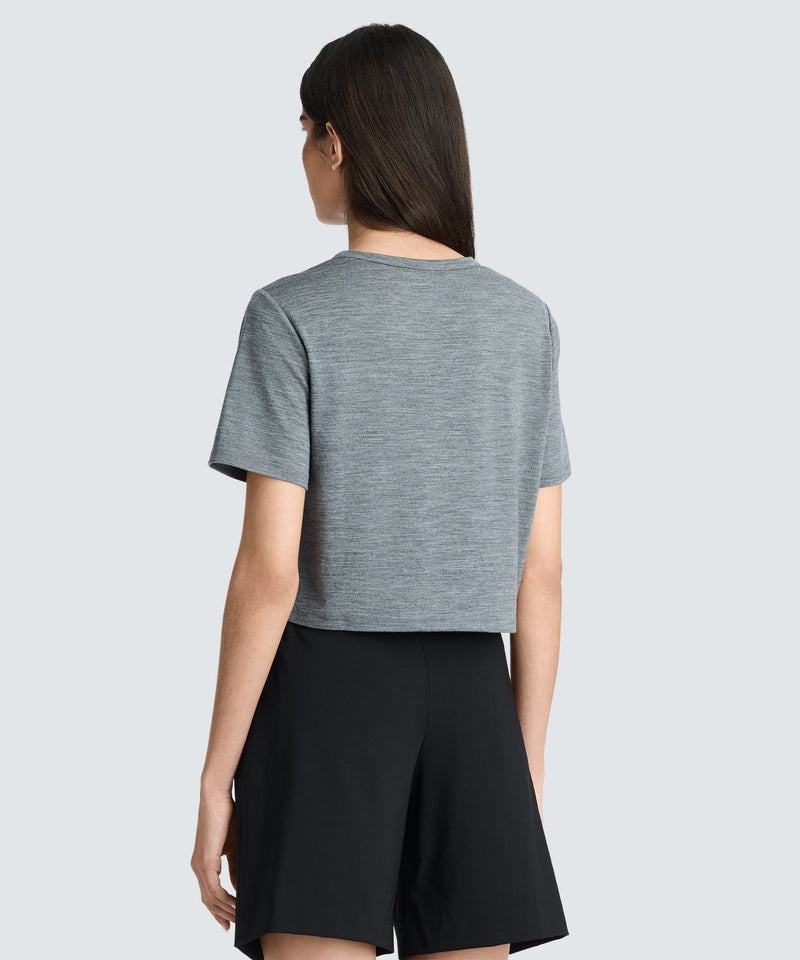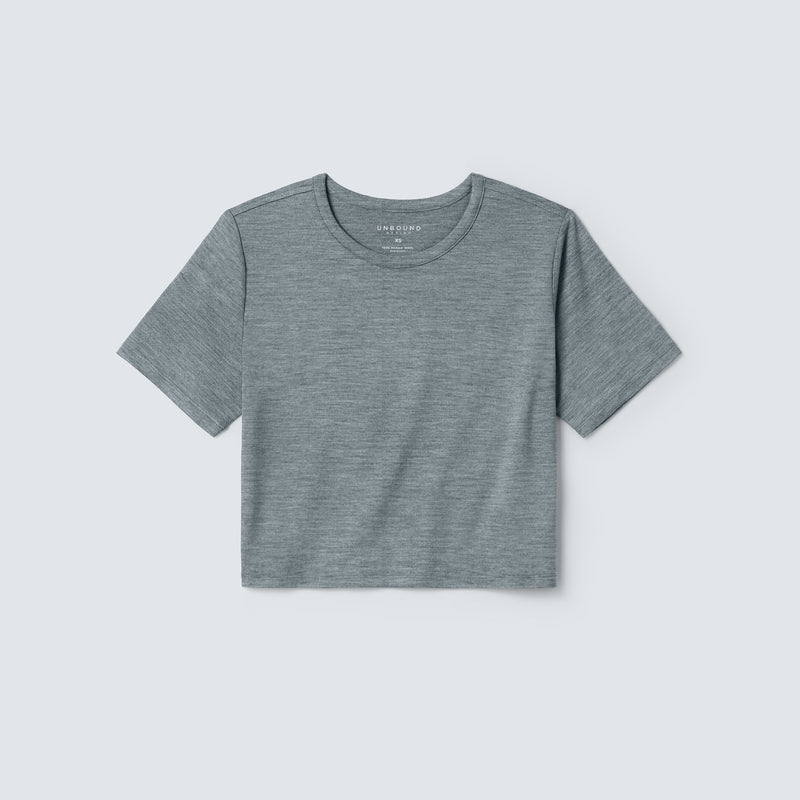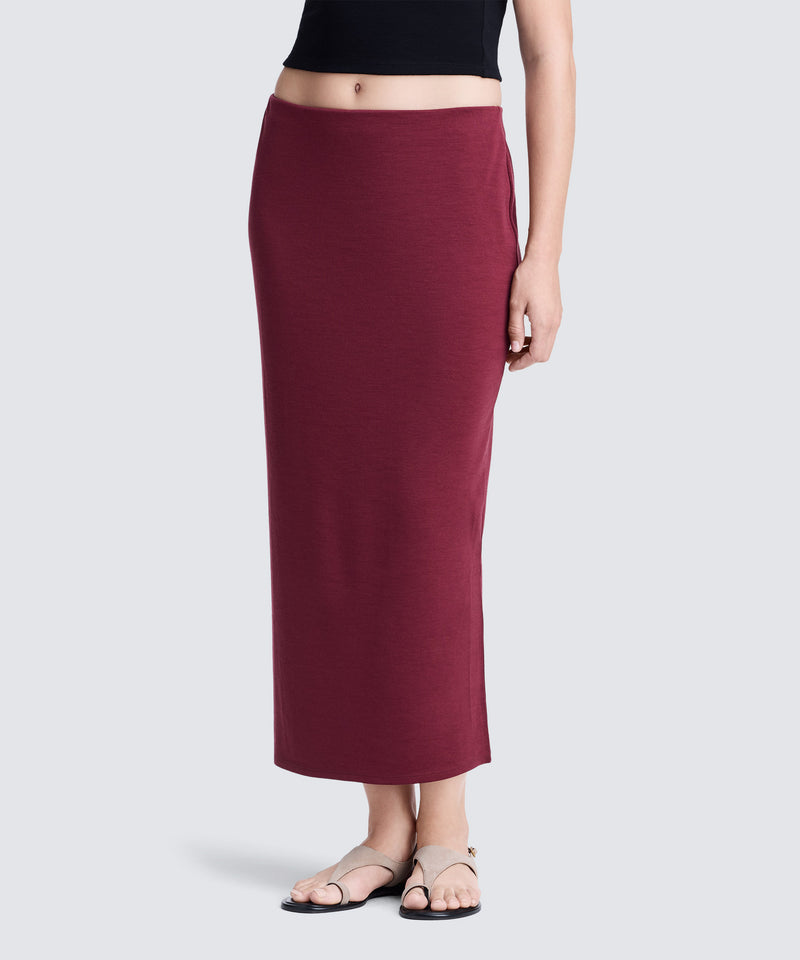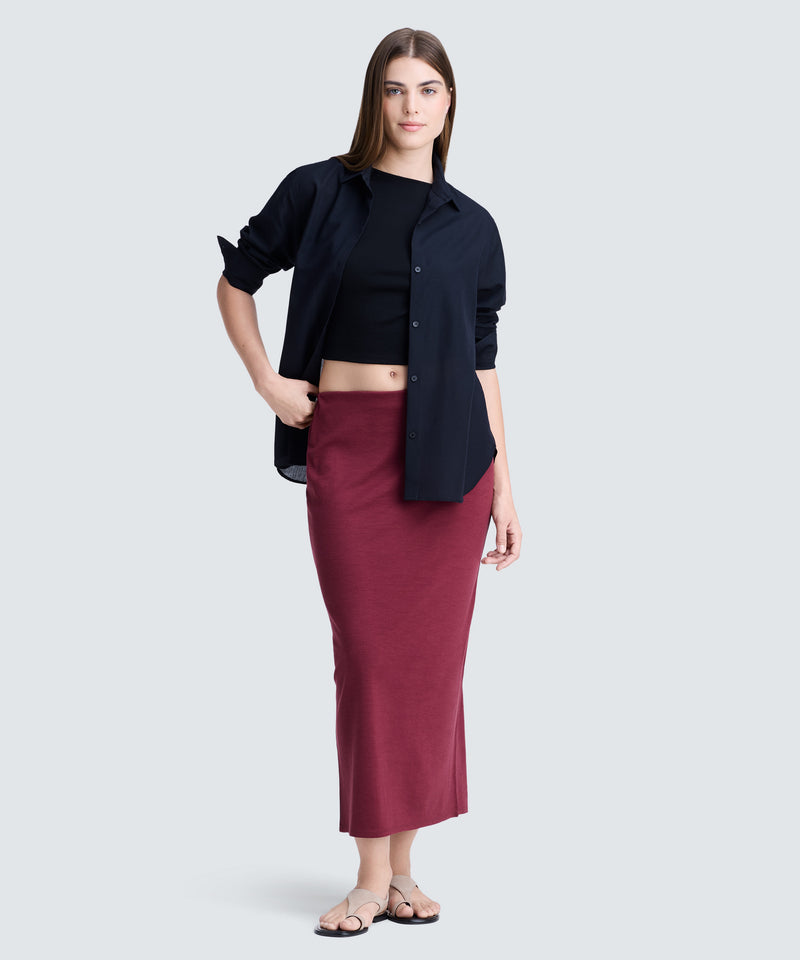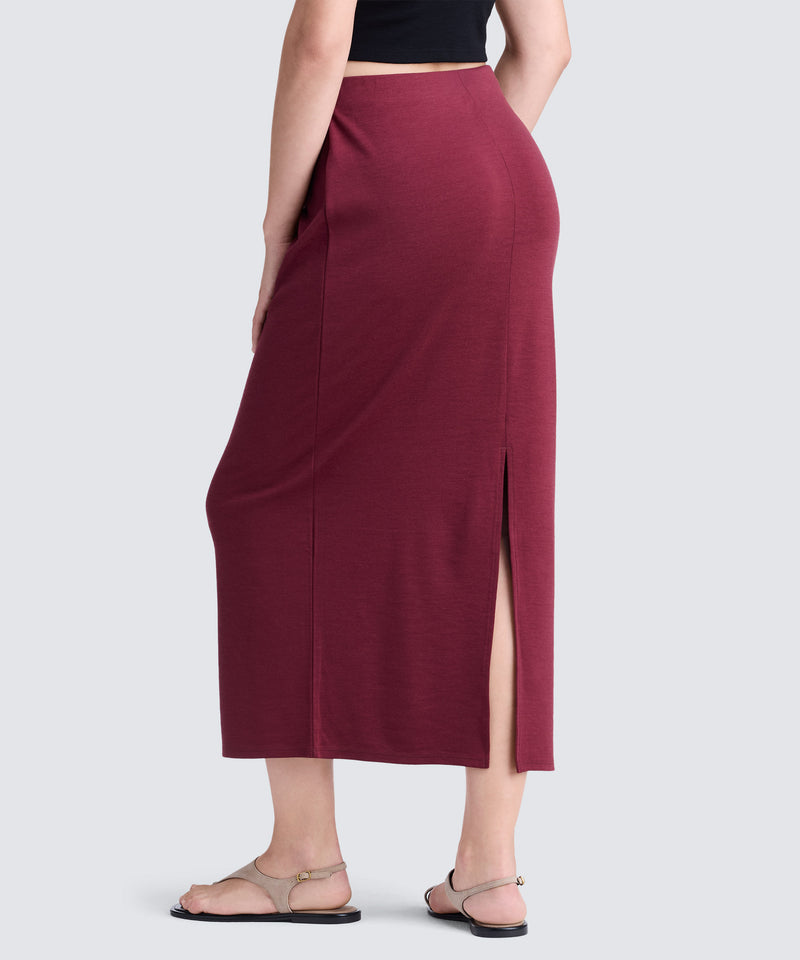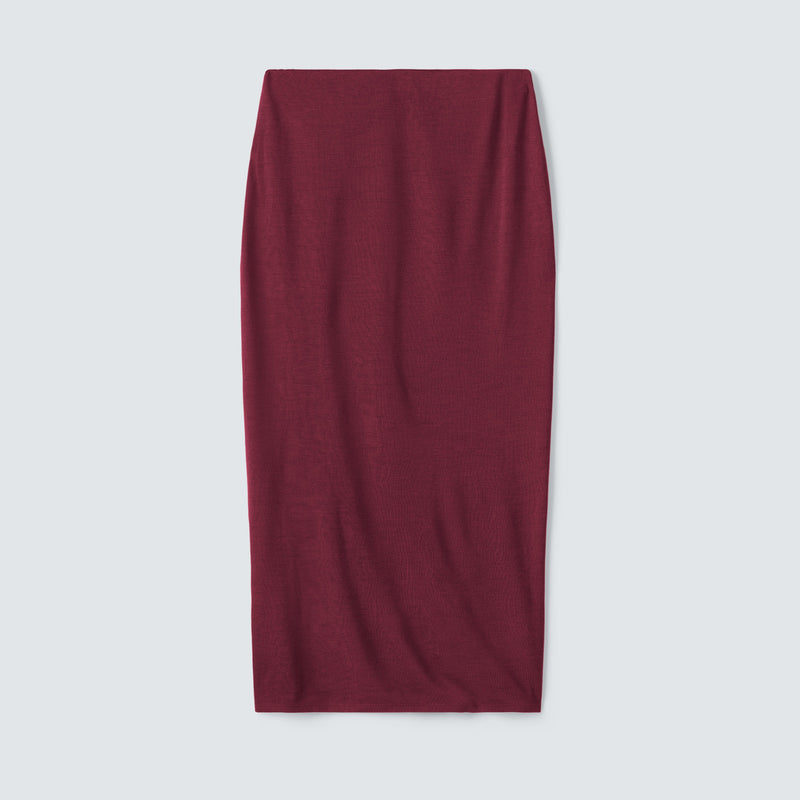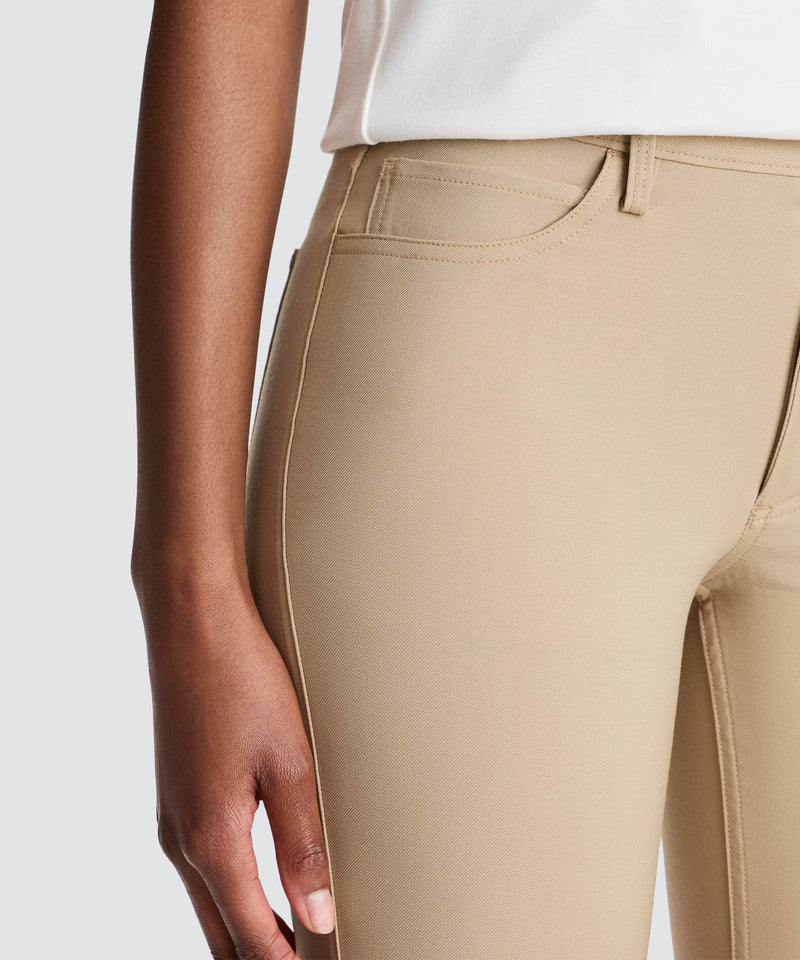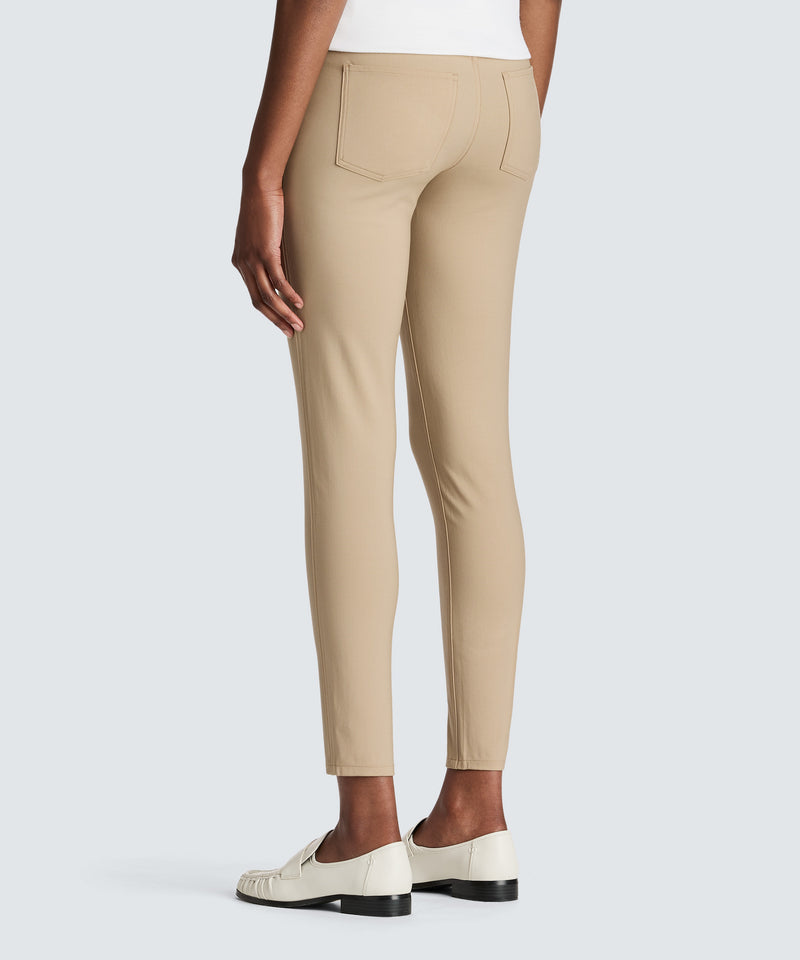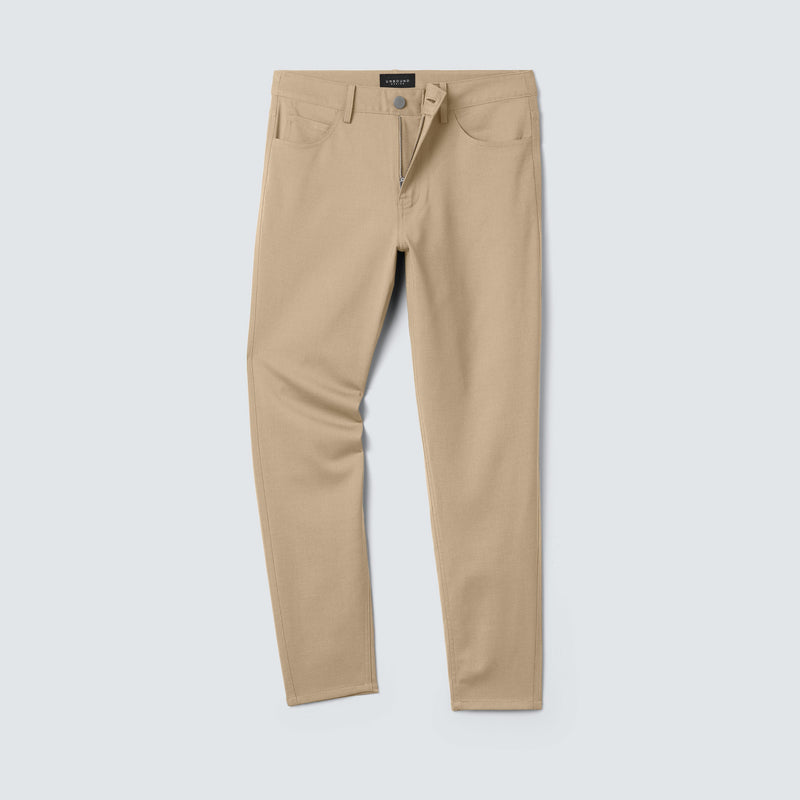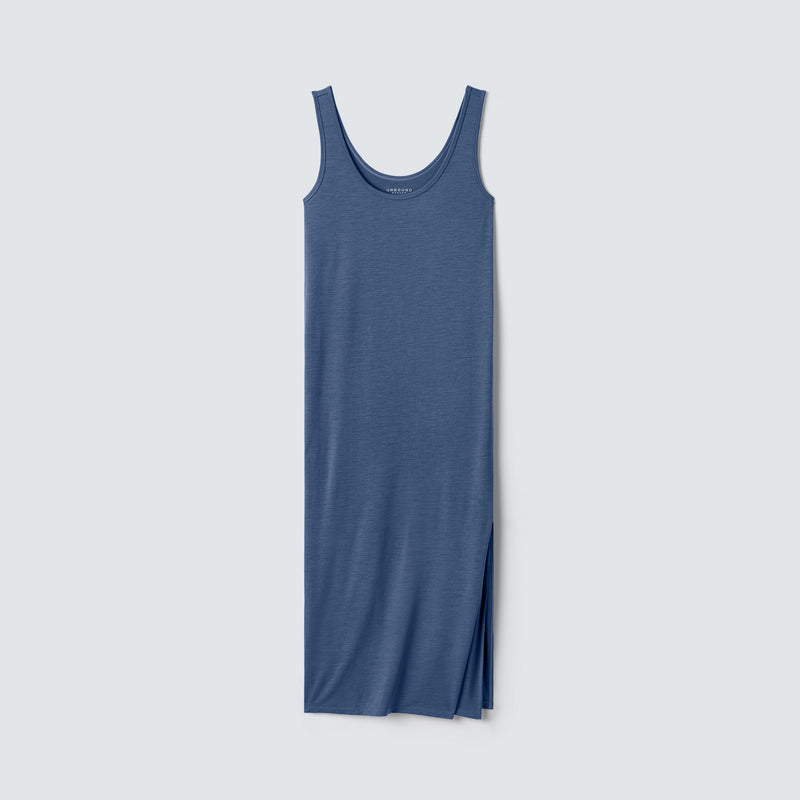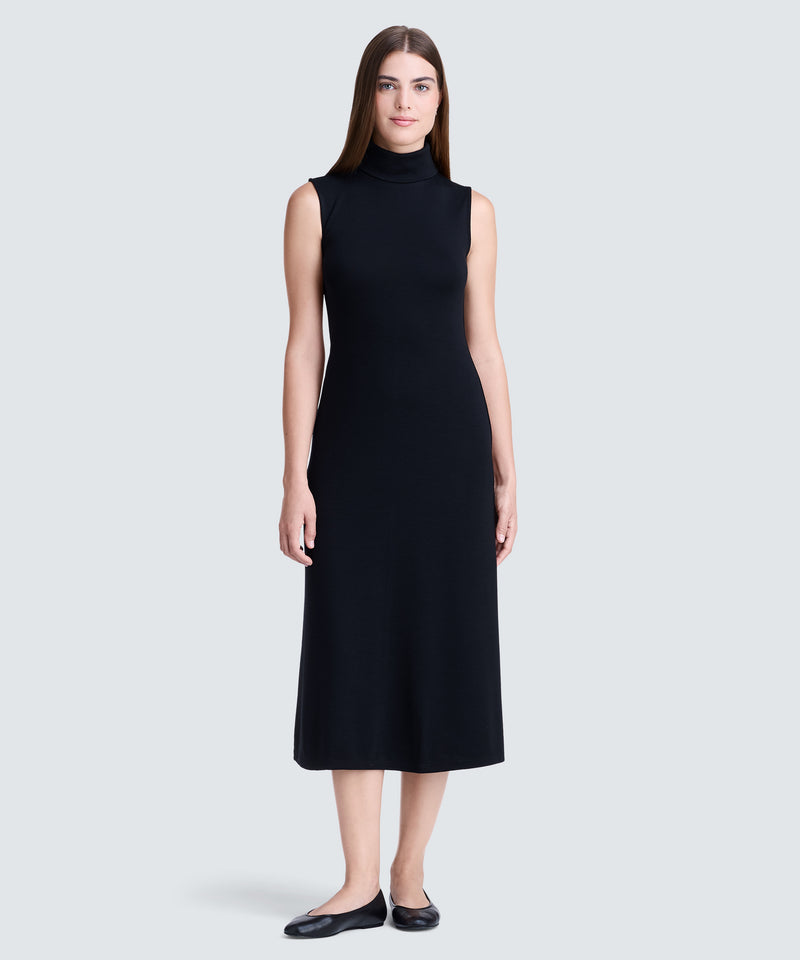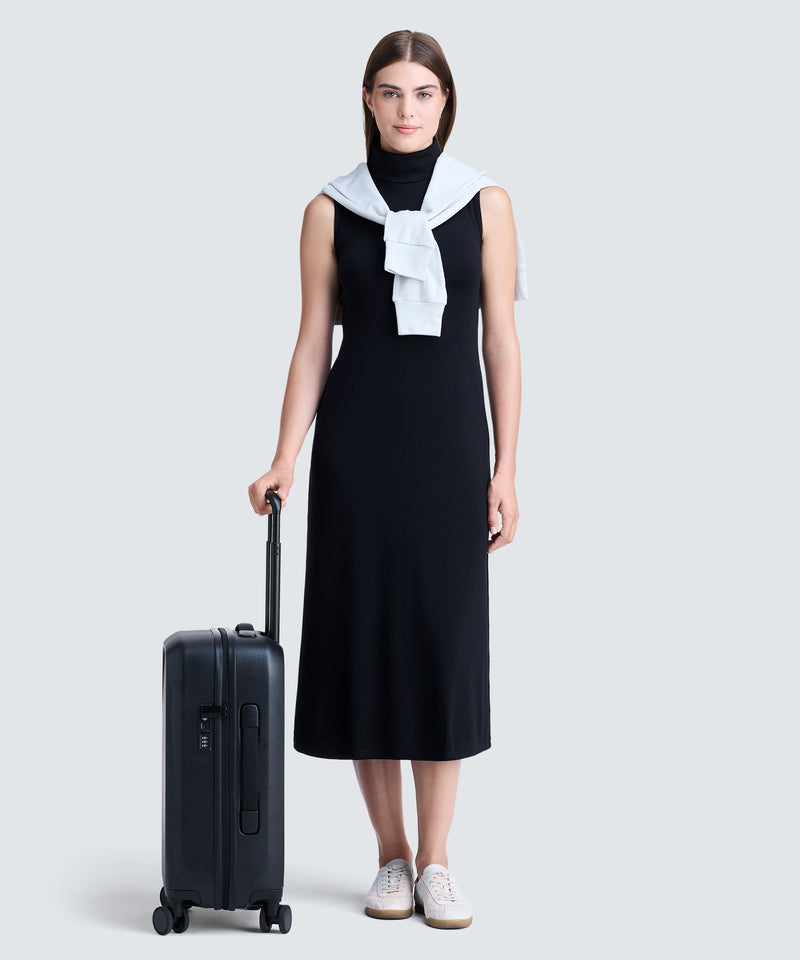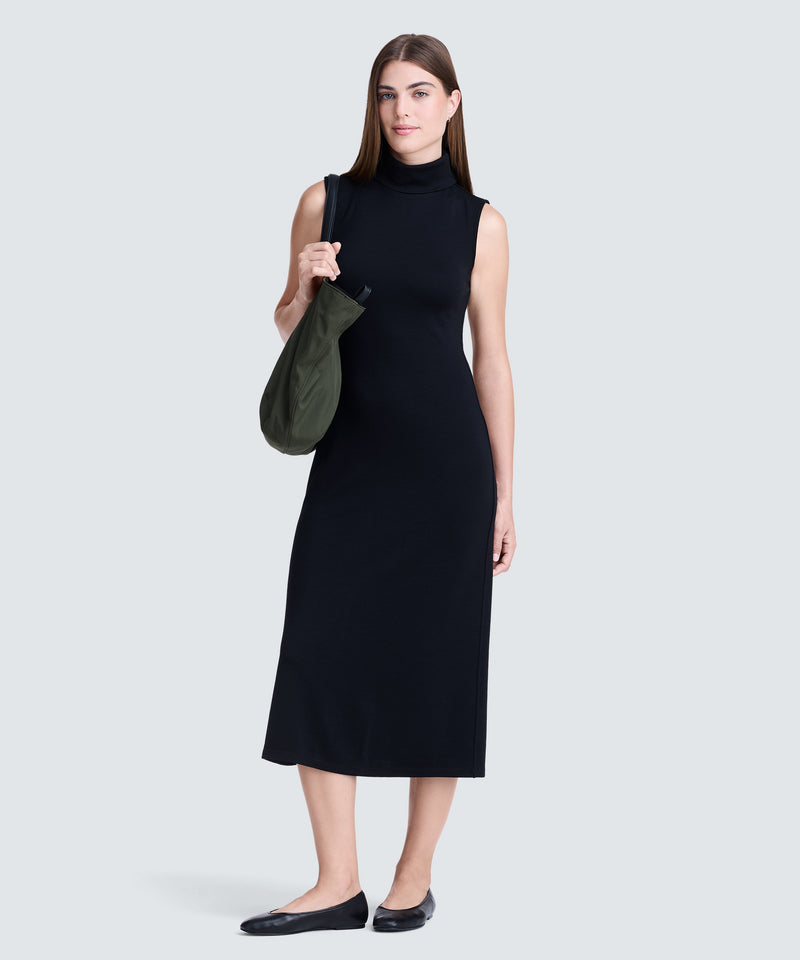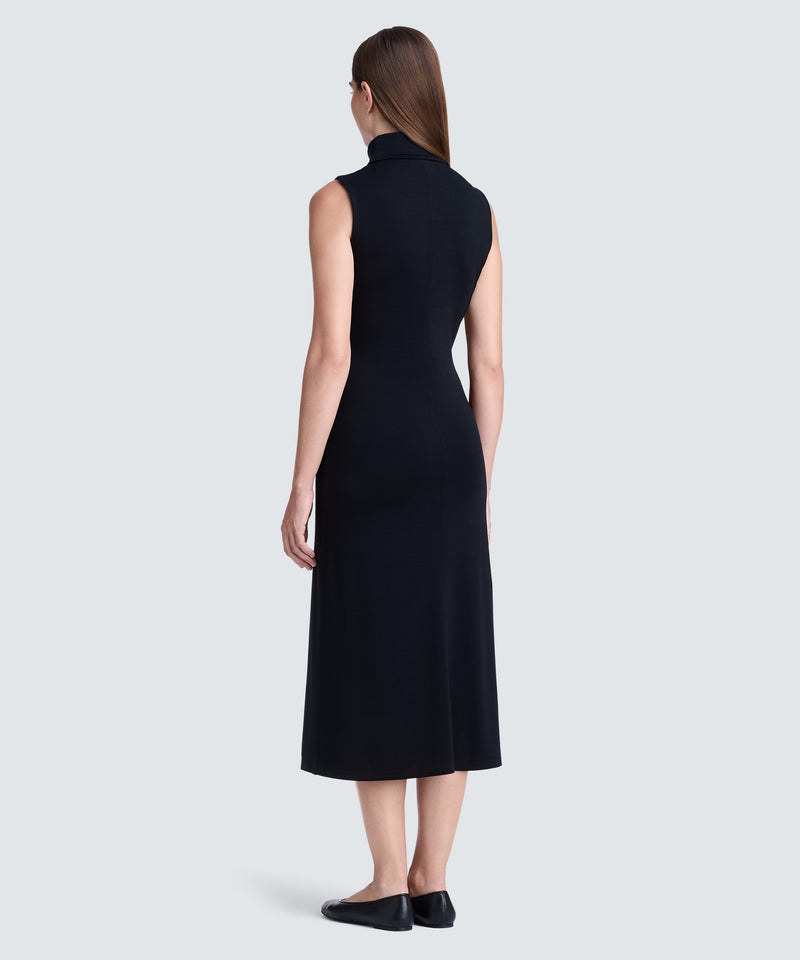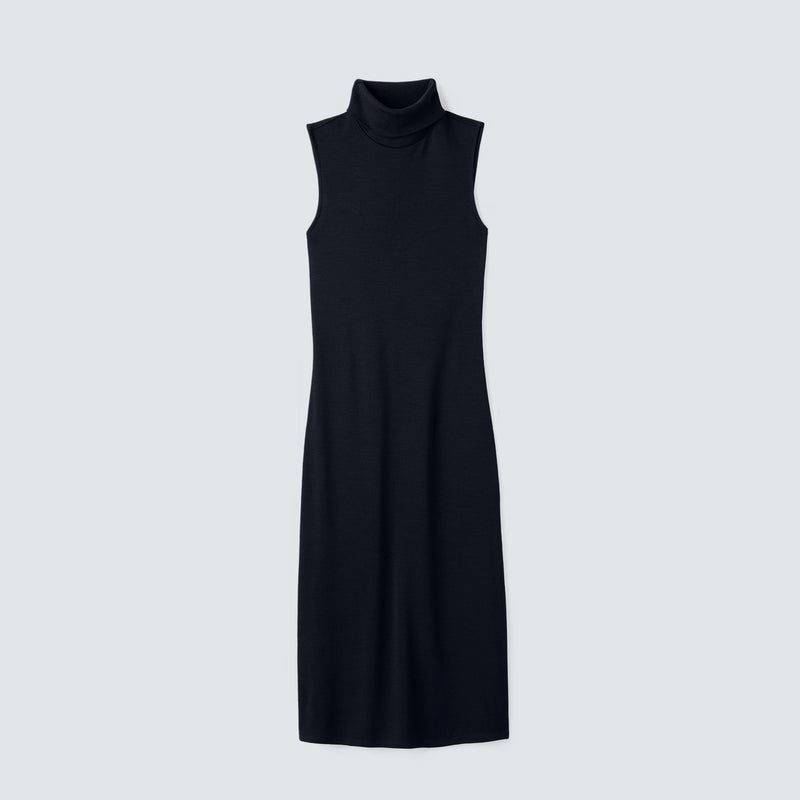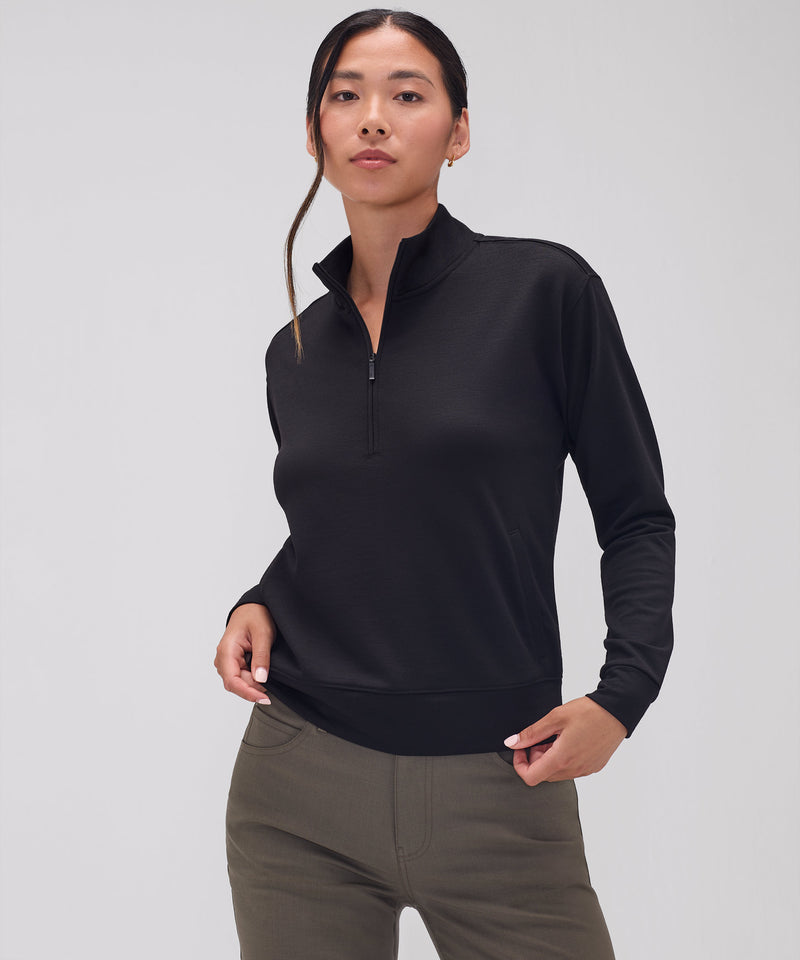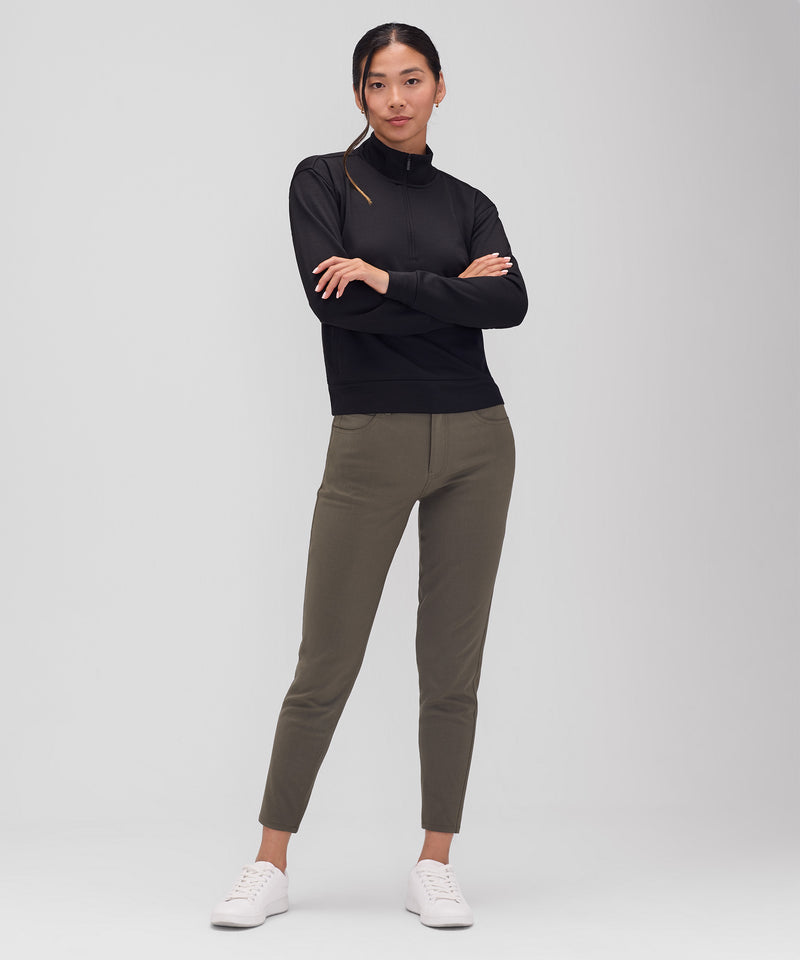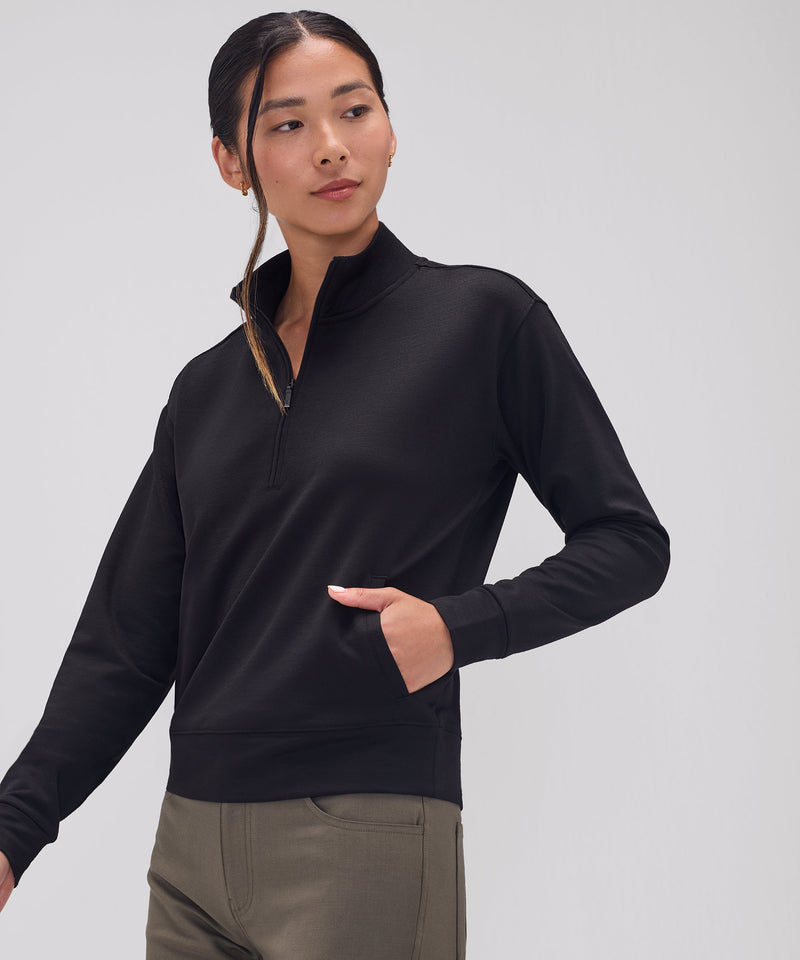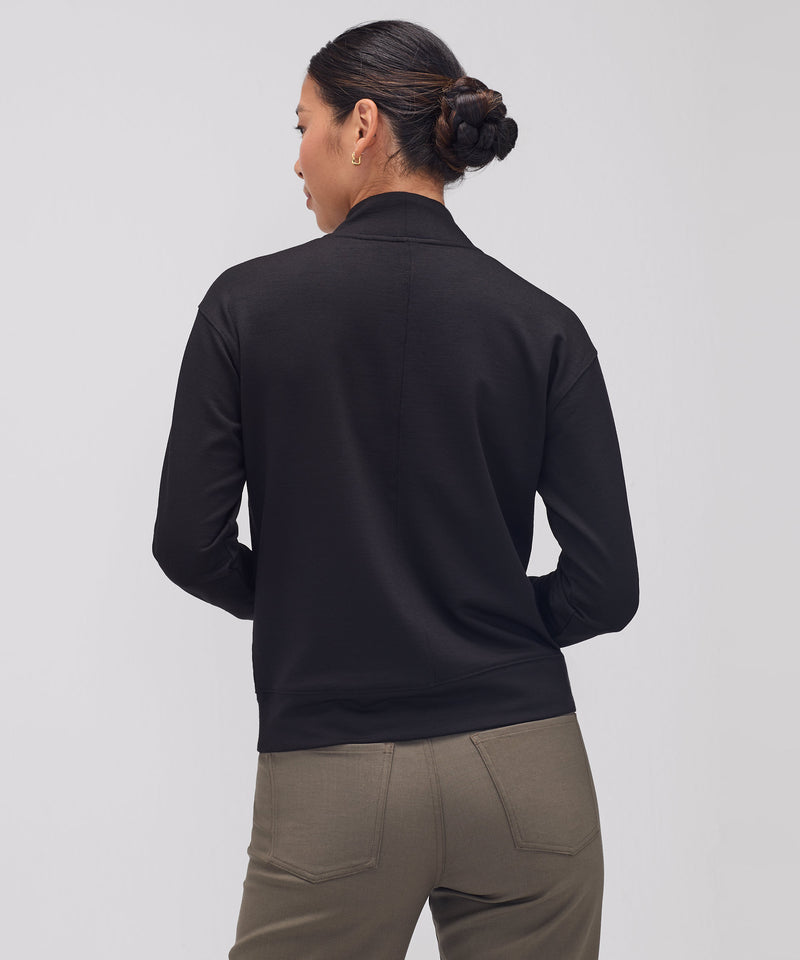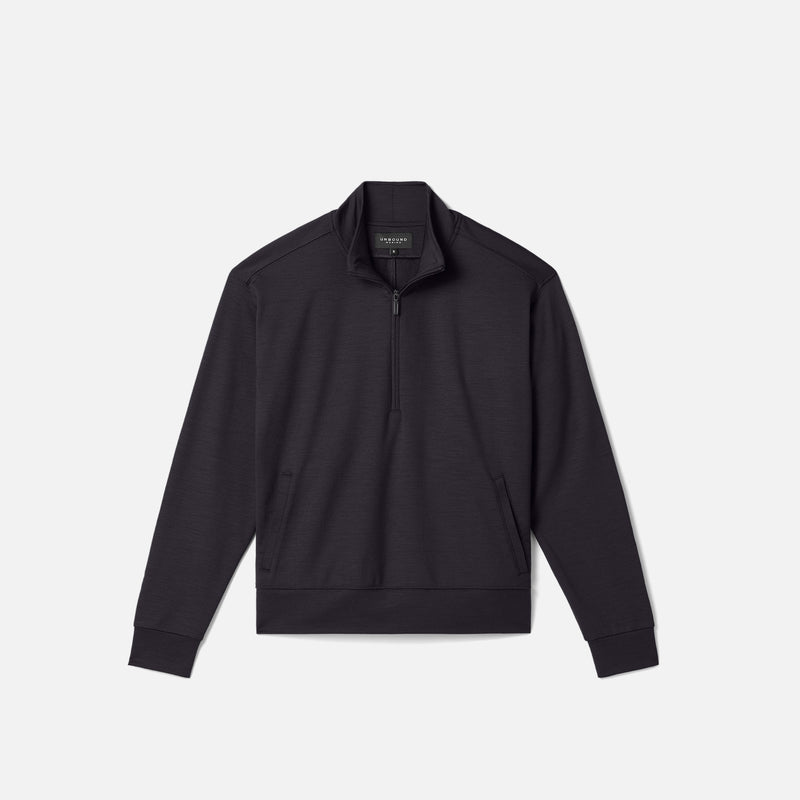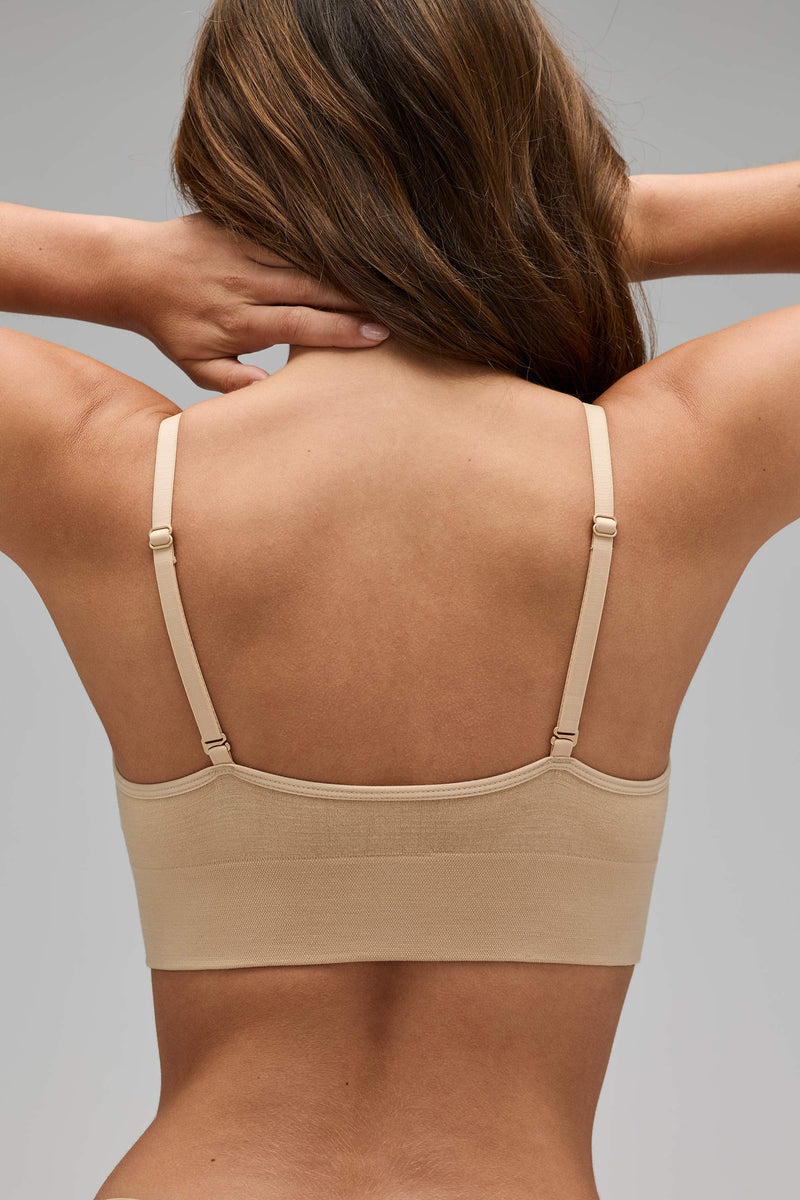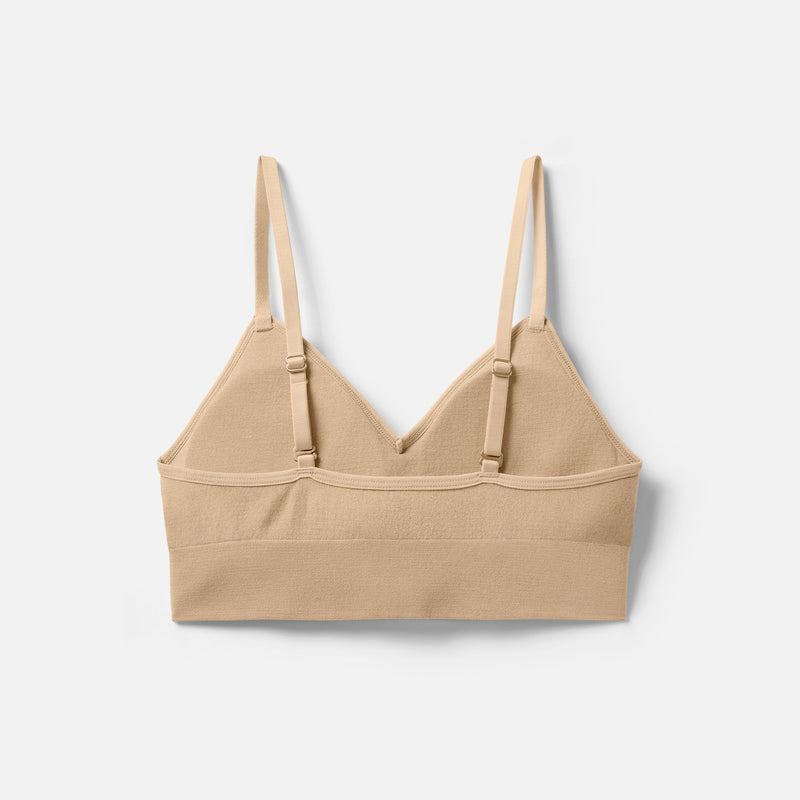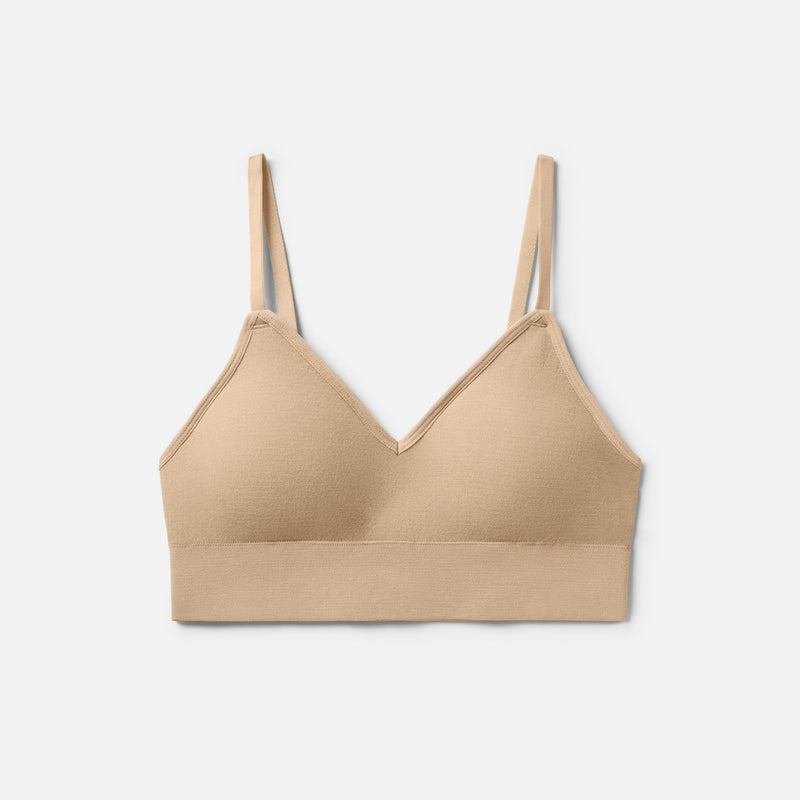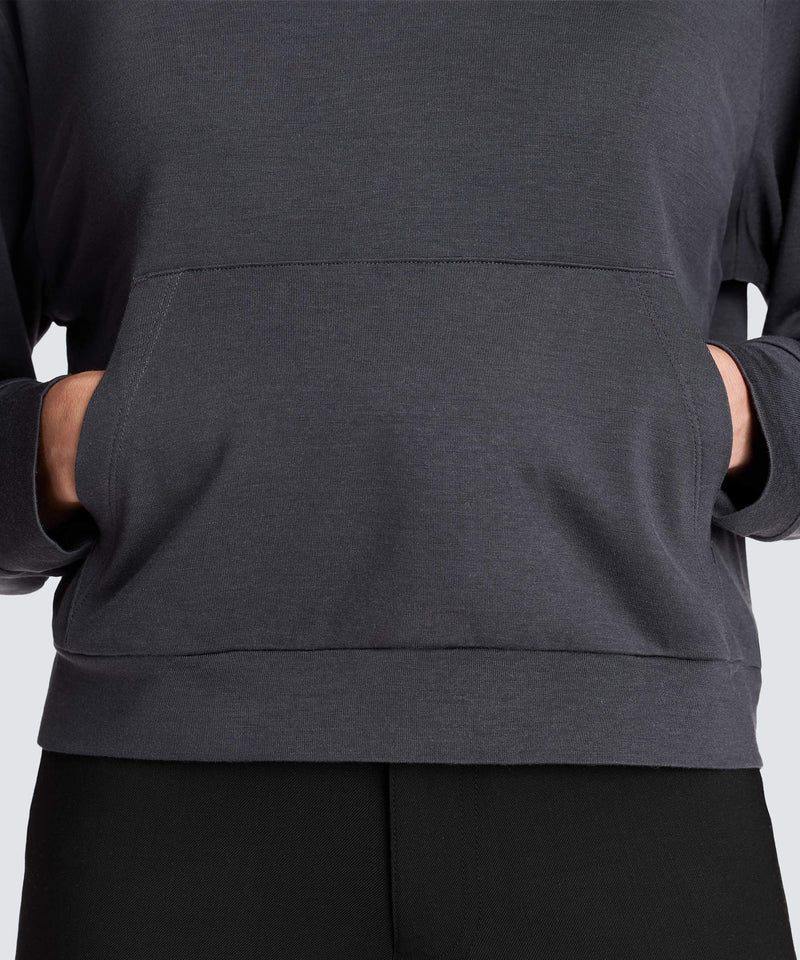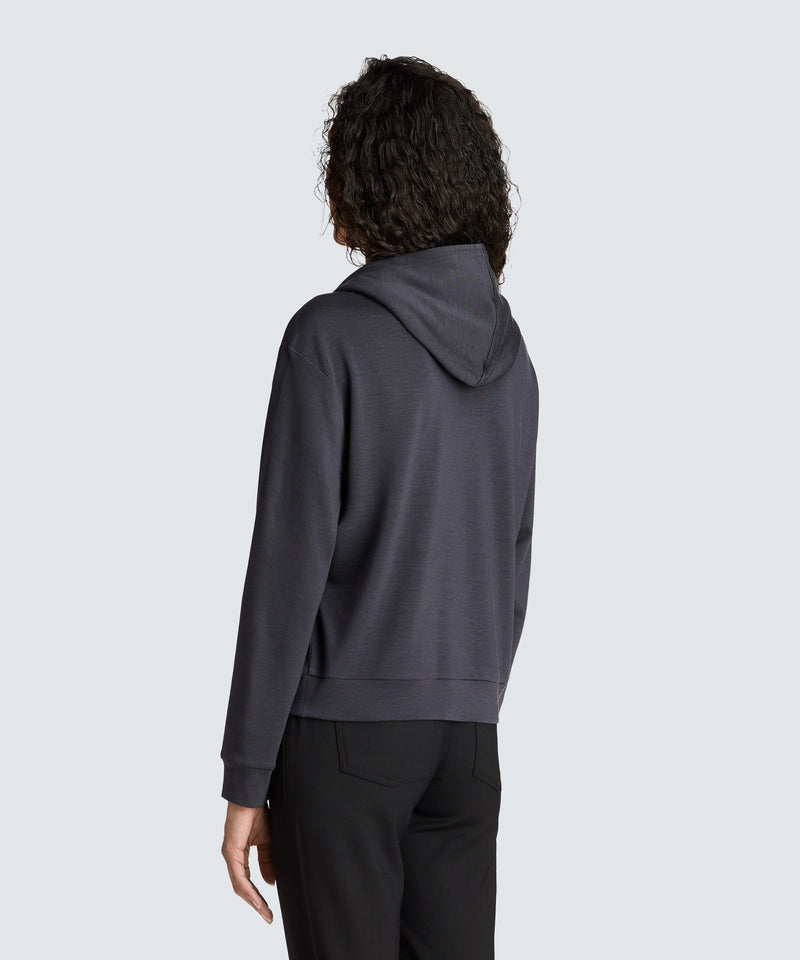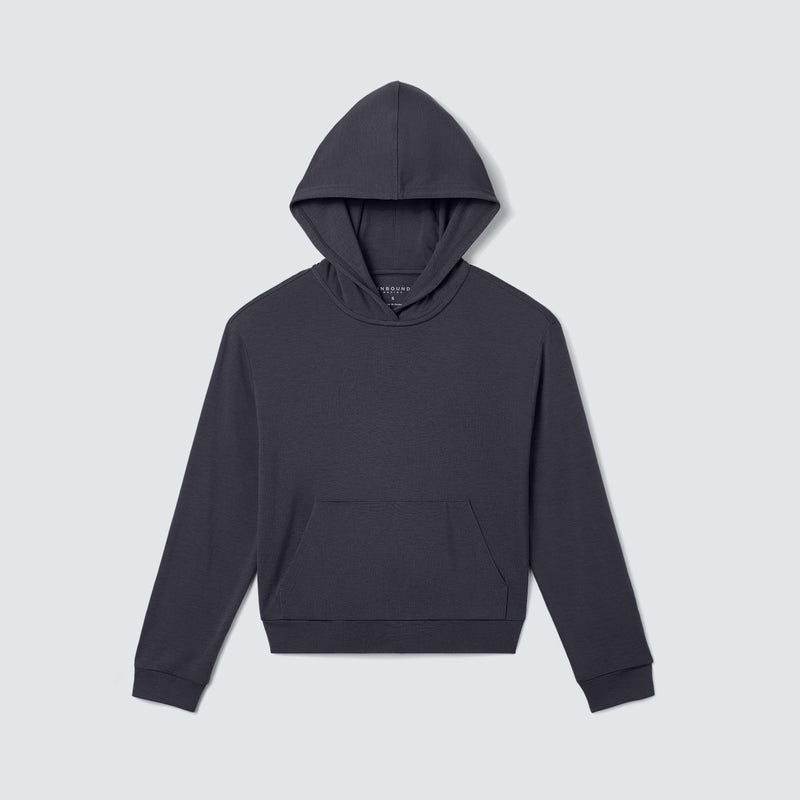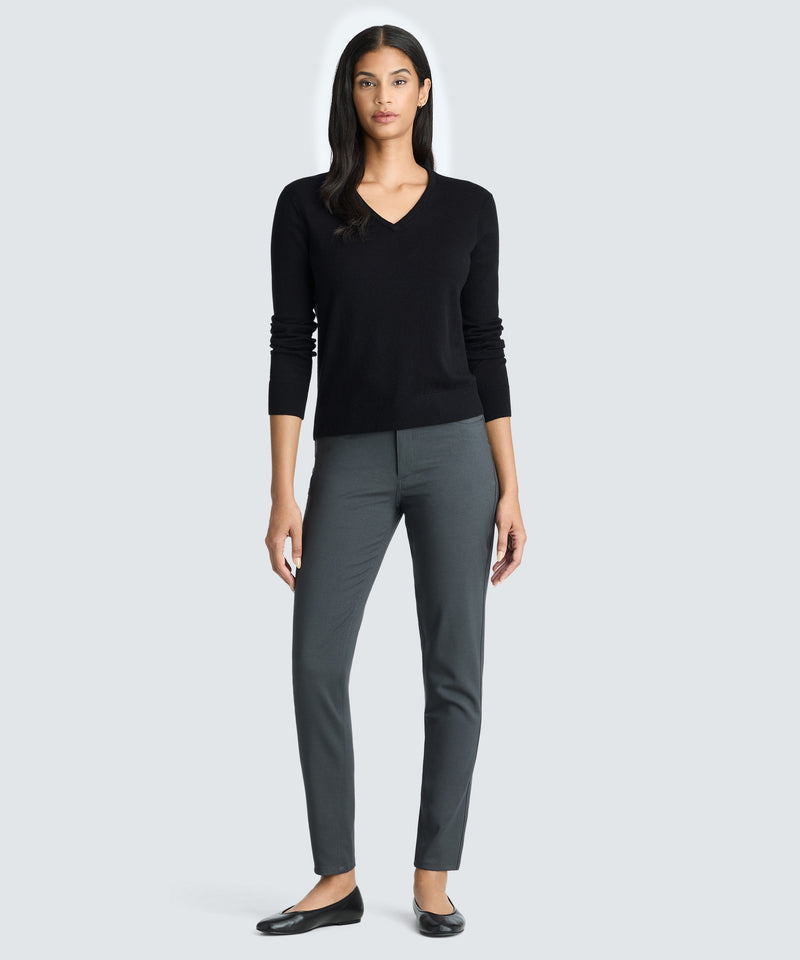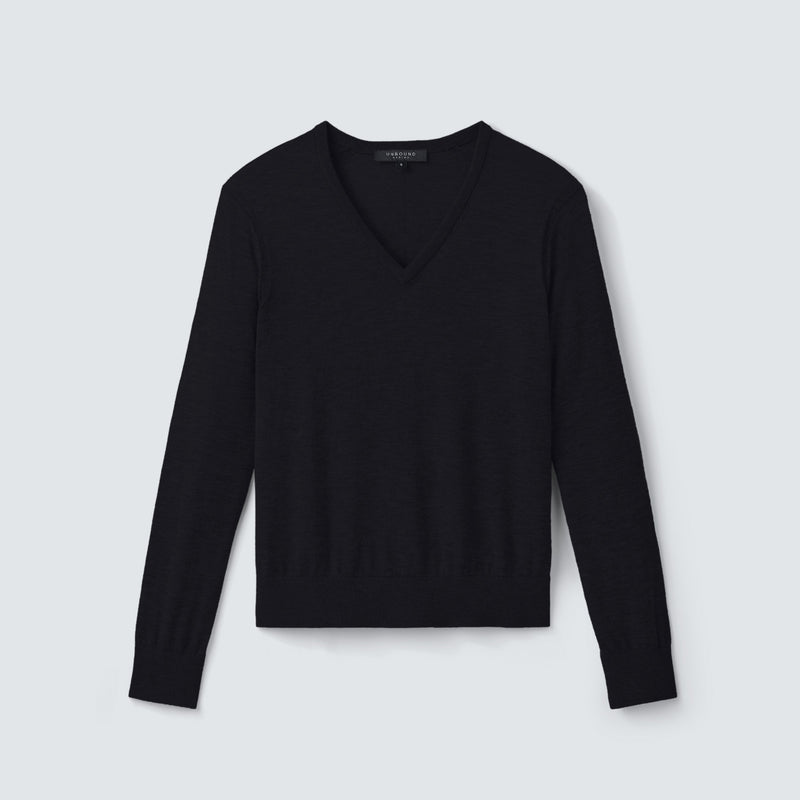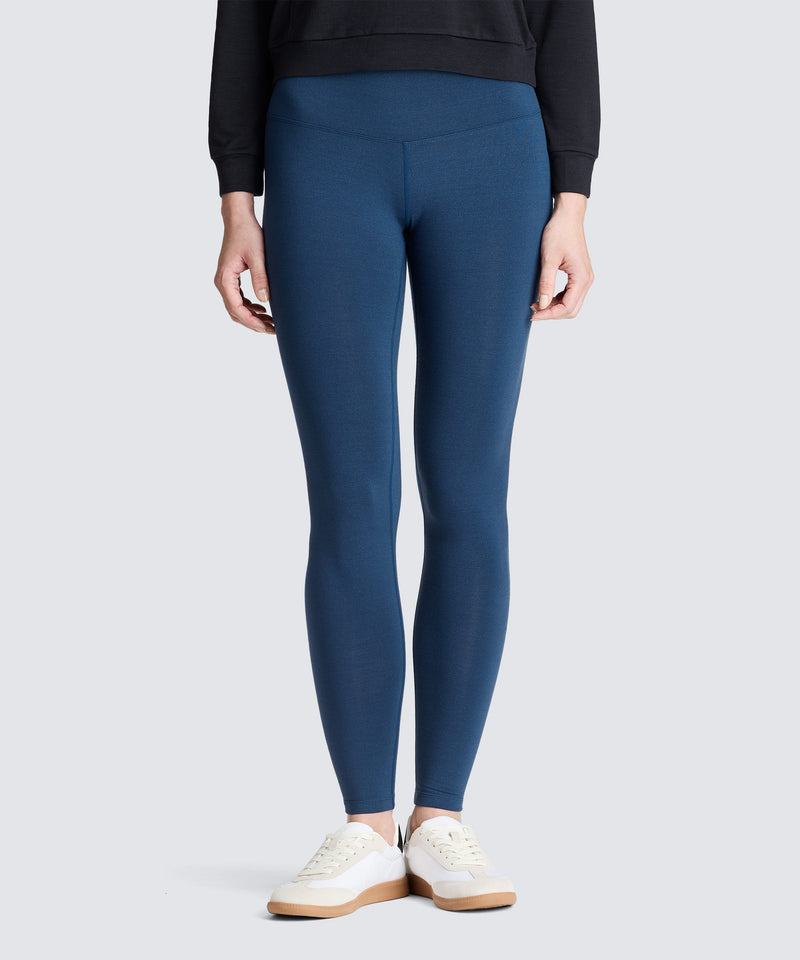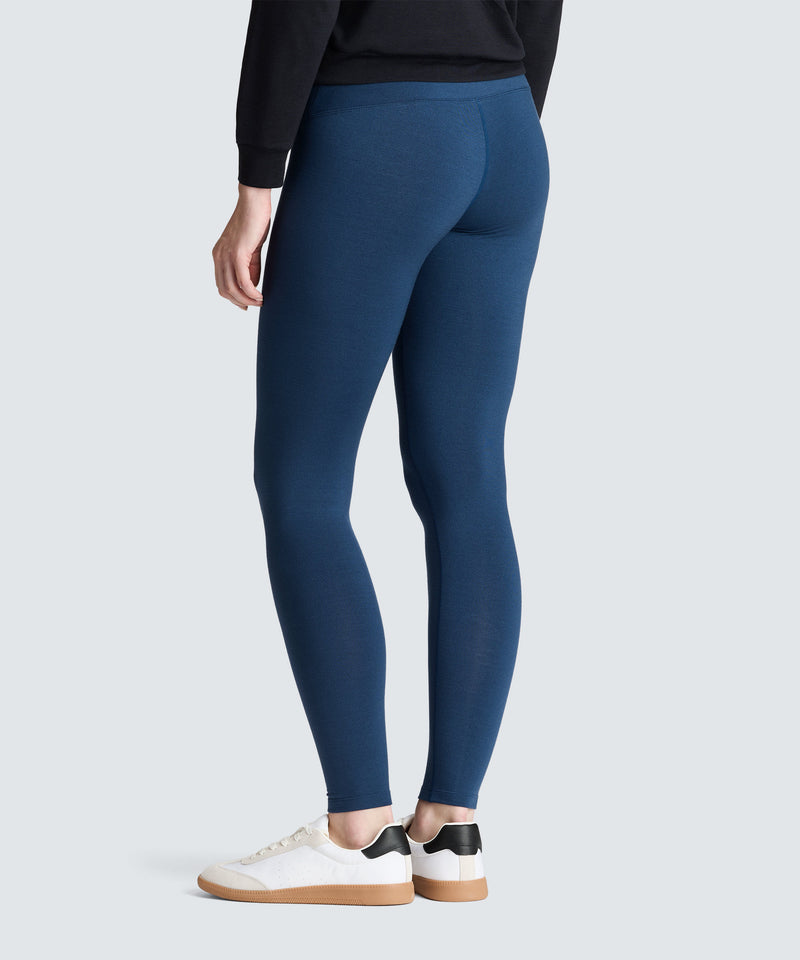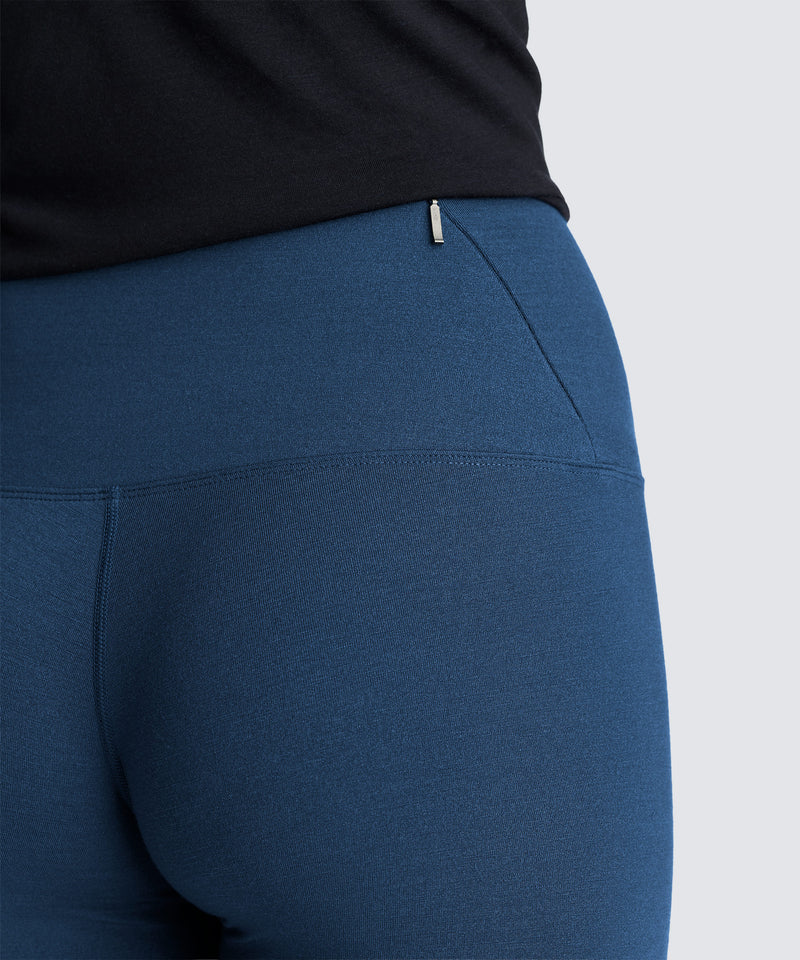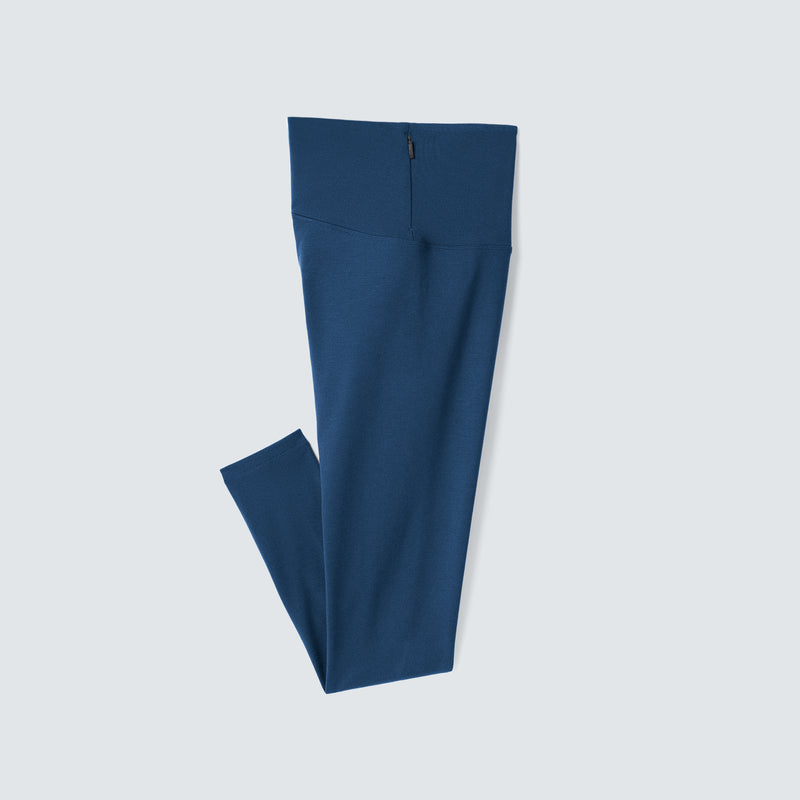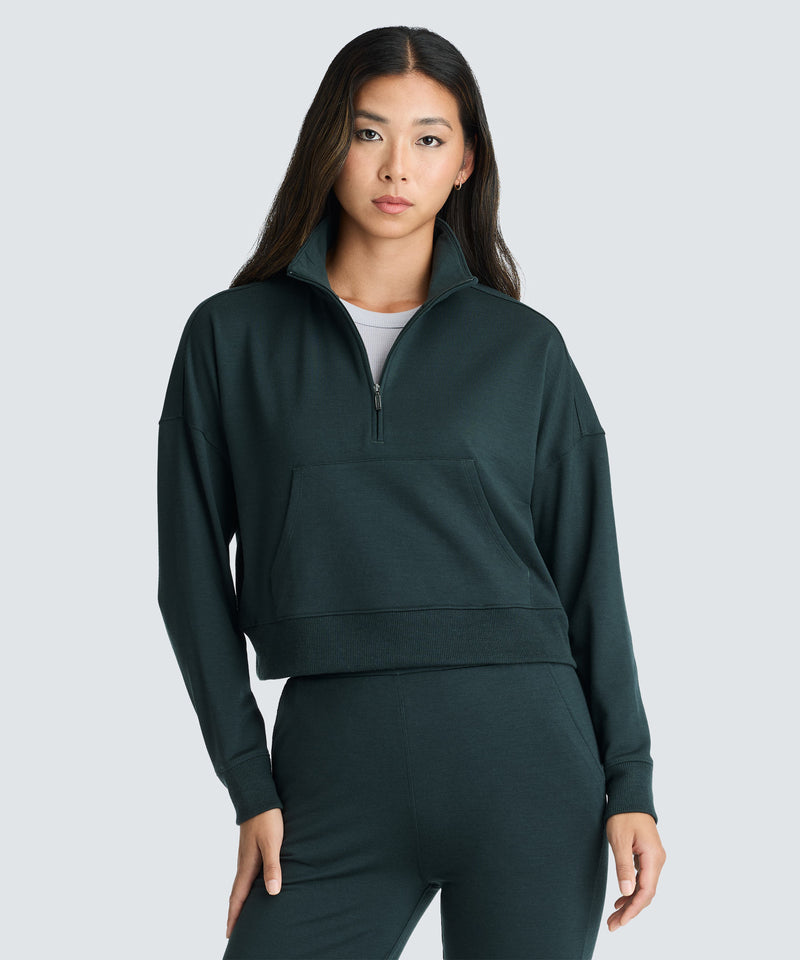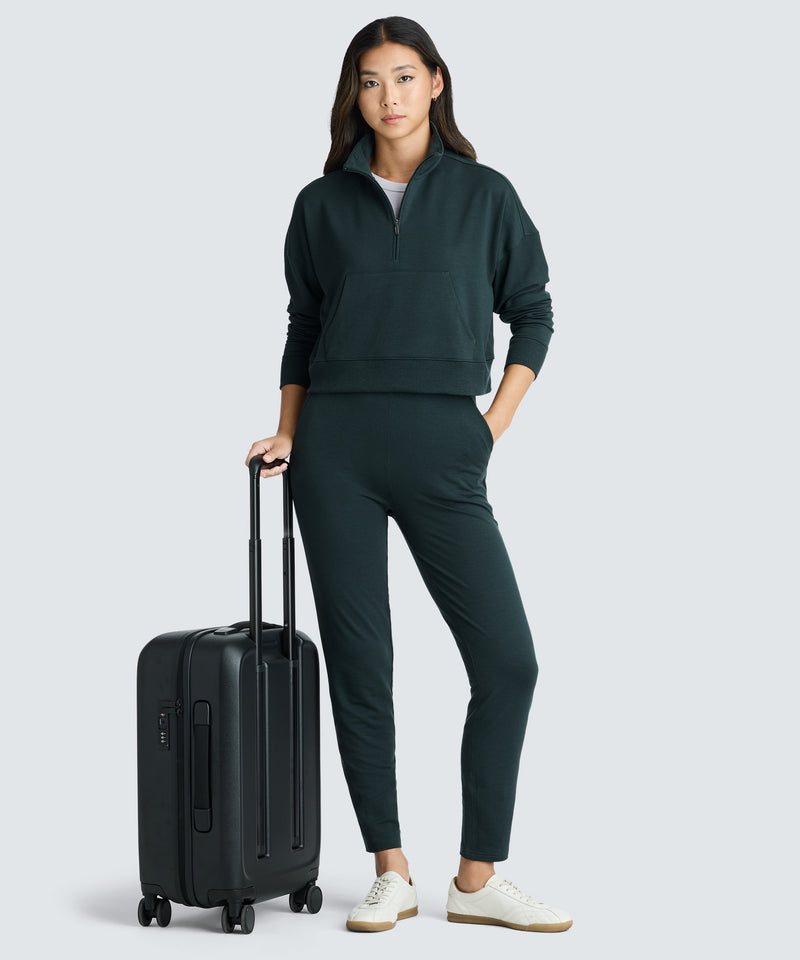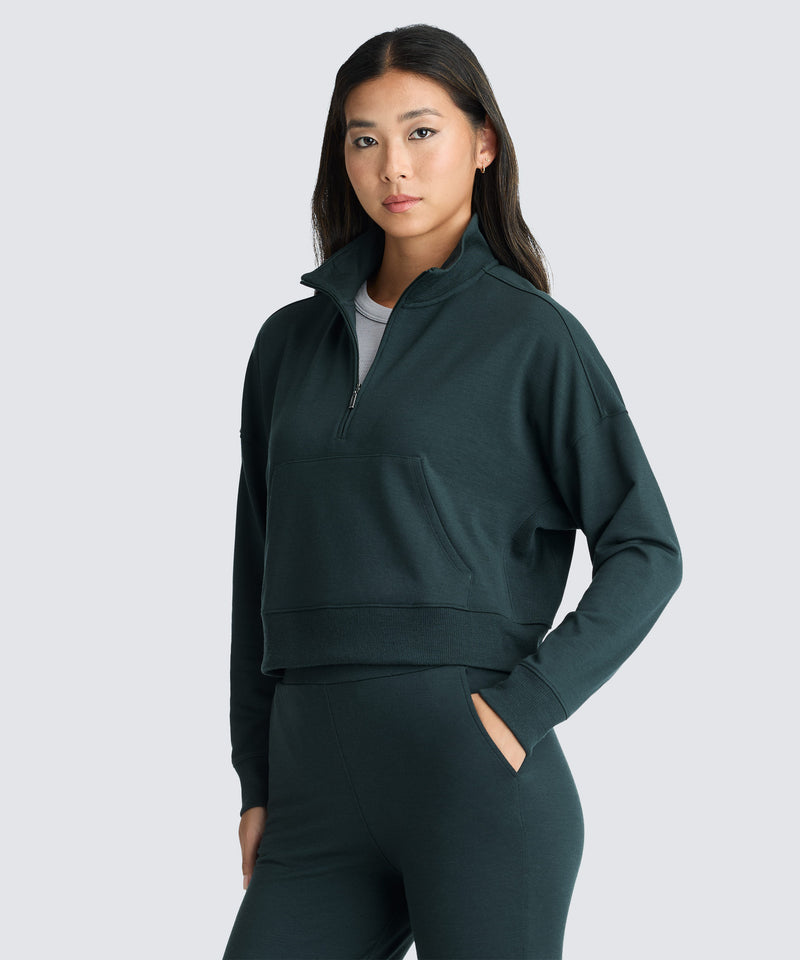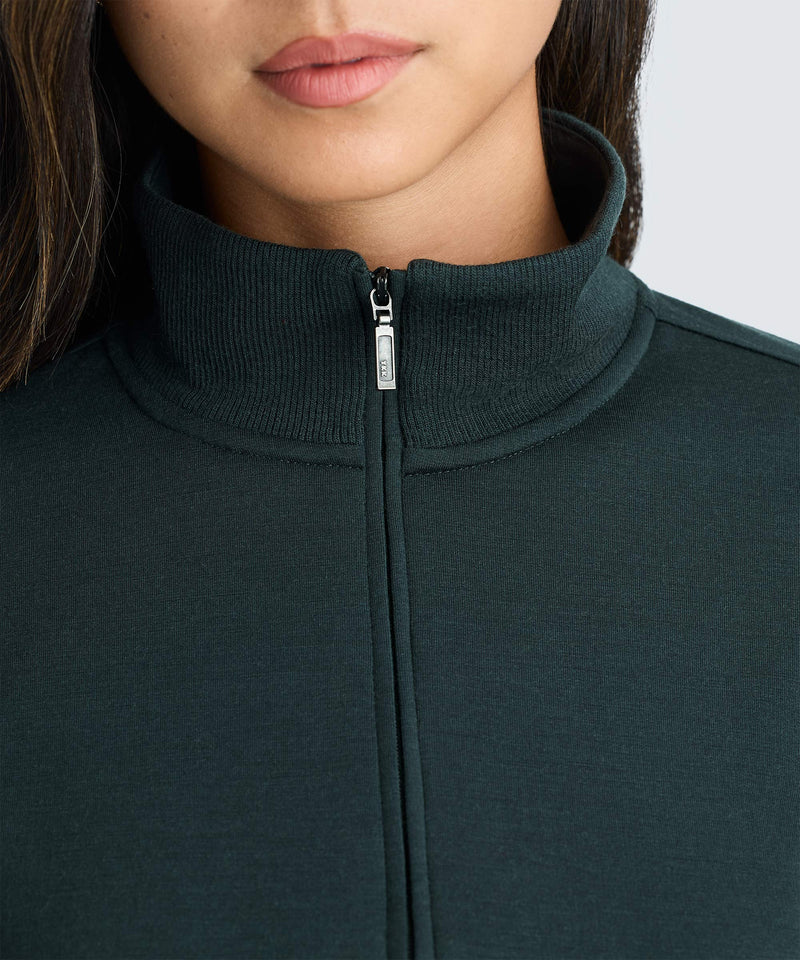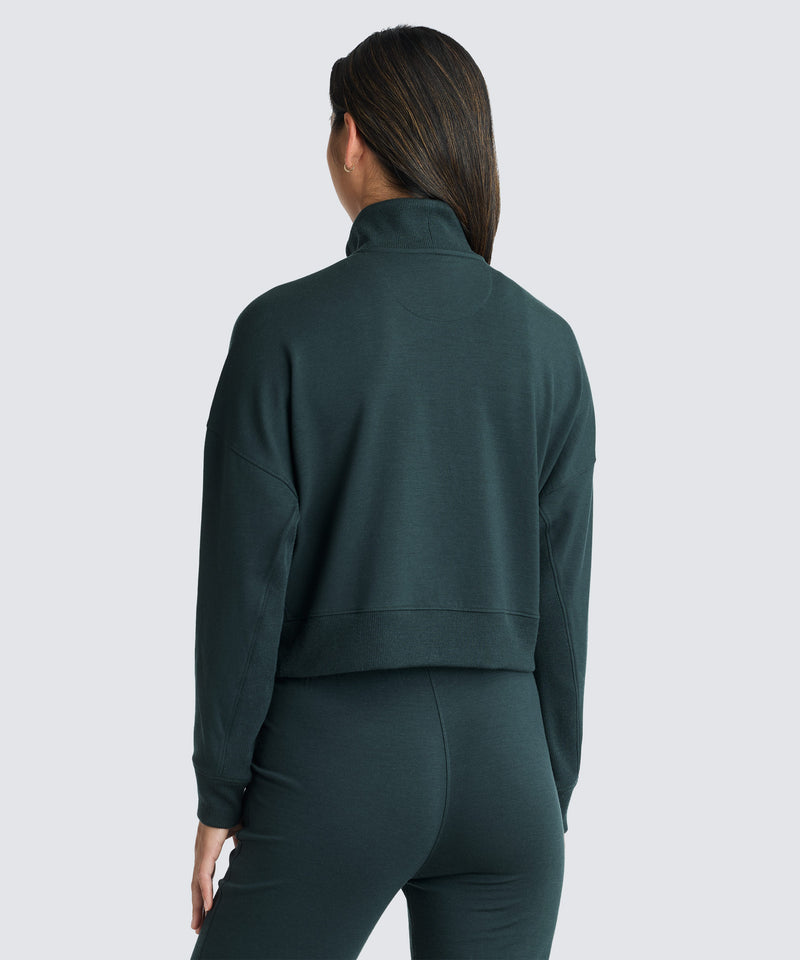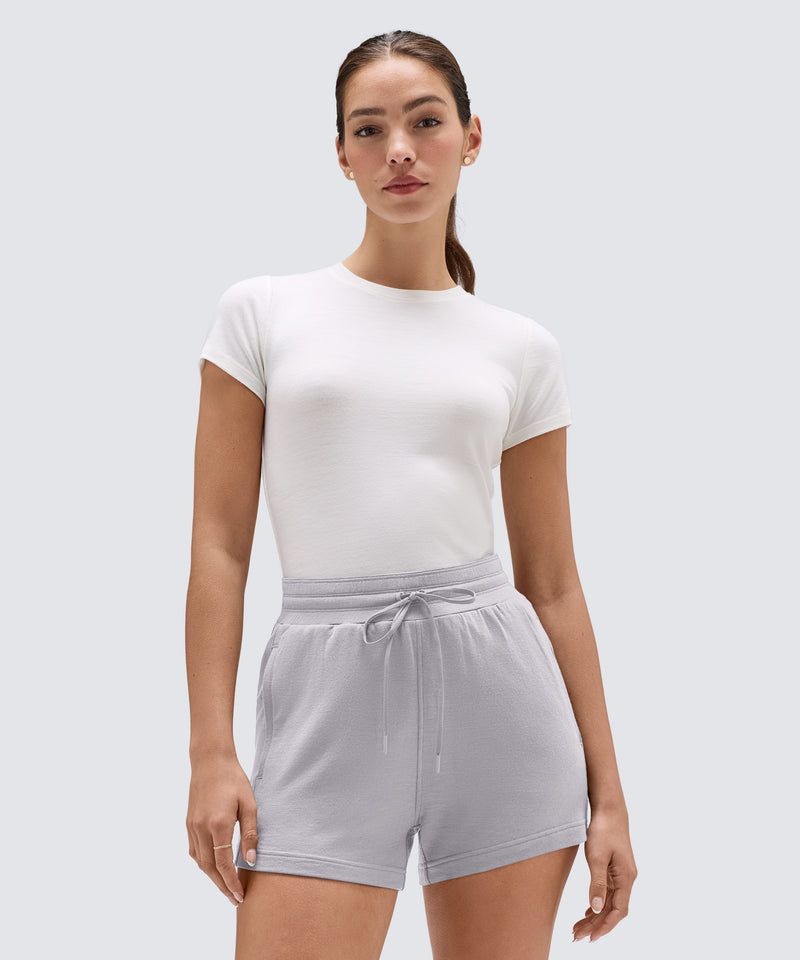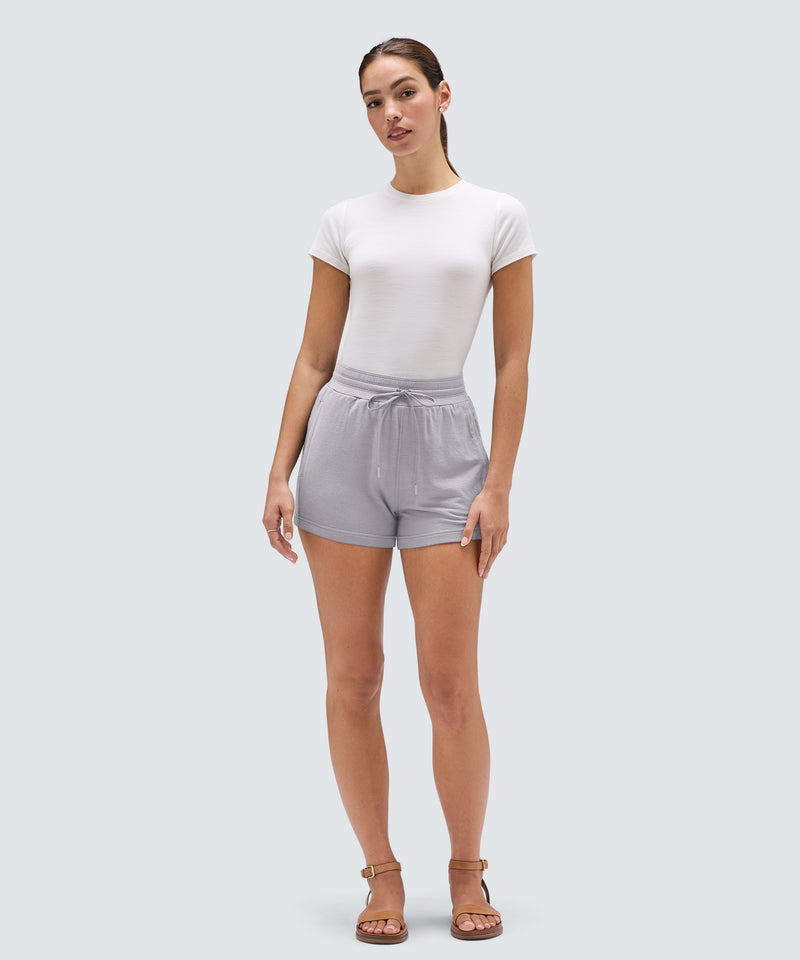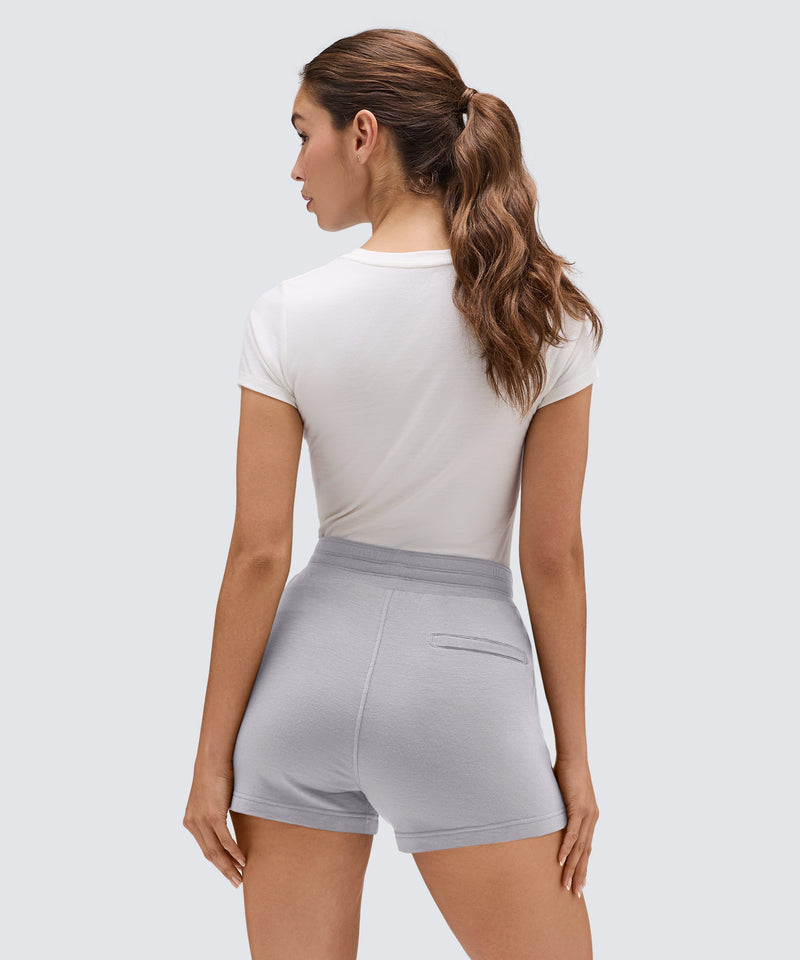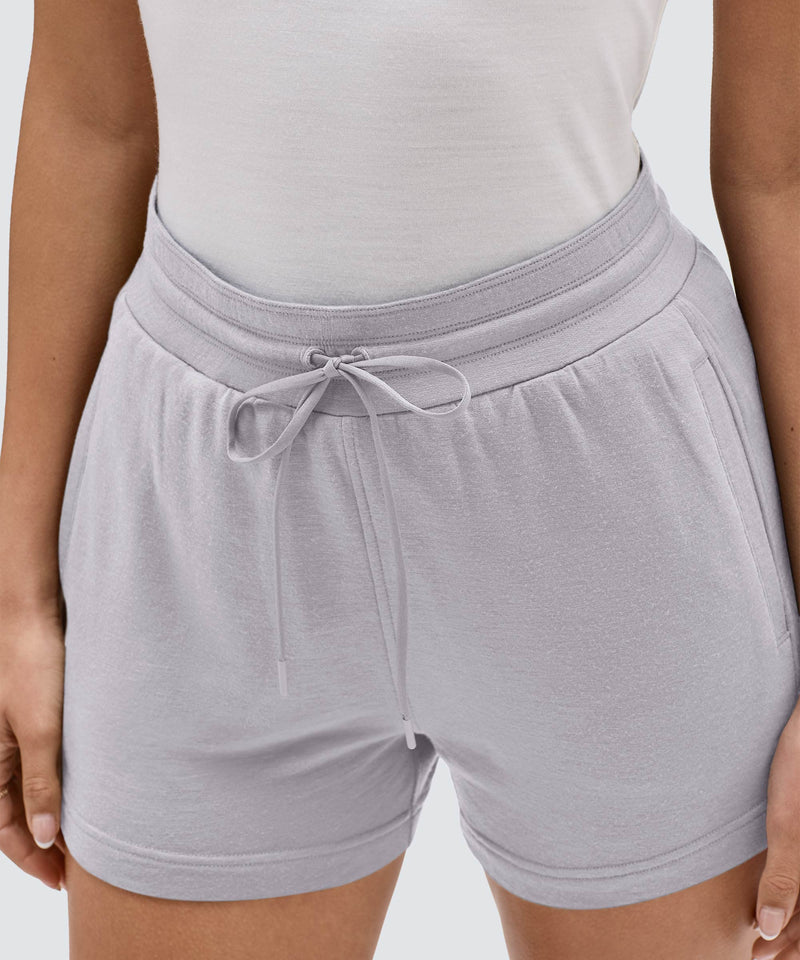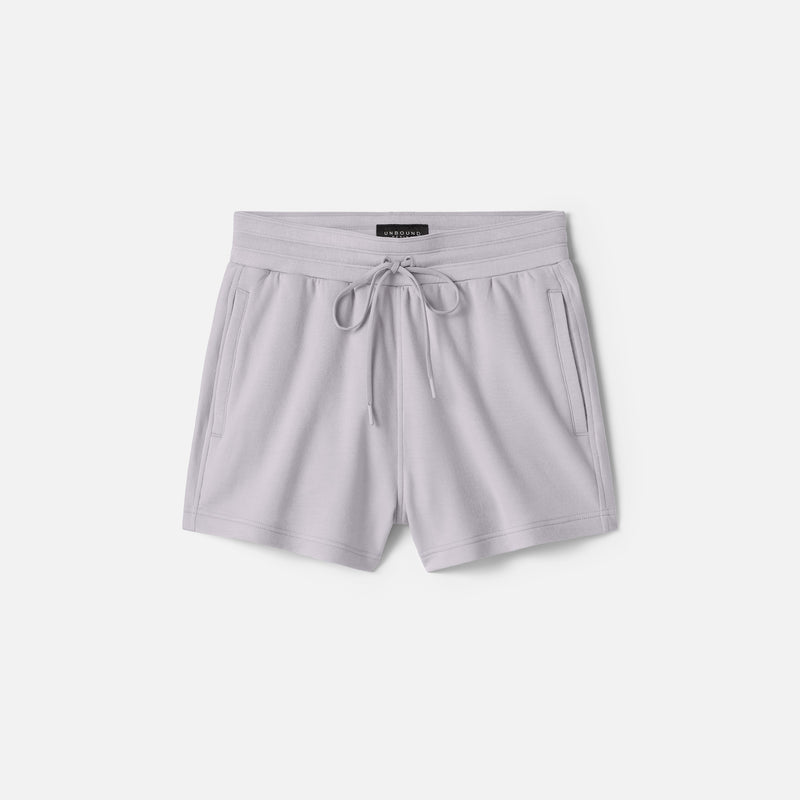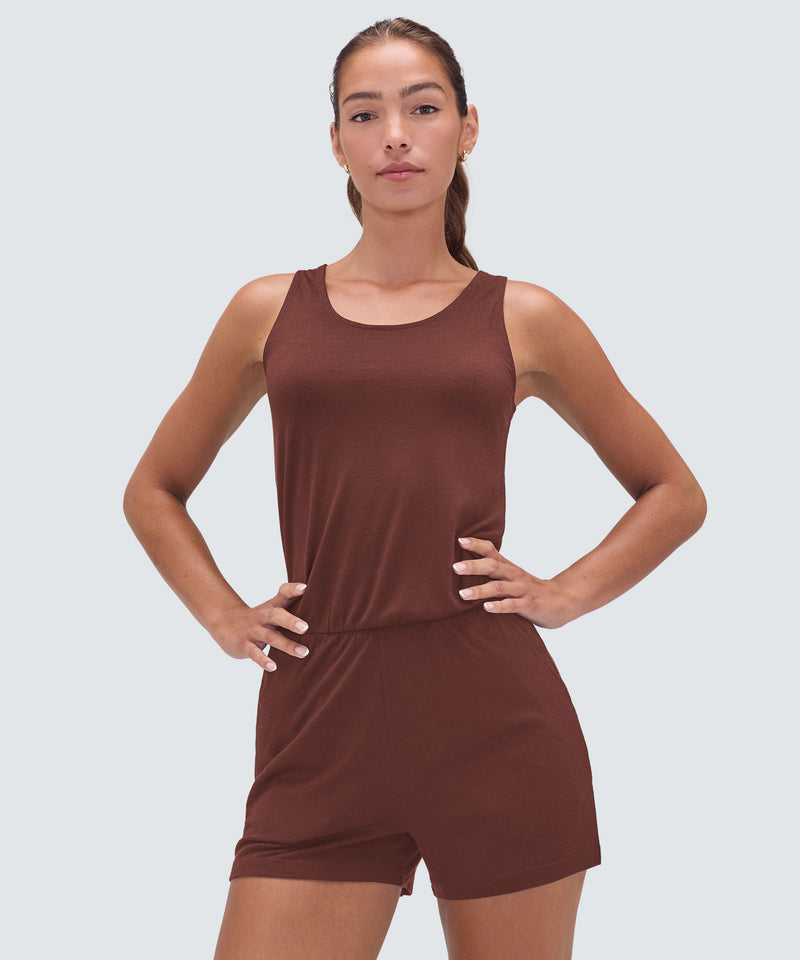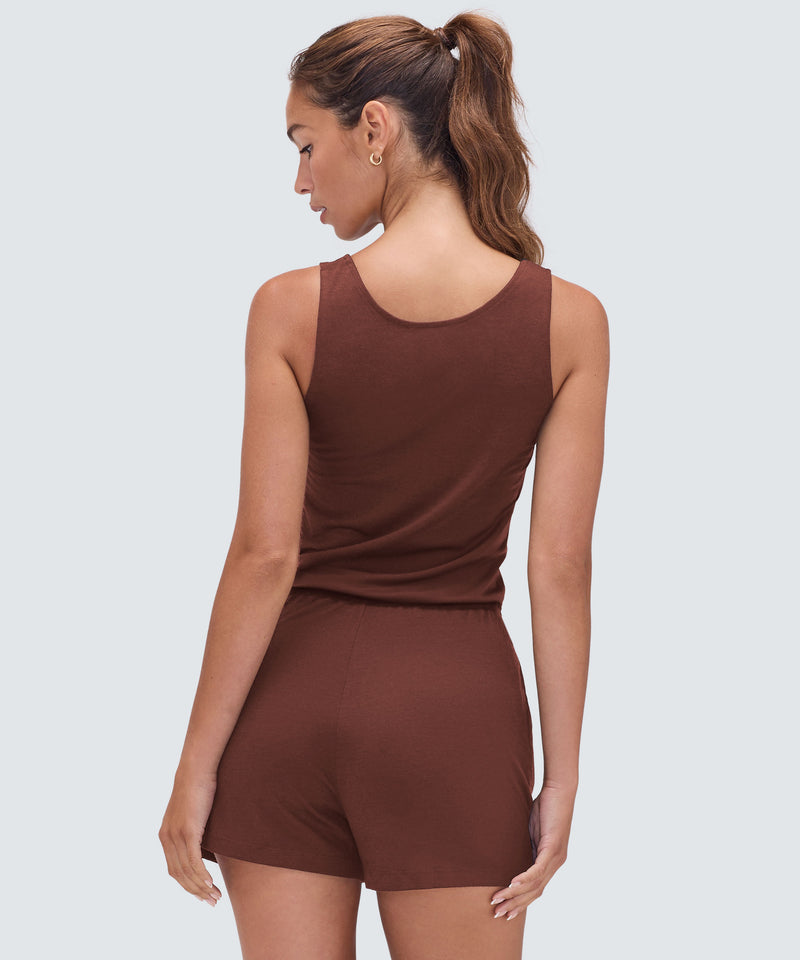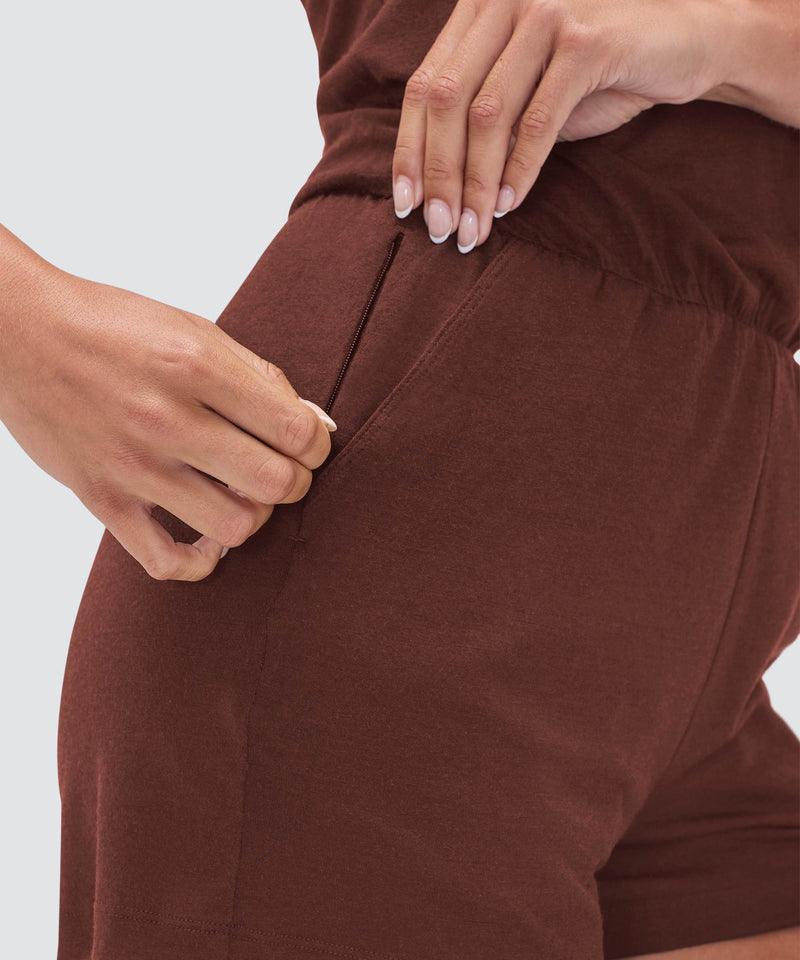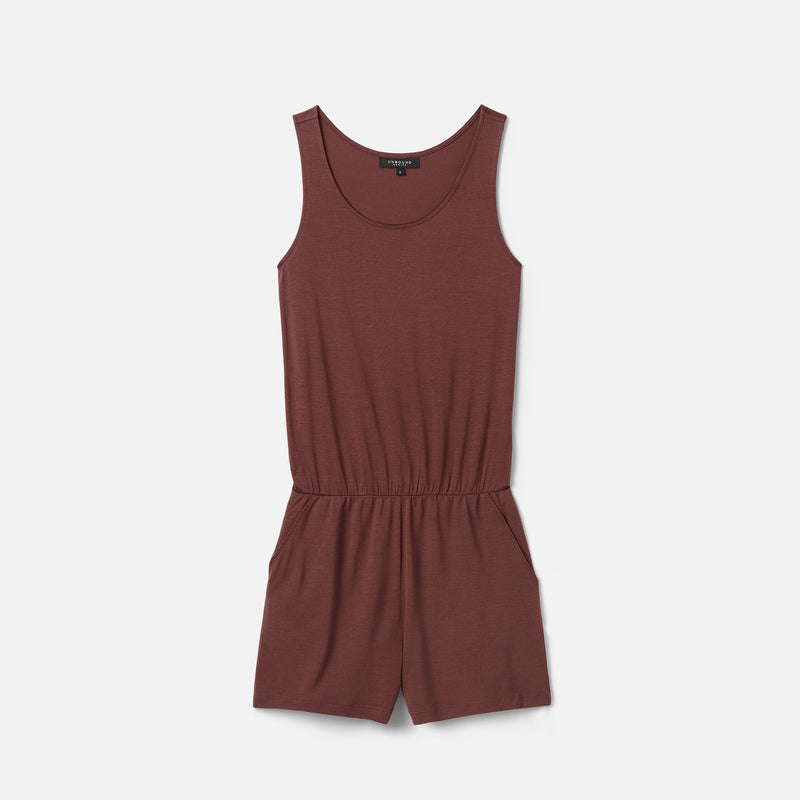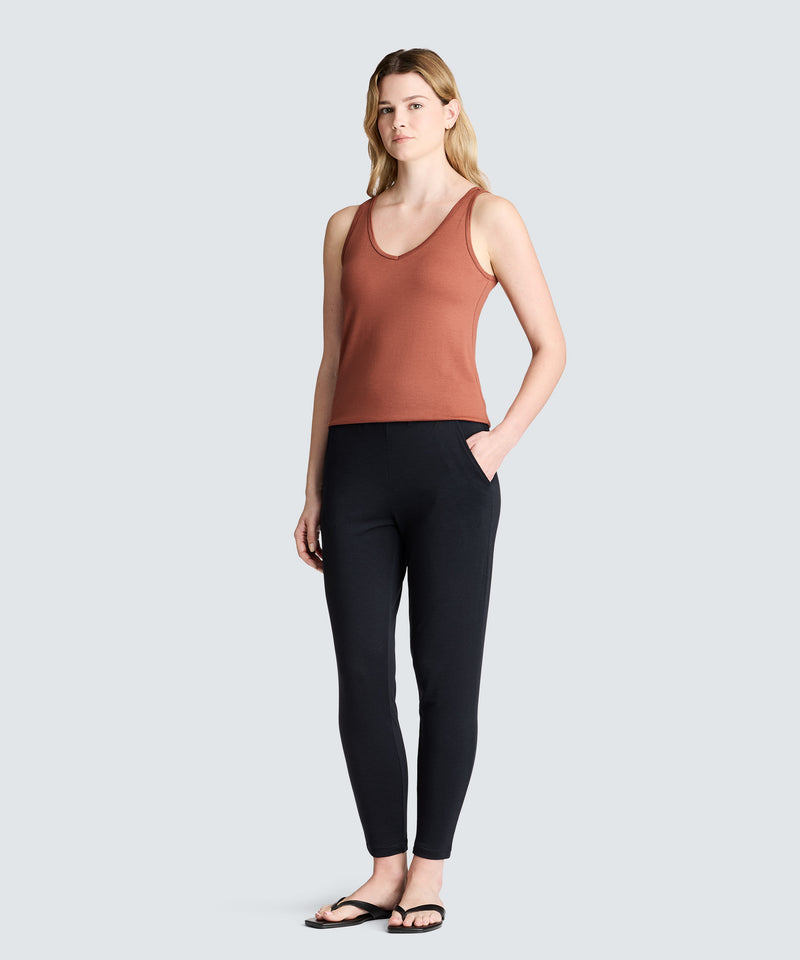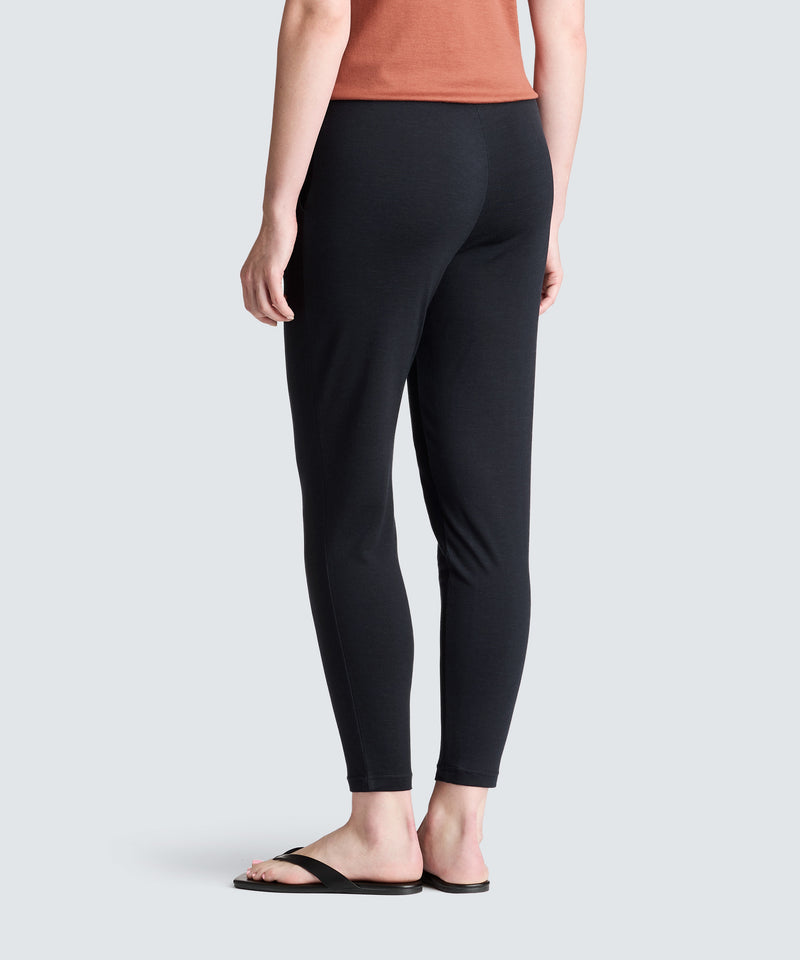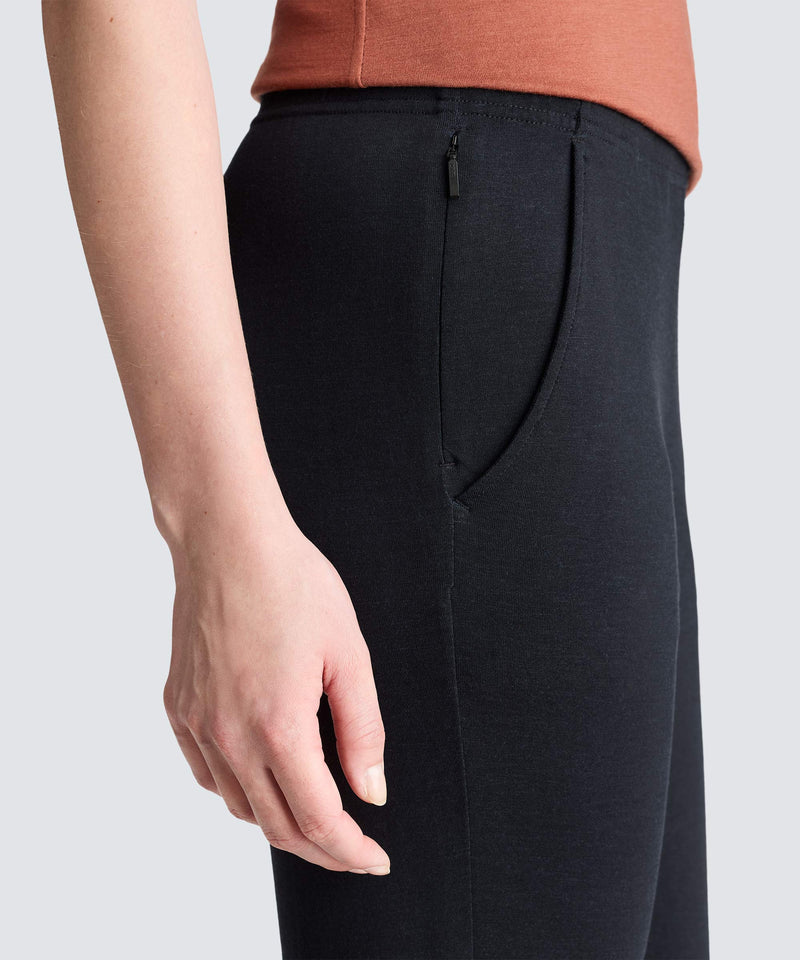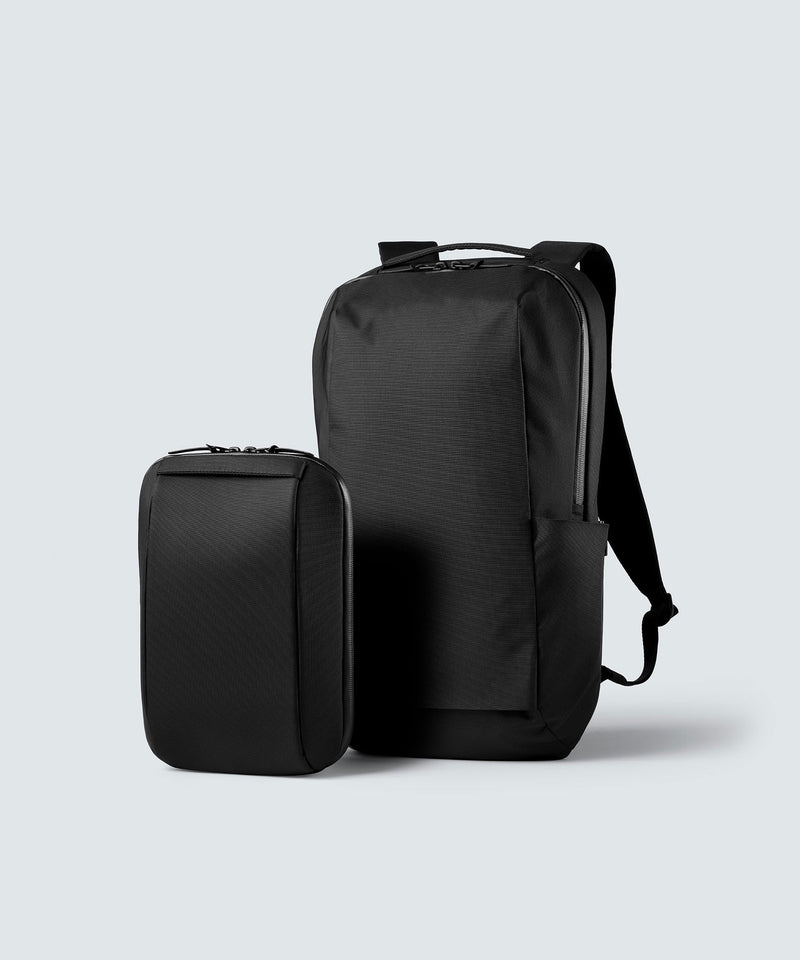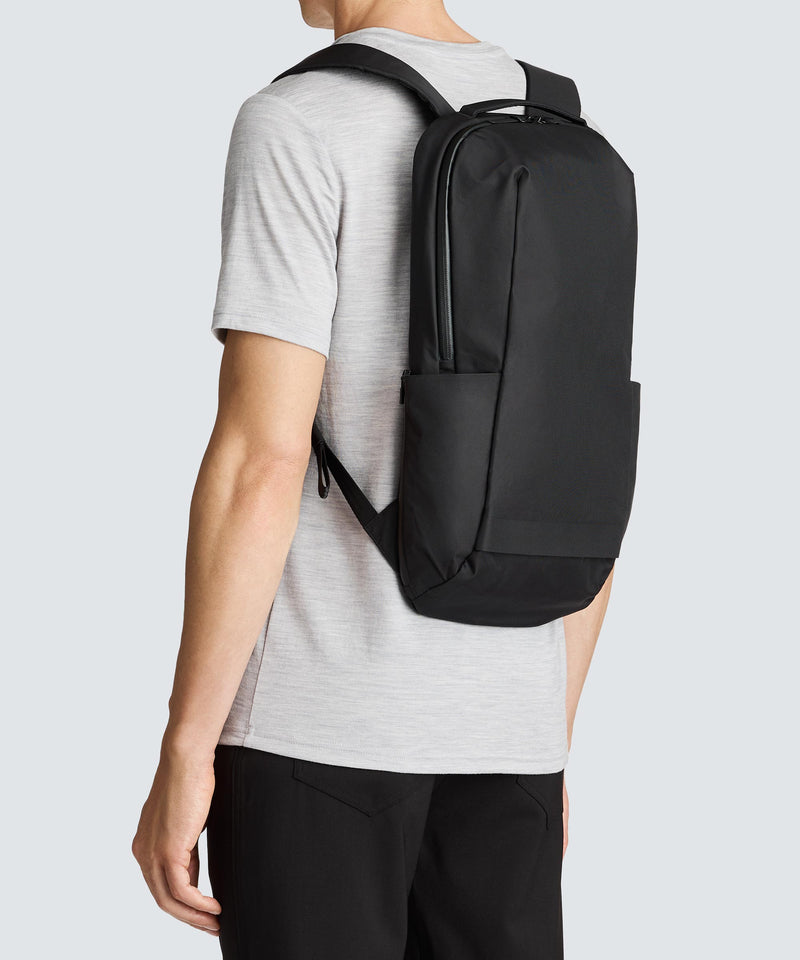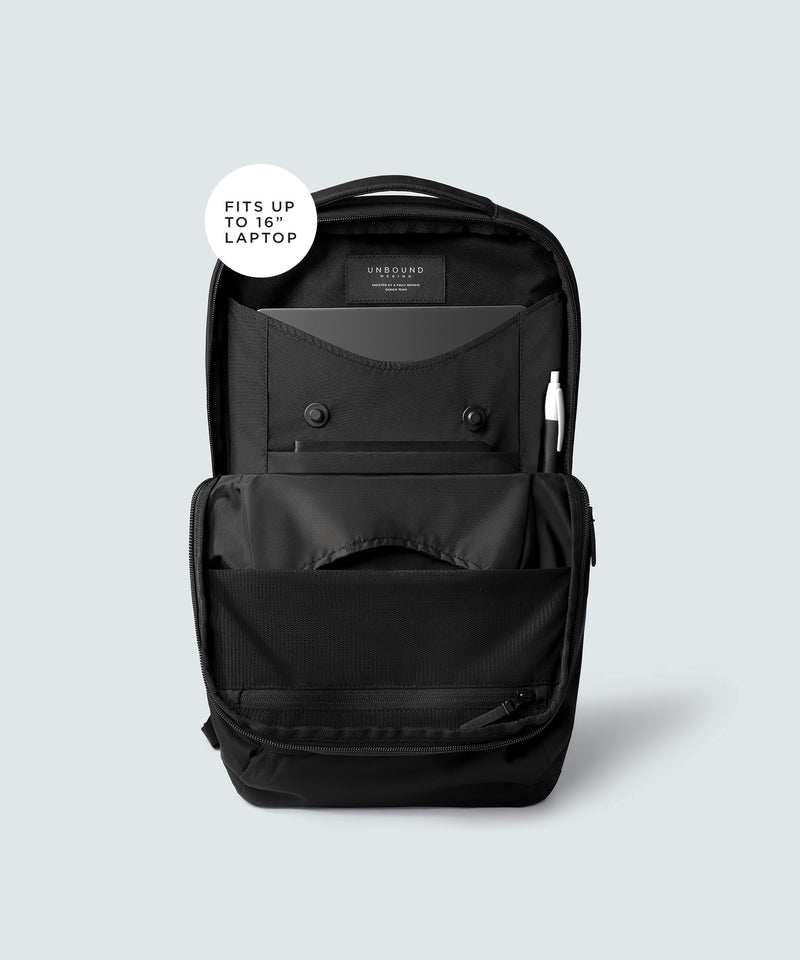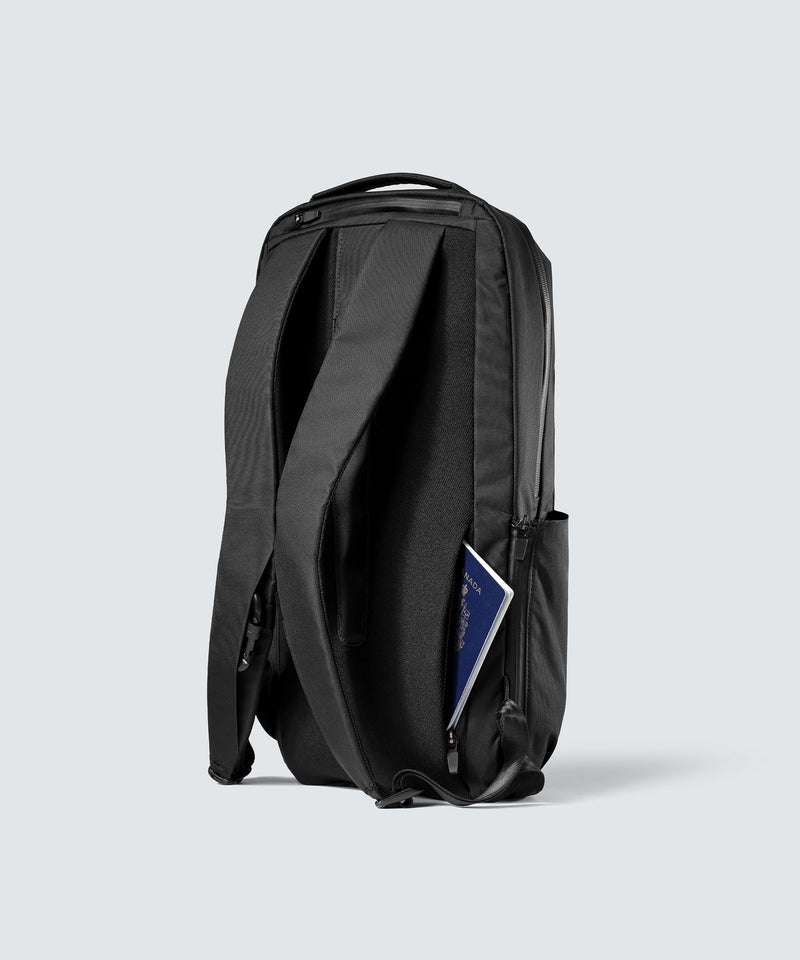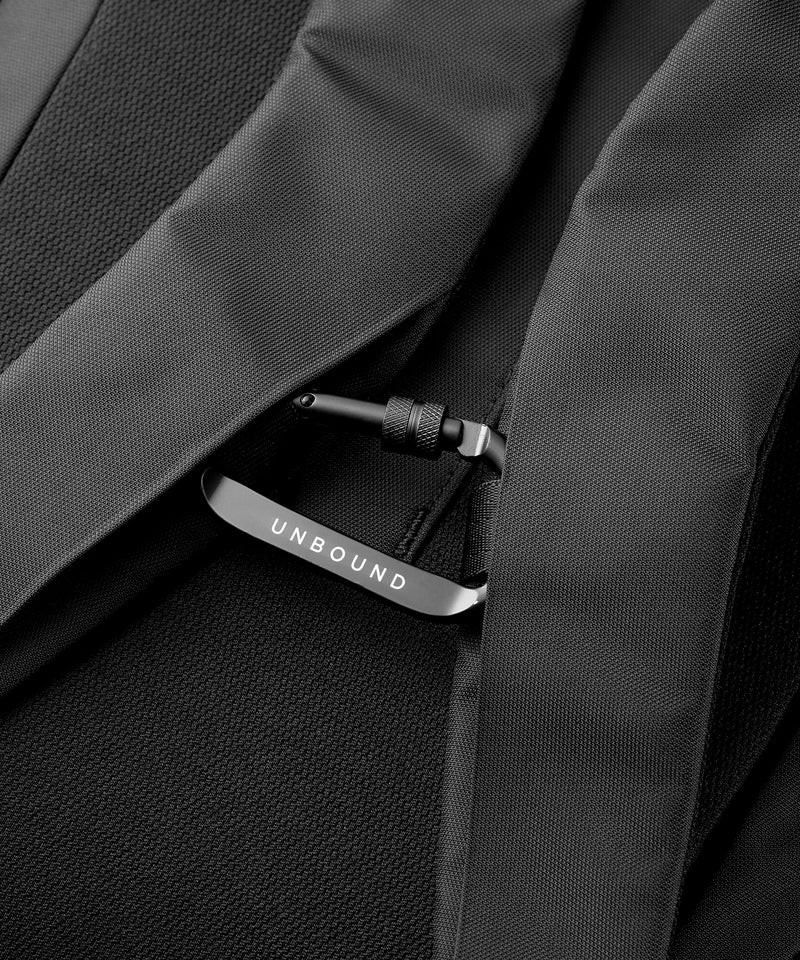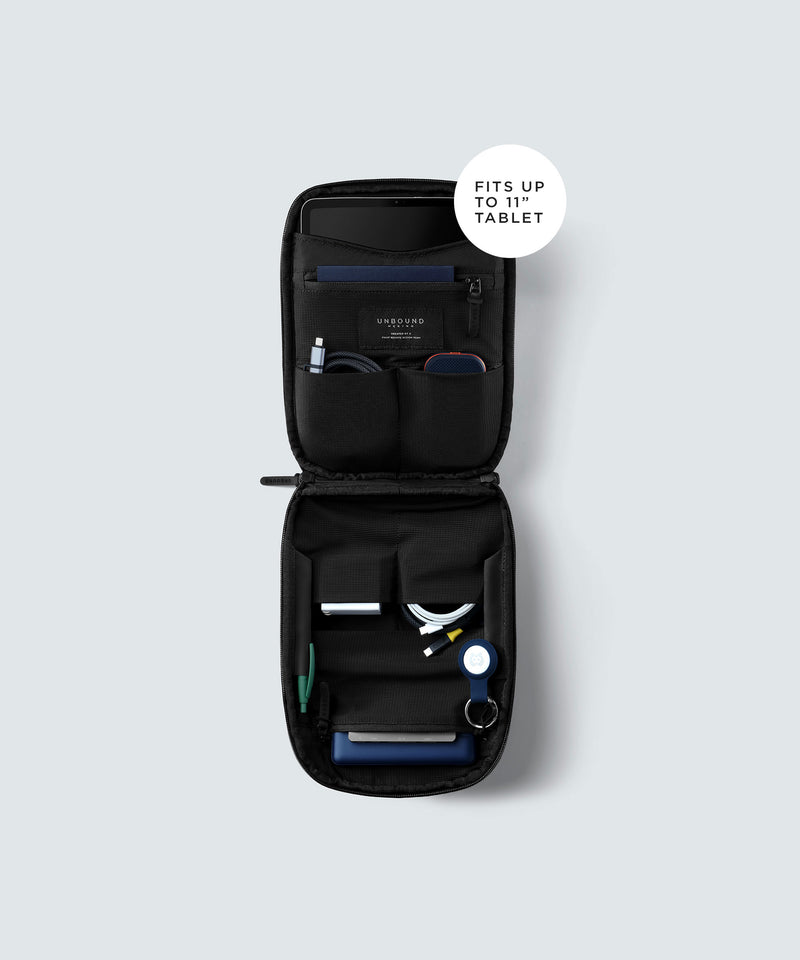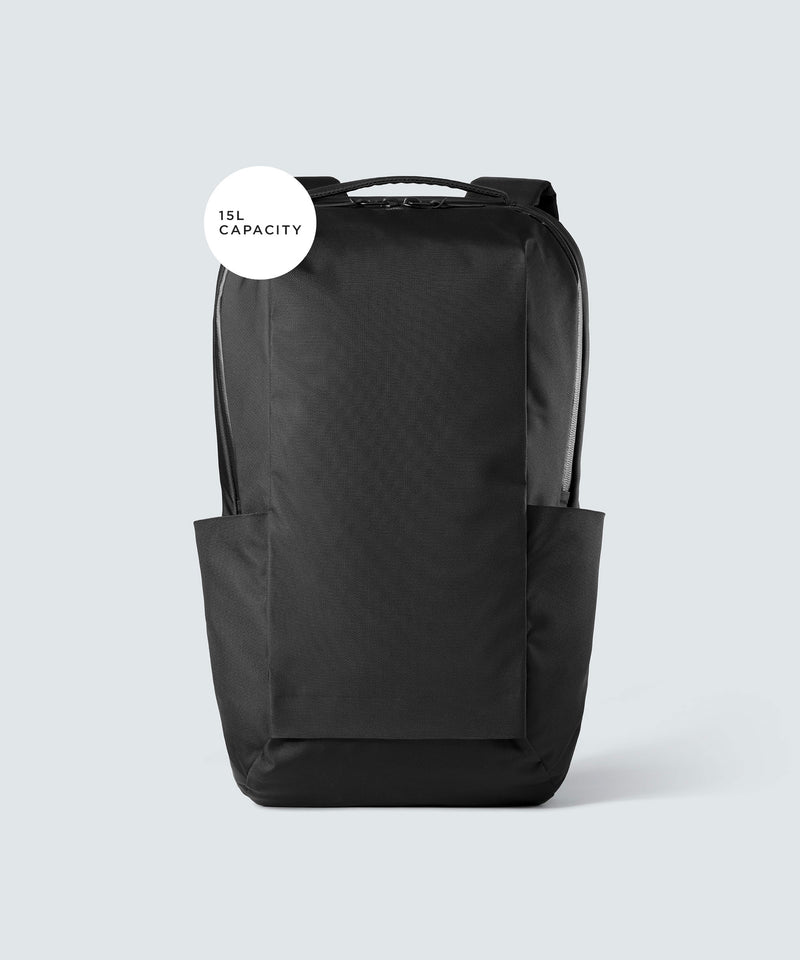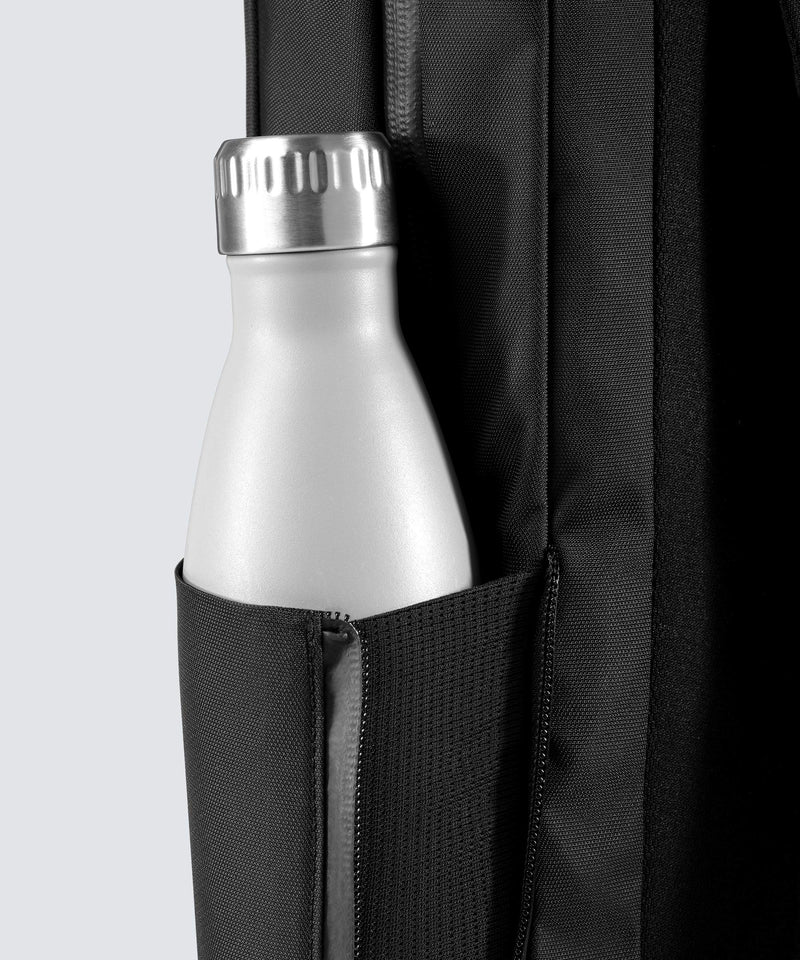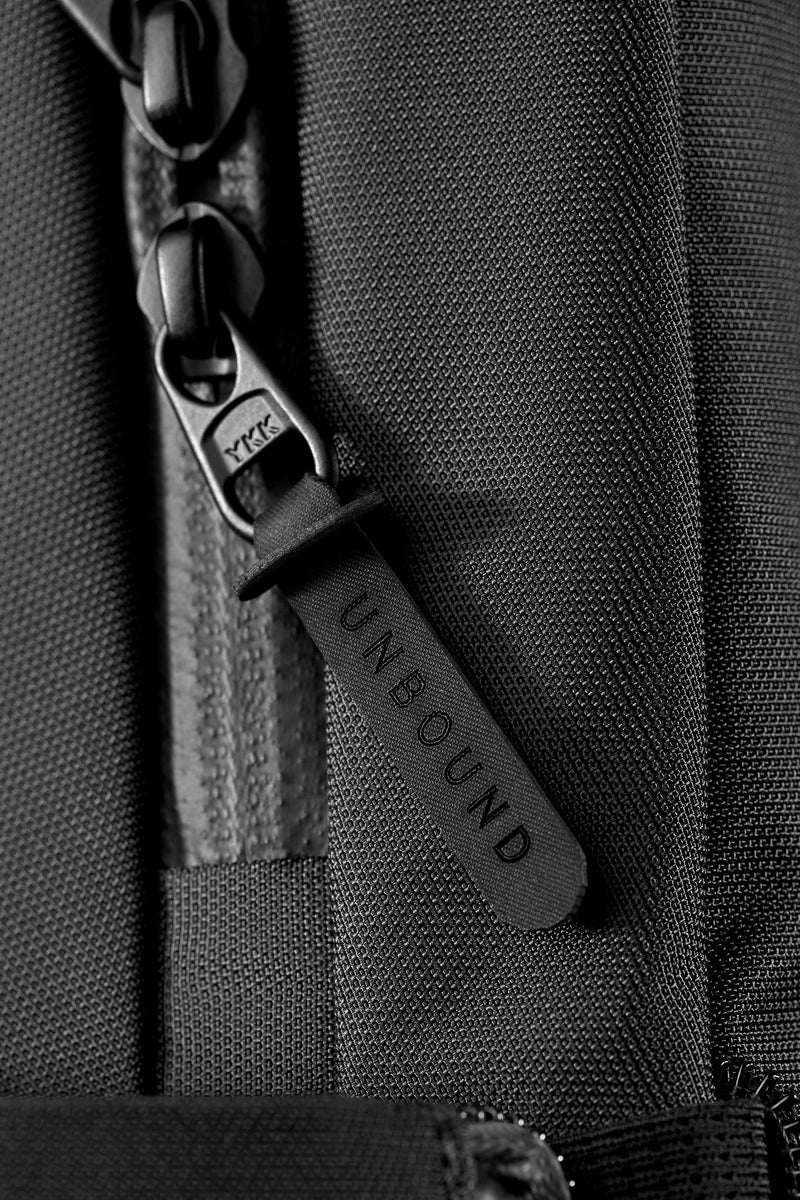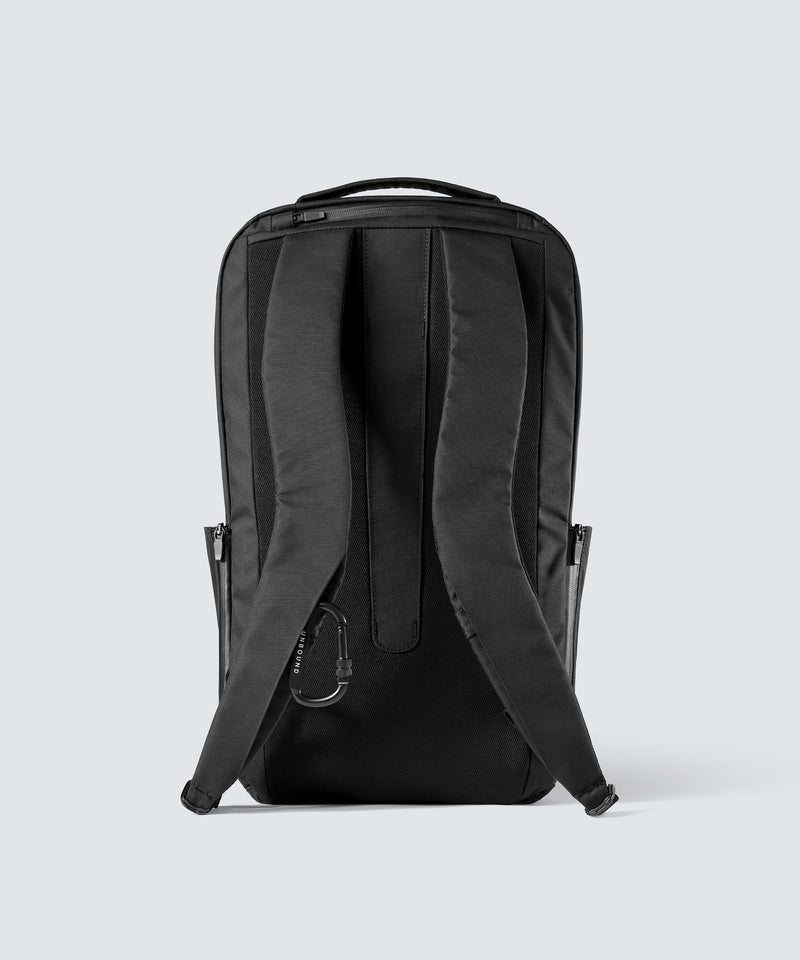People & Places
Japan – What to Know, Where to Go & What to Pack
Updated: May 08, 2022
As is bound to happen to an island with a history of isolationism and deep cultural practices, Japan is totally unique. Despite a 20th Century boom in industry and a subsequent focus on international trade, Japan remains its own thing. What that thing is, exactly, is difficult to describe.
It’s fast-paced, with sprawling megalopolises embracing futuristic technology, fine food, thumping nightlife and more commercial enterprises than one person can hope to avail themselves of in a single lifetime. But Japan also maintains a deep connection to nature, a reverence for the seasonal changes in environment that you can see in everything from their festivals and ceremonies to the architecture and cuisine.
There’s a solid reason Japan has become such a tourist hotspot lately (leaping an impressive 5% in 2019 from the year previous) and why your friends won’t shut up about it. It’s exciting, profound, hectic, delicious and very, very easy for travellers. The transit is almost comically efficient, accommodation is a breeze, creature comforts are never far, and, despite a language barrier, you’ll never feel lost.
Despite its ease, we figured that we would put together a Japan guide, a basic rundown of the culture, climate, must-see spots and ideal packing list. Start folding your merino wool clothing now, because you’re going to Japan.
What to Know
This section will offer a quick rundown of things you should know before you travel to Japan. Think of it like the ‘Introduction’ section of a guidebook. We’ll look at Japan from four different angles here: culture, climate, money and safety.

The Culture
Despite maintaining elements of the near-ten-millennia-old Han Chinese culture, Japan’s historical isolation has made it distinctly Japanese. Its strong ties to Shintoism and Buddhism lay a foundation for many of the cultural practices, art and architecture. There are innumerable shrines to visit and festivals to stumble upon – in other words, traditional cultural experiences are impossible to avoid (not that you’d want to).
But it has another side: the hyper-modern, pop-culture-crazy side. You’re already, we’re sure, well aware of manga, anime, and “Kawaii” (or, “Cute”) culture. These aren’t just western stereotypes; you can see them anywhere you go. But they aren’t the extent of Japanese pop-culture. If you’re into punk music, you’ll find a thriving underground punk scene. If you’re into high fashion, modern design, heavy metal, surfer culture… whatever you’re into, there’s a subculture for you.
The food is otherworldly. From traditional dishes like sushi and soba, to more modern dishes like ramen and Japanese curry, everything is engineered for maximum deliciousness. You can also find good food at every price point: splurge on a hyper-seasonal, multi-course kaiseki, or pay the equivalent of a couple dollars for a katsu sandwich at 7-11. Follow the smell of charcoal down back alleys for an authentic grilled chicken yakitori experience, or grab a bento box on the go from the train station. Whatever you do, you’ll probably be pleased.
The best advice we can give in terms of absorbing Japanese culture is to try and get a mix of everything. Go to a traditional bathhouse or hot spring ryokan and relax among the perfectly manicured gardens. But also spend some time in the poppy, youthful districts of Tokyo, like Shibuya or Harajuku. Visit the shrines and the arcades. Do a tea ceremony and a craft cocktail. Go to the museum and the Robot Restaurant (which is, yes, a bar where robots fight for your entertainment). Live the entire range of experiences!
The Climate
It’s helpful to think of Japan as having four areas of climate: the north, the west, the east and Okinawa (the small island group southwest of Kyushu). They are each a little different, and range from subarctic to subtropical.
The north, especially the northern island of Hokkaido, experiences warm summers and very cold winters, with lots of snow. That’s not to say a winter trip to Hokkaido is ill advised, though. The snowy landscapes can be breathtaking – just be sure to bring some insulating wool travel socks for trudges through the snow.
The east, of which Tokyo is a part, experiences very hot and humid summers with cold and snowy winters. The cities – Tokyo, especially – can get muggy in the summer, as the crowds and concrete mix with the natural humidity. You’ll be thankful for your merino wool underwear for sure.
The west (pretty much everything from Osaka westward) experiences the same summers as the east, only with relatively milder winters, as the west is further south (if that makes sense!).
Finally, Okinawa, the outlier, has a subtropical climate with hot summers and mild winters. In summer, the crystal blue waters and white sand beaches rival those of any Southeast Asian country.
Packing Yen
At the time of writing, one US dollar is worth roughly 107 yen. Popular among North American foreigners looking to do quick calculations in their head is just to round to an even 100, that way you can just move a decimal point two spots to the left and voila, you’ve got your (almost) exact dollar exchange. For instance, something that costs 8070 yen would be $80.70 (although it’s closer to $75 in reality).
Japan isn’t known for being cheap. Its transit, in particular, can be pricey, especially if you opt to take the shinkansen or bullet trains: a one-way, two-and-a-half-hour trip from Tokyo to Osaka is roughly $130 US. Accommodation can be relatively reasonable, provided you’re comfortable staying in a closet-sized Airbnb, or at a guesthouse in the countryside.
Food, as mentioned, can be purchased ay any price point. A popular chain meal of gyudon (simmered beef on rice) or curry rice can be under $5, whereas a bowl of ramen, even the Michelin starred ones, is often under $10. That said, on the other end, you can pay over $400 per person easily for a sushi meal or kaiseki.
Check out the site Numbeo for price ranges of various items in different cities. It’s a user-submitted site and, we find, gives you the best overall impression of what to expect money-wise when traveling abroad.
Staying Safe
There isn’t much to say here. Japan is one of the safest countries in the world. After a hard Friday night at the bar in Tokyo, you can find “salary men” sleeping on the sidewalk, no care given to whether their pockets will be picked. That’s how safe it is.
That said, you might as well practice some caution (i.e. don’t sleep on the sidewalk like a salary man). There are some seedier neighbourhoods in Japan’s big cities, and, like anywhere in the world, you never want to escalate an argument. Also, steer far clear of drugs, as possession carries strict and weighty punishment.
Where to Go
Japan is a seemingly bottomless well of charming towns, bumping big cities and beautiful nature. It would take over a lifetime to see everything worth seeing in Japan. The cities definitely have to be experienced (especially the big one!) but you should also try to get off the beaten path.
Here’s a list of some of the most popular destinations in Japan, as well as a few personal favourites peppered in.
-
Kyoto: If Tokyo is the financial capital of Japan, Kyoto is often cited as the cultural capital. Birthplace of geishas and home to over 1500 shrines and temples, it’s where you go to get a heavy dose of Japanese culture. Be judicious with the temples you see, since there is no time to see them all – this Culture Trip article of the top six temples is a good starting point.
-
Naoshima: Dubbed the “art island” by many, Naoshima is an island in a Kagawa that is filled with contemporary art museums and sculptures. It used to be home to a failing fishing village until artists moved in and revived the place. A lot of the old Japanese architecture was left intact, but now it sits alongside playful and provoking artwork. It’s well worth a day trip.
-
Kumano Kodo: In our Bucket List Trips article about the world’s greatest hikes, we mentioned the Kumano Kodo, “an ancient pilgrimage route” filled with “ shrines, torii gates and statuesque pagodas”. For those looking to soak in some nature with a heavy helping of cultural significance, this is the way to do it.
-
Sapporo: Not just an international beer, Sapporo, the largest city on the northern island of Hokkaido, is home to great seafood, sprawling public parks and the renowned Snow Festival. As mentioned, pack your merino wool socks for men when traveling here in the winter, as the cold can be biting.
What to Pack

Clothing
Summer in the cities requires you to pack breathable clothing, like our merino wool shirts, underwear and socks. It also requires you to pack light: Japan’s big cities are notorious for their small rooms and tightly packed transit, so try your best is to fit your clothing into one small bag (locals on the train will thank you).
Thankfully, with Unbound Merino clothing, you really only need a couple shirts and a couple pairs of underwear and socks, since merino naturally wicks moisture and keeps smelly microbes at bay. If you’re interested in how it all works, you can learn more about merino wool on our site.
Winter is another story. Refer to the climate section above to see what you’re in for, but know, in general, that you need to pack for warmth in the winter. Unbound Merino clothes serve as a fantastic base layer, but you’ll definitely need sweaters and a coat to supplement it.
Footwear
You don’t see many people walking around in flip-flops in the summer (unless you’re at a bathhouse) so a nice pair of runners or even boots is preferable. Boots also fare well in the winter, especially if you’ll be doing any hiking. And if you are ponying up the money for one of those ultra-expensive dinners, it’s not a terrible idea to bring a pair of dress shoes.
Toiletries
You can find most anything in Japan (although reading the labels is near impossible without the help of a local). Pack the usual suspects when traveling: deodorant, toothbrush, shampoo, razor, hair product, makeup, etc. and if you have to pick up additional toiletries or medicine, enlist the help of a local to help you get the correct stuff.
Electronics
While Japan uses the same flat-pronged plug as North America, the voltage is different. It’s probably okay to just use your regular chargers, but if you’re worried, pick up a cheap converter. Other than that, a handy device that’s offered by many hotels and Airbnb’s is the portable WiFi – if your hotel doesn’t offer one, it’s worthwhile either bringing your own, or renting one there.
Travel in Japan is as easy as it is exciting. The raucous city life and serene country life combine to create a diverse, unforgettable travel experience. Eat and see as much you can!
